





 |
 |
 |
 |
 |
 |
|---|---|---|---|---|---|
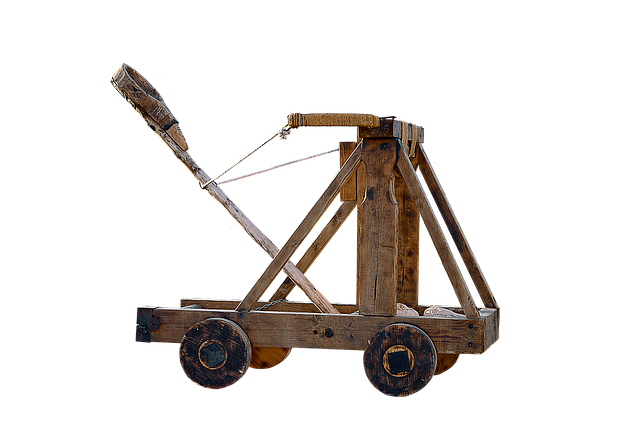 |
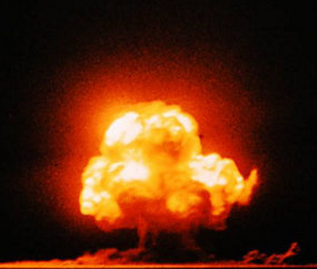 |
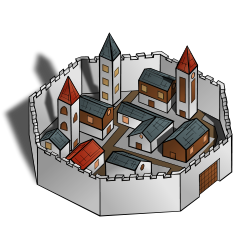 |
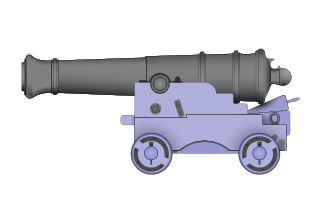 |
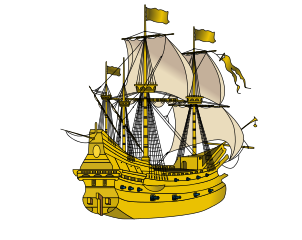 |
|---|---|---|---|---|
The invention of the steam engine 1712 launched many secondary inventions, such as the gasoline engine
in 1864. Once the steam engine was discovered, engineers got busy inventing new engines, and
the gasoline engine was inevitable.
We can distinguish between primary inventions and secondary inventions, and we
can identify history's most important primary inventions.
In the plot, the bottom of each column is a primary invention and the entries
above it are secondary inventions.
For each primary invention we can ask: Could it have happened earlier? For all of them,
the answer is yes. One can also ask if the secondary inventions could have happened earlier, and
the answer is usually yes. It doesn't appear that aliens are helping human technology.
Gold and silver were known since antiquity because they occur naturally in pure form.
Gold mining started in 6000 BCE and silver smelting started in 4000 BCE.
Iron can occasionally be found as iron meteorites.
Copper was discovered around 7500 BCE by smelting copper minerals in a wood fire.
Around 3200 BCE it was found that copper is strenghened by tin, and this is bronze.
Around 2000 BCE it was found that copper is also strengthed by zinc, and this is brass.
The earliest metals were smeltable with a wood fire and they consist of copper,
lead, silver, tin, zinc, and mercury. They come from the following minerals:
The next metal to be discovered was iron (c. 1200 BC), which requires a bellows-fed coal
fire to smelt.
No new metals were discovered until cobalt in 1735.
Once cobalt was discovered, it was realized that
new minerals may have new metals, and the race was on to find new minerals. This gave
nickel, chromium, manganese, molybdenum, and tungsten.
Chromium is lighter and stronger than steel and was discovered in 1797. It
satisfies the properties of mithril from "Lord of the Rings" and Valyrian steel
from "Game of Thrones".
There's no reason chromium couldn't have
been discovered earlier.
Coal smelting can't produce the metals lighter than chromium. These need
electrolysis. The battery was invented in 1799, enabling electrolysis, and
the lighter metals were discovered shortly after. These include aluminum, magnesium, titanium,
and beryllium. Once you have
Carbon fiber eclipses metals. The present age could be called the carbon age. The carbon age became
mature in 1987 when Jimmy Connors switched from a wood to a carbon racket.
The plot shows the strength of materials.
Wood rivals alloys for strength.
Gold was the densest element known until the discovery of platinun in 1735. It
was useful as an uncounterfeitable currency until the discovery of tungsten in
1783, which has the same density as gold. Today, we could use iridium,
platinum, or rhenium as an uncounterfeitable currency.
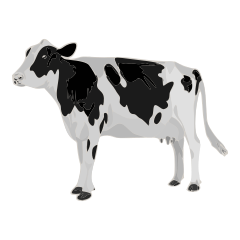
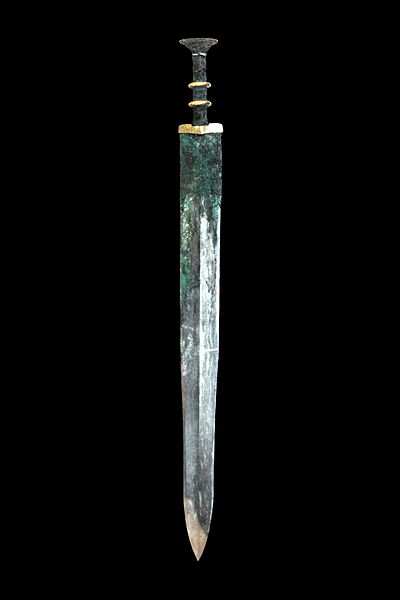
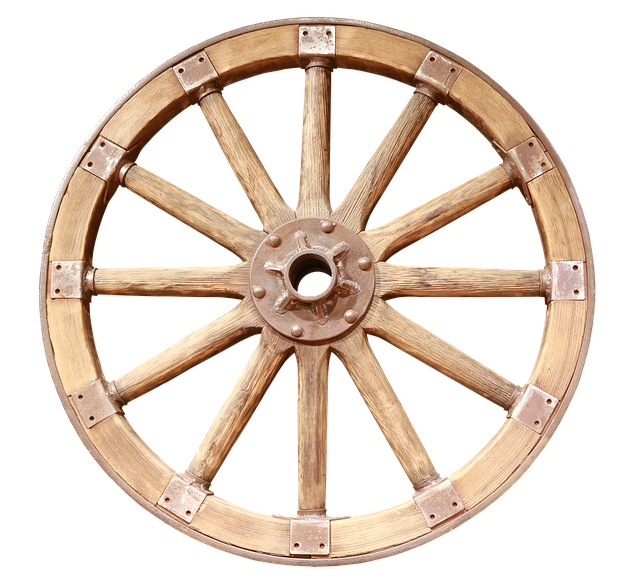
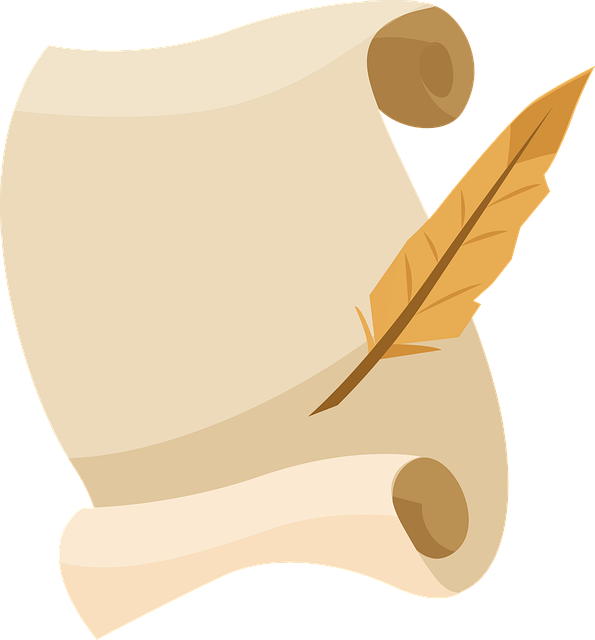

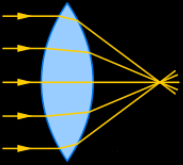

![]()
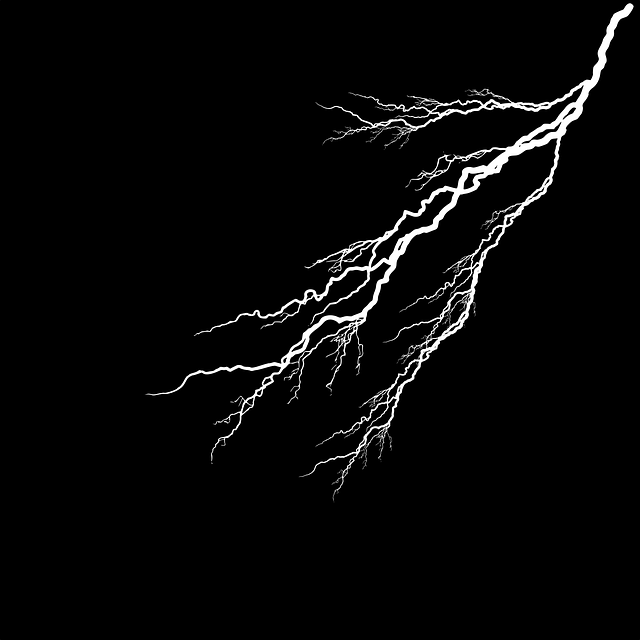
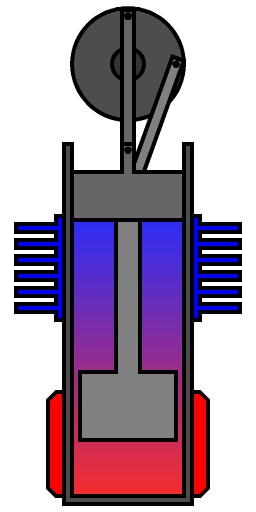
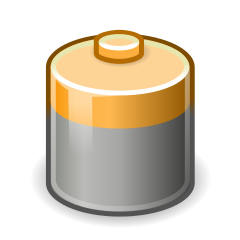
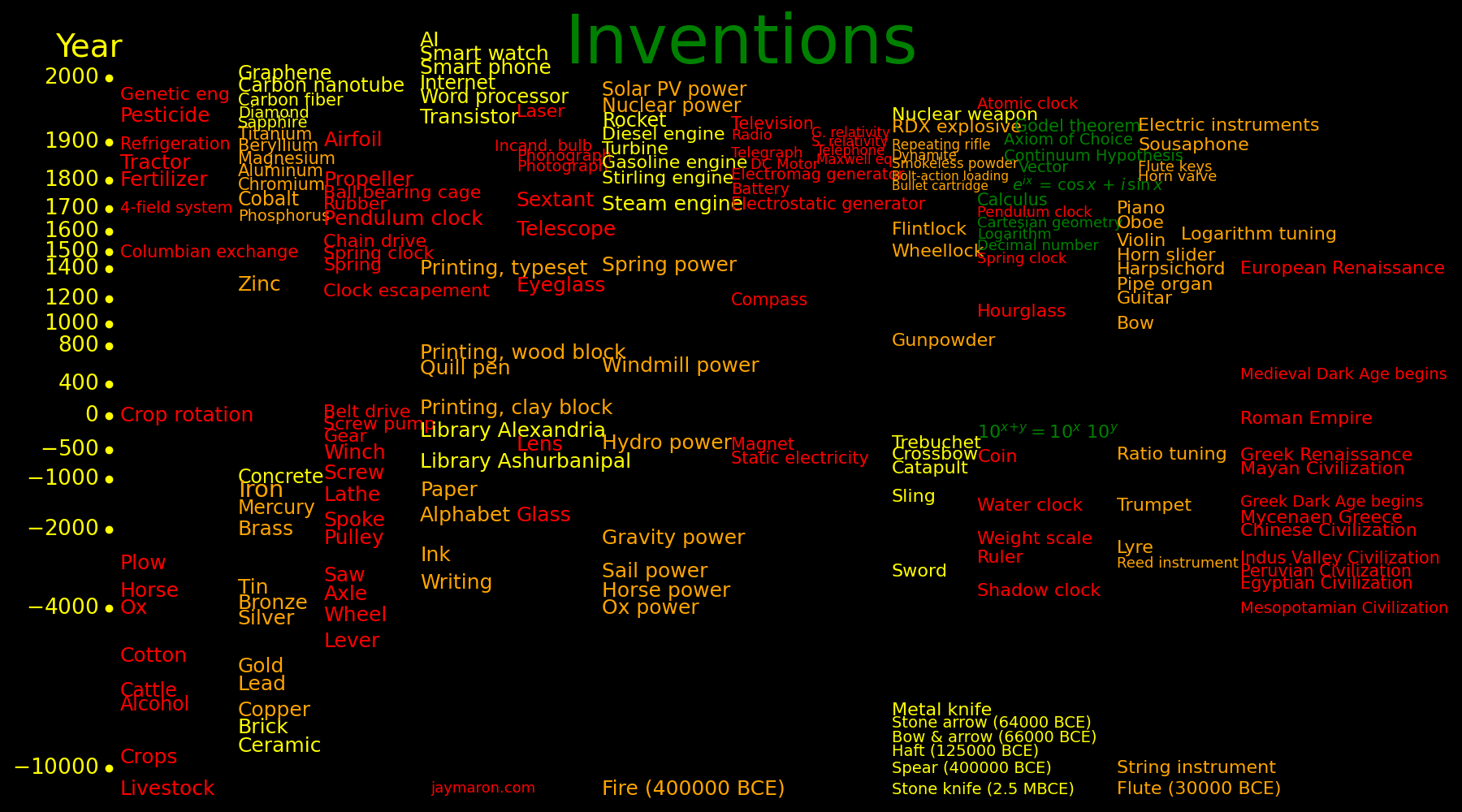
![]()
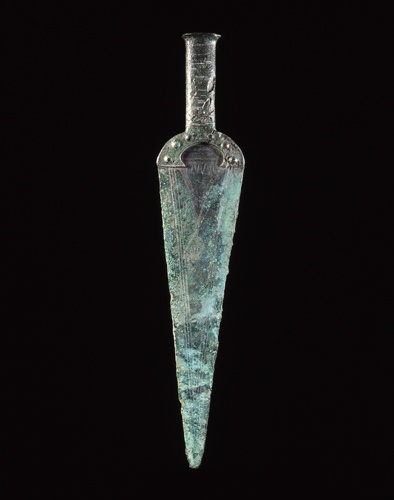

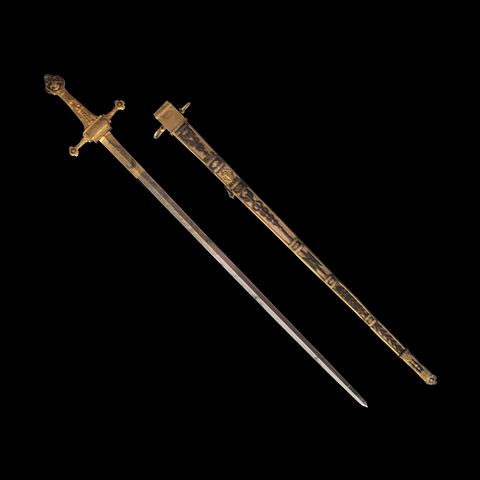

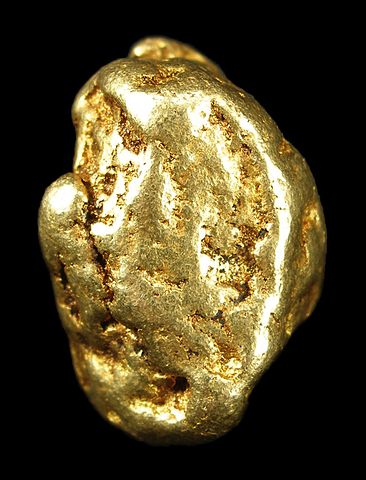
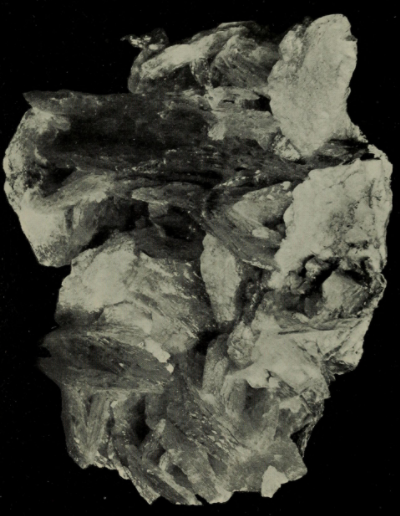
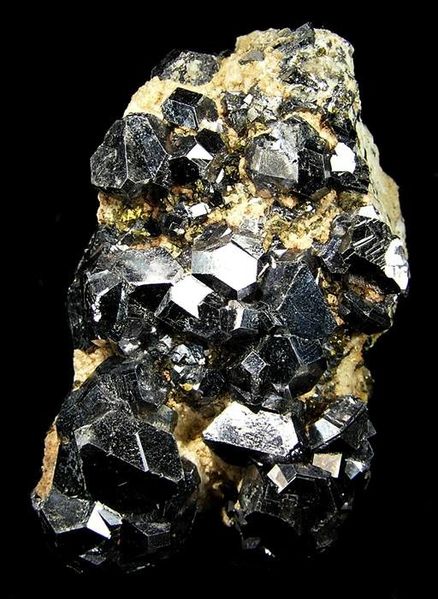
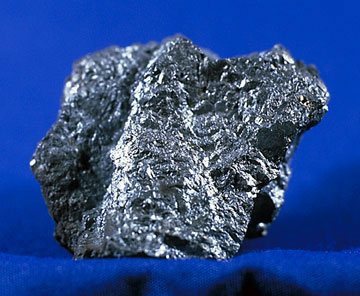
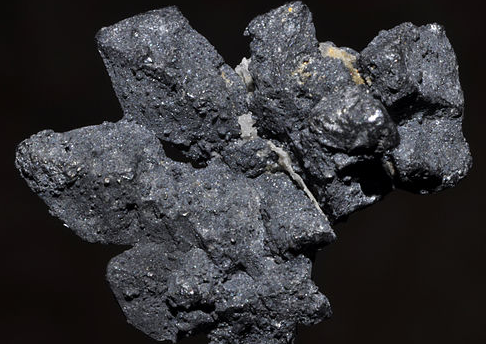
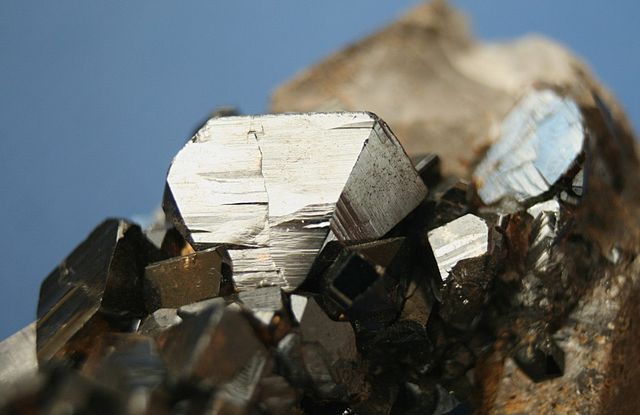
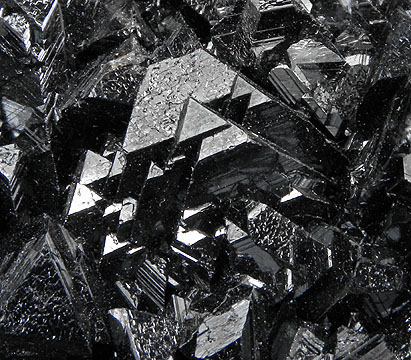
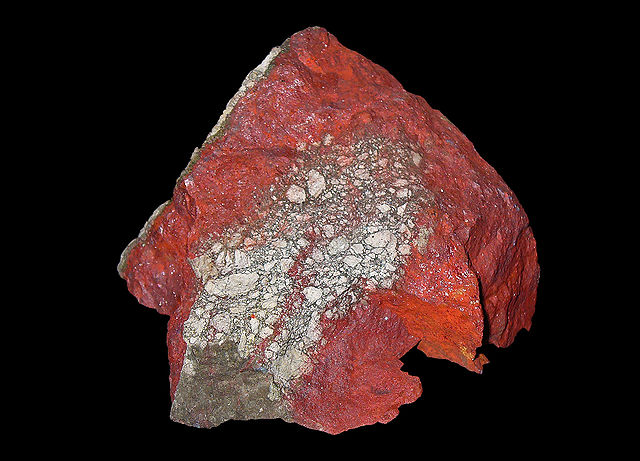
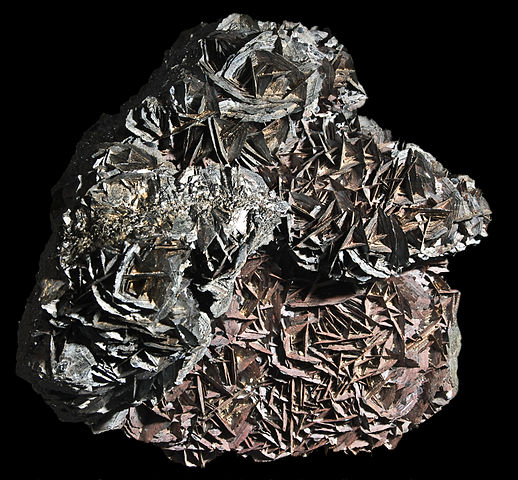
.jpg)
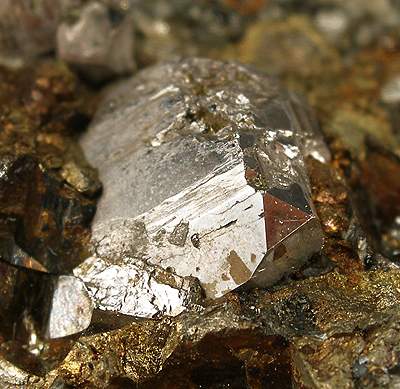
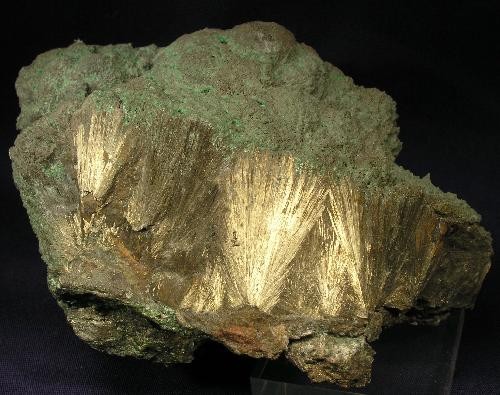
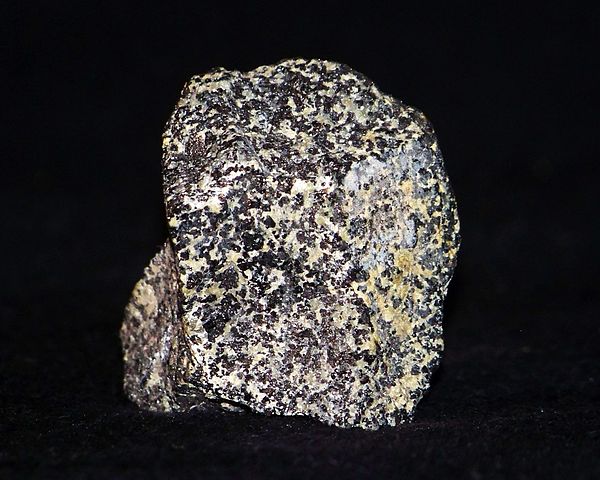
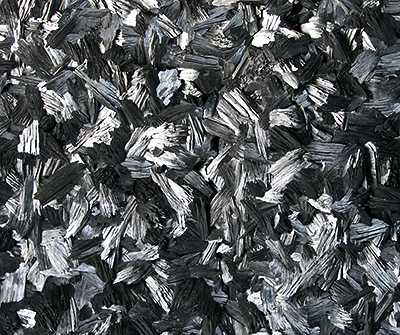
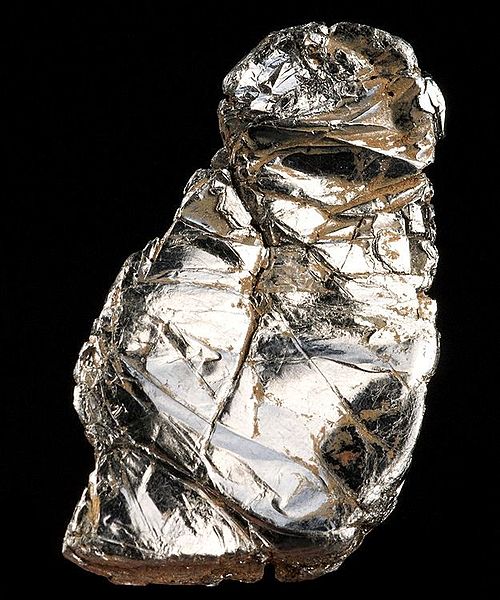
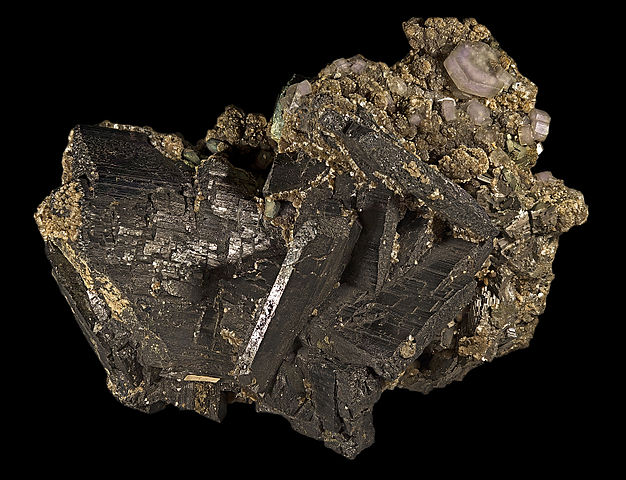
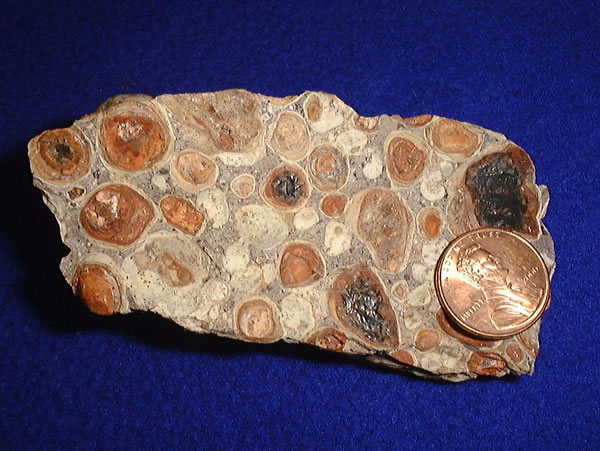
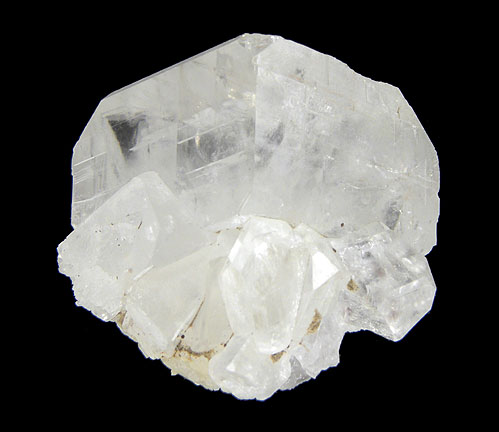
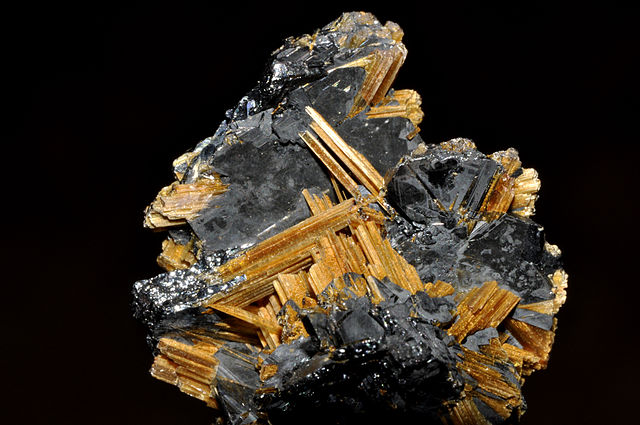
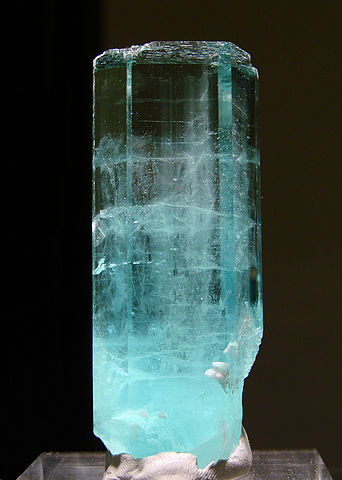
Alloys can be much stronger than pure metals.
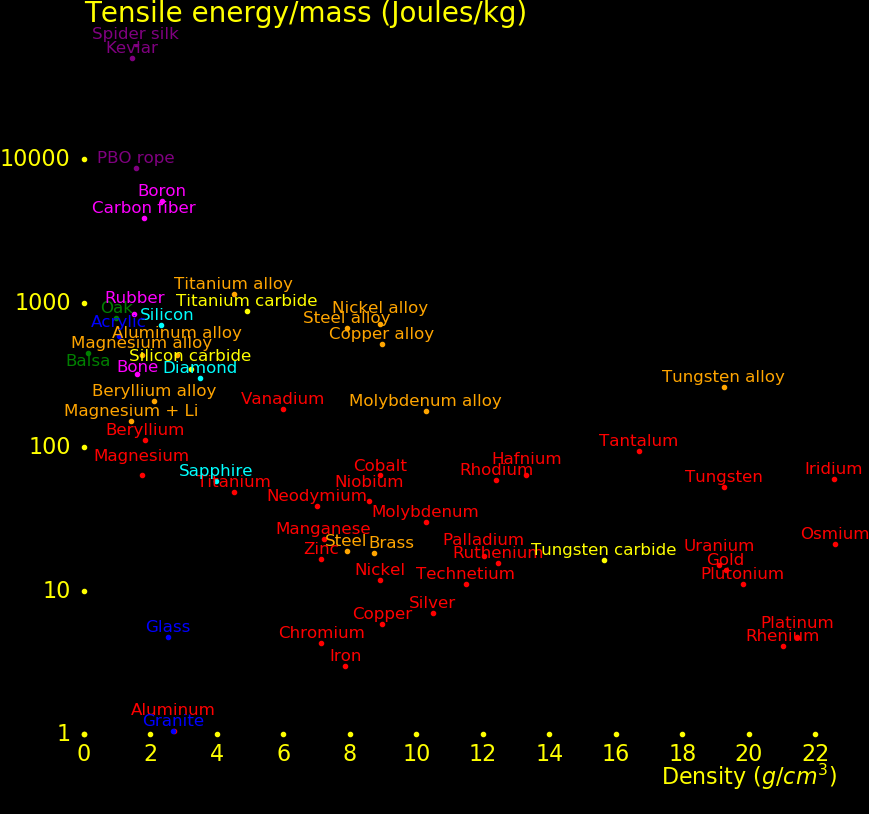
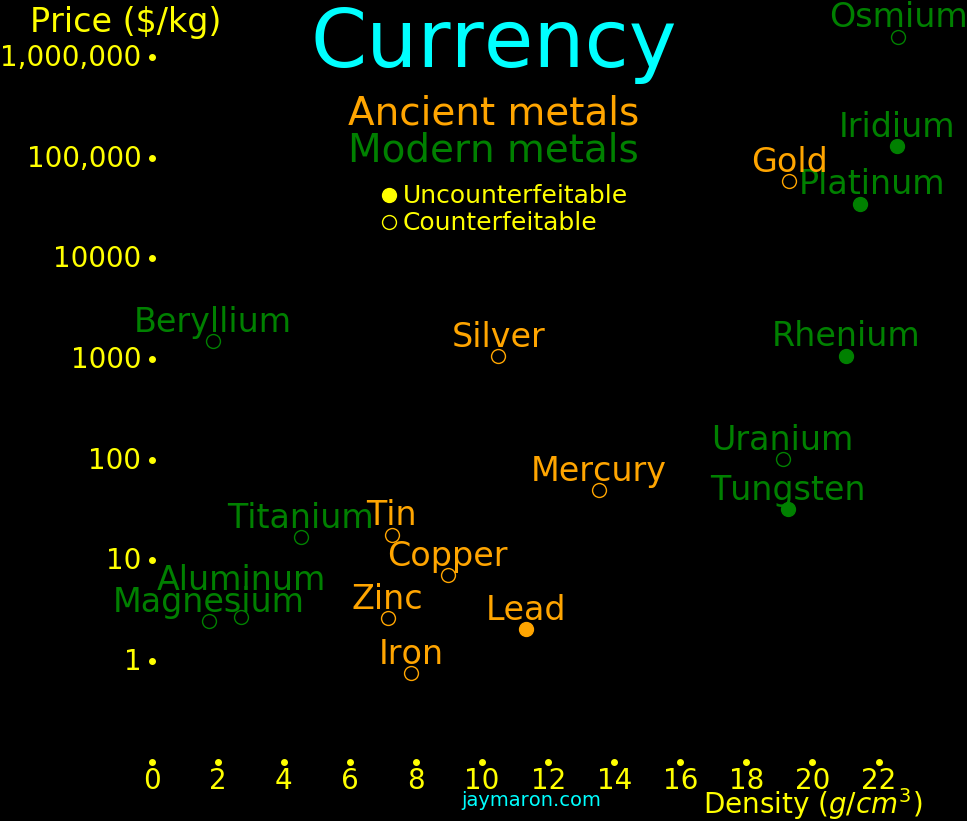
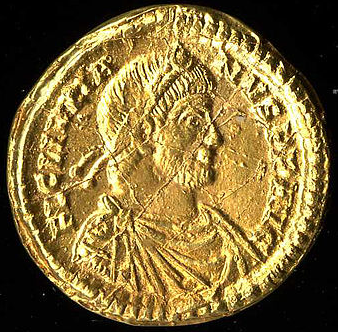 |
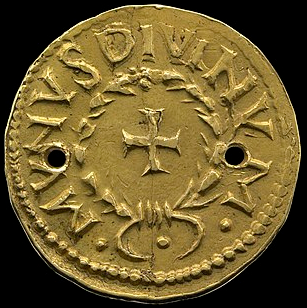 |
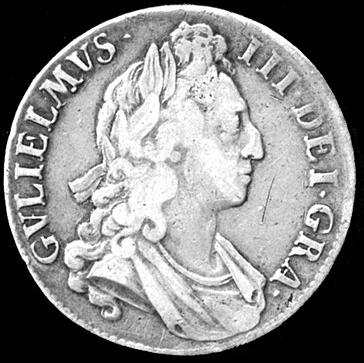 |
|
|---|---|---|---|
In ancient times, gold had value as a currency because it's uncounterfeitable. Gold had a density far larger than any other known metal.
Silver was counterfeitable because lead has a higher density and it's cheaper.
Tungsten has the same density as gold, and tungsten was discovered in 1783. From this point on, gold was counterfeitable.
Today, you could use iridium as an uncounterfeitable currency. All elements more dense than iridium are more expensive than iridium. Rhenium and tungsten also have this virtue.
 |
|---|
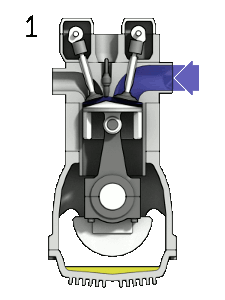 |
 |
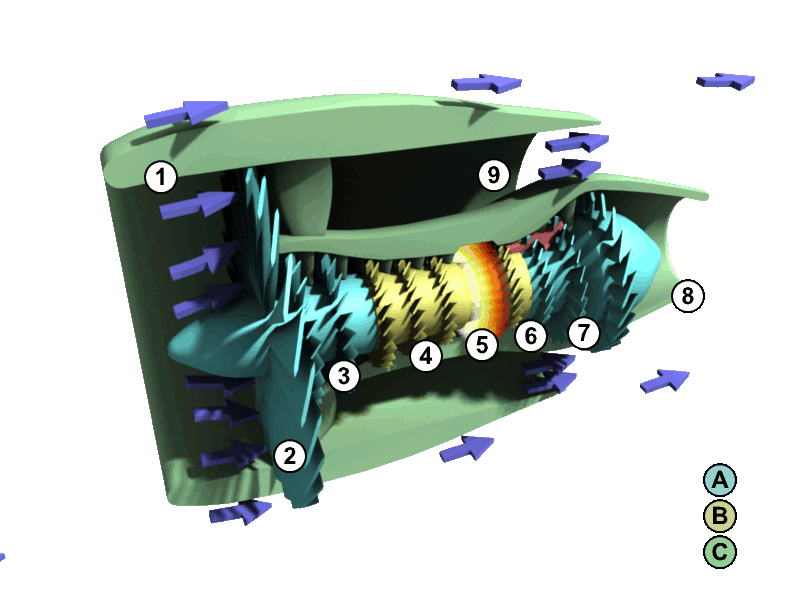 |
|---|---|---|
A steam engine is a "heat engine", a device for turning heat into mechanical energy. A heat engine enables one to tap the vast energy in trees for mechanical energy. The steam engine was the first heat engine, and trains followed shortly after.
The invention of the steam engine inspired people to invent new kinds of engines, and there followed the invention of the Sterling engine, the gasoline engine, and the turbine.
The most important quality of an engine is power/mass, and the value increases with time. Flight became possible when engines reached a power/mass of 100 Watts/kg.
 |
|---|
Year Type Power/Mass
Watt/kg
1712 Steam .5 Newcomen
1776 Steam 2 Watt
1829 Steam 5 Stephenson
1864 Gasoline, Otto 10 Otto
1892 Gasoline, Diesel 5 Diesel
1903 Gasoline 116 Wright aircraft engine
1929 Gasoline, Wankel 320 Wankel
1914 Gasoline 426 WW1 Mercedes D.II aircraft engine
1939 Gasoline 1429 WW2 Japanese Zero engine
2020 Gasoline 8000 Modern Ferrari engine
1816 Stirling 6 Stirling
1821 Electric motor Faraday
1884 Turbine, "reaction" 50 Parsons. Driven by pressure
1887 Turbine, "impulse" de Laval. Driven by gas kinetic energy
1888 de Laval nozzle de Laval. Converts hot subsonic gas into supersonic gas.
1948 Ramjet Martin
1942 Rocket, solid Parsons
1962 Turbofan
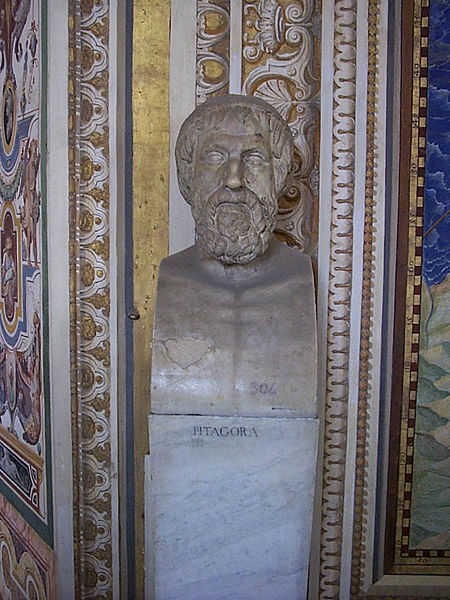 |
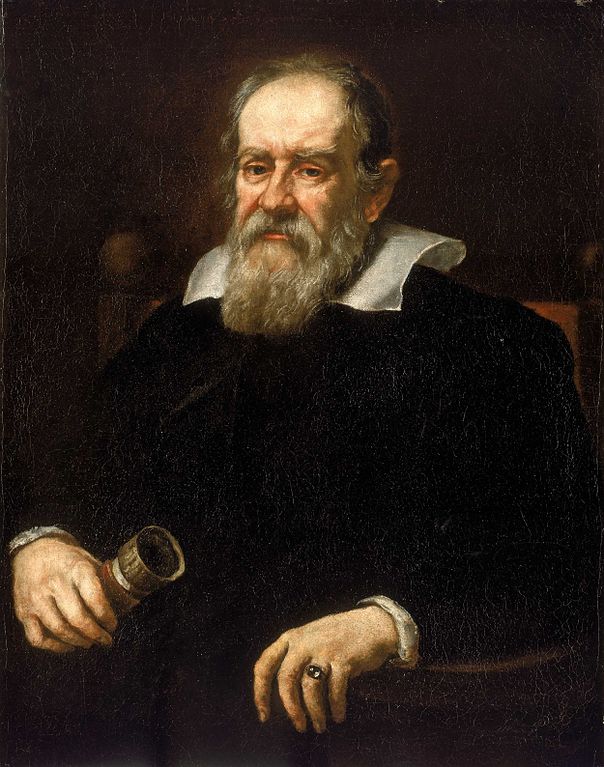 |
 |
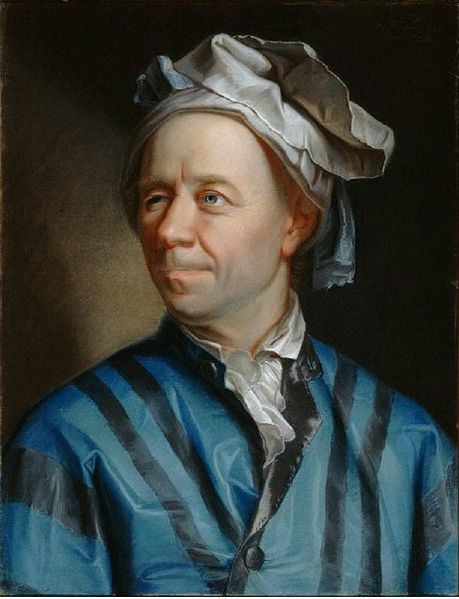 |
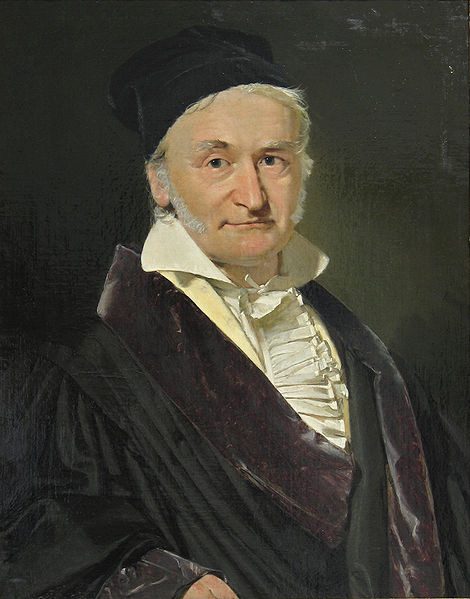 |
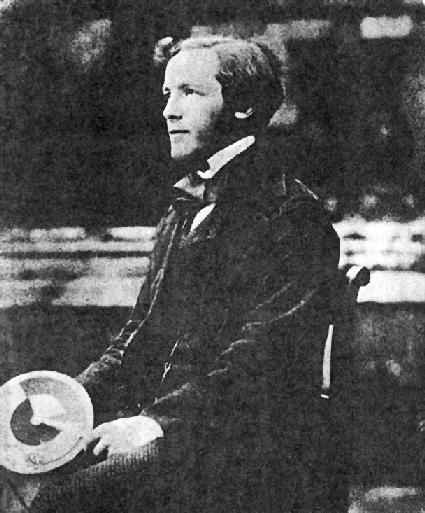 |
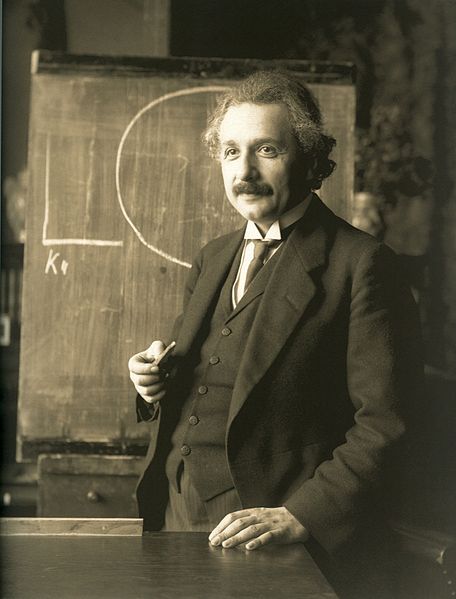 |
|---|---|---|---|---|---|---|
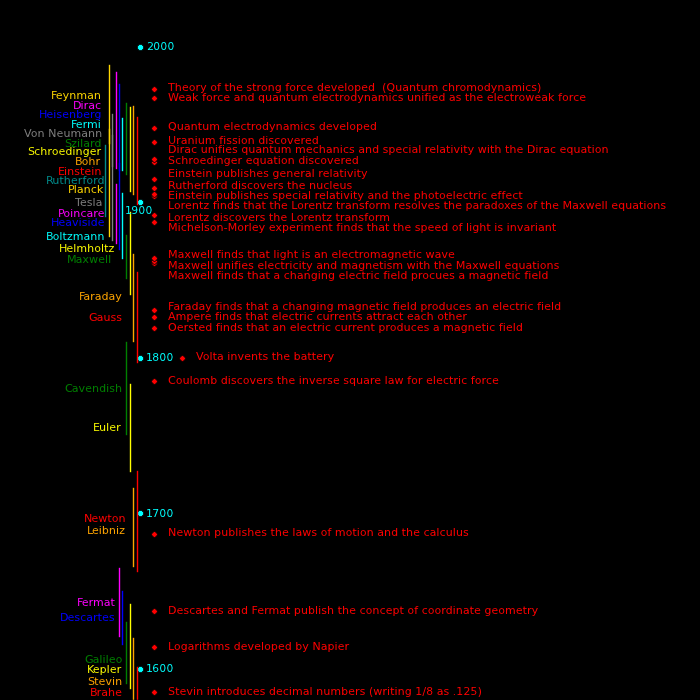 |
|---|
Modern mathematics and physics was launched when Simon Stevin popularized decimal numbers in Europe. Cartesian geometry and the calculus followed shortly after. Mathematics has been on a roll ever since.
Decimal numbers enable precise calculation, which is essential for science. Shortly after decimal numbers were popularized, the logarithm and the slide rule were invented. The slide rule enables fast multiplication and division.
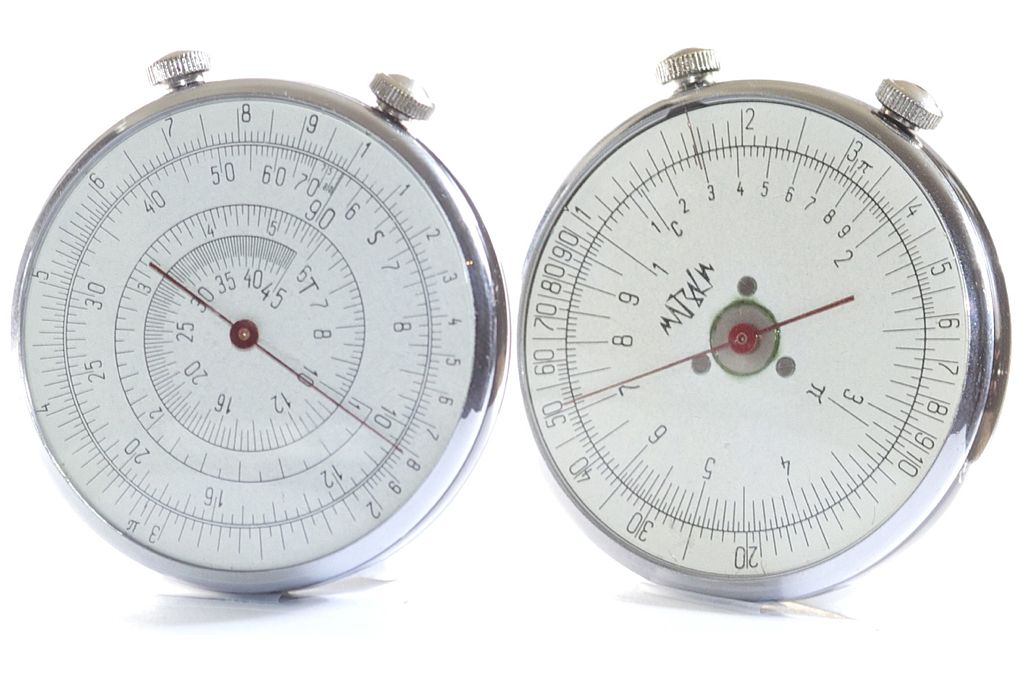 |
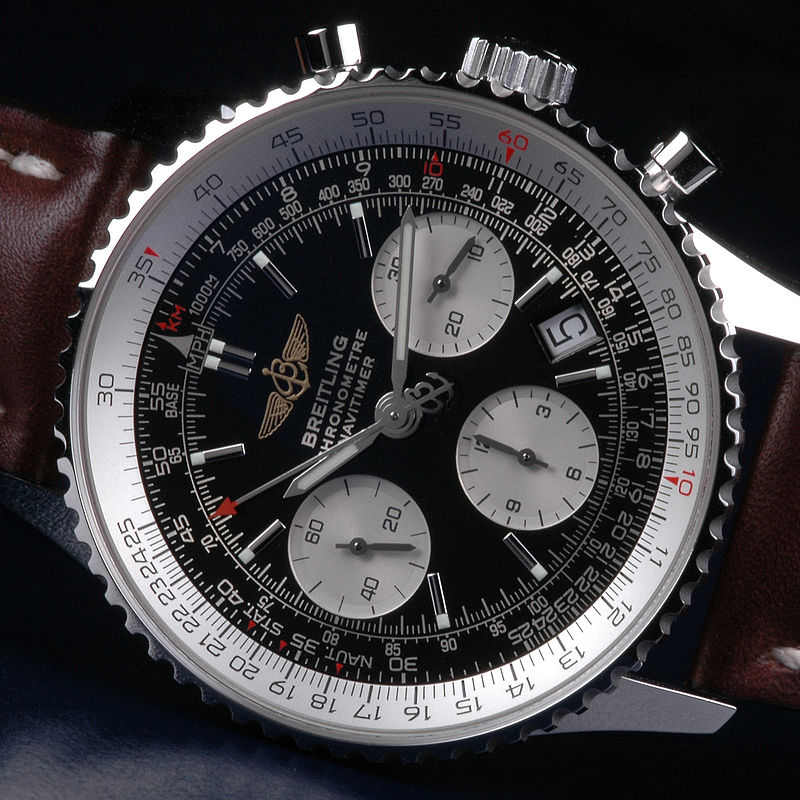 |
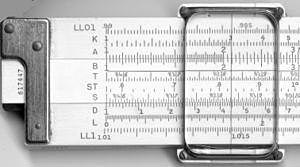 |
|
|---|---|---|---|
1585 Stevin popularizes decimal numbers in Europe
1614 Napier develops logarithm tables
1622 Oughtred develops the slide rule
1604 Galileo publishes the mathematical description of acceleration.
1637 Cartesian geometry published by Fermat and Descartes.
1684 Leibniz publishes the calculus
1687 Newton publishes the Principia Mathematica, which contained the calculus,
the laws of motion (F=MA), and a proof that planets orbit as ellipses.
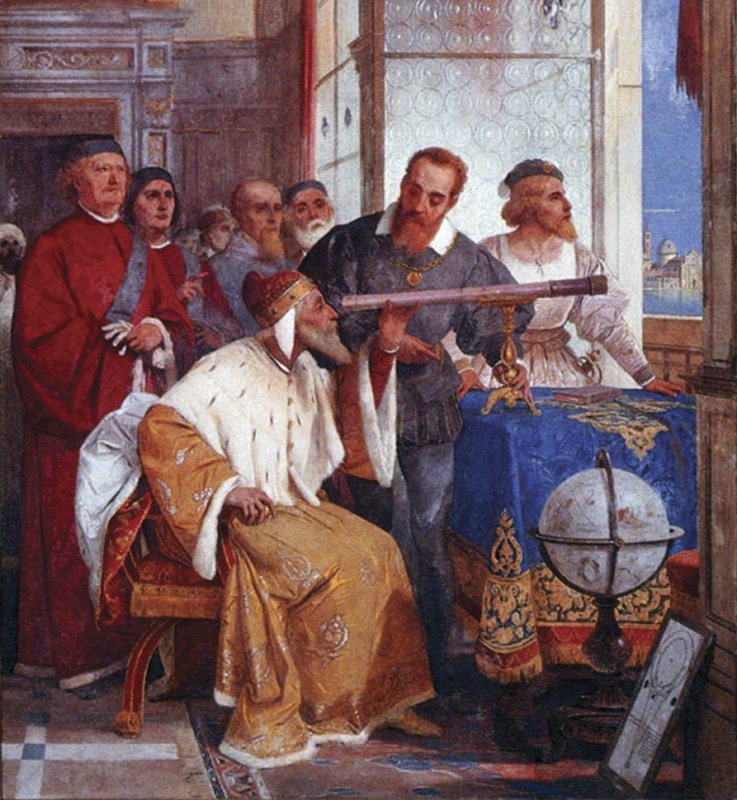 |
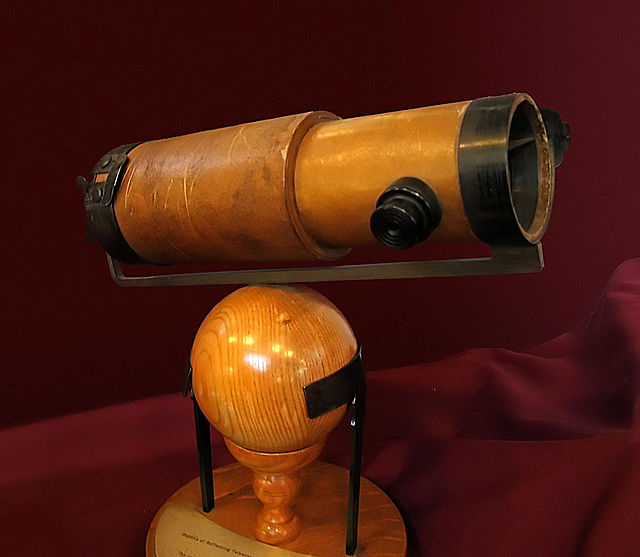 |
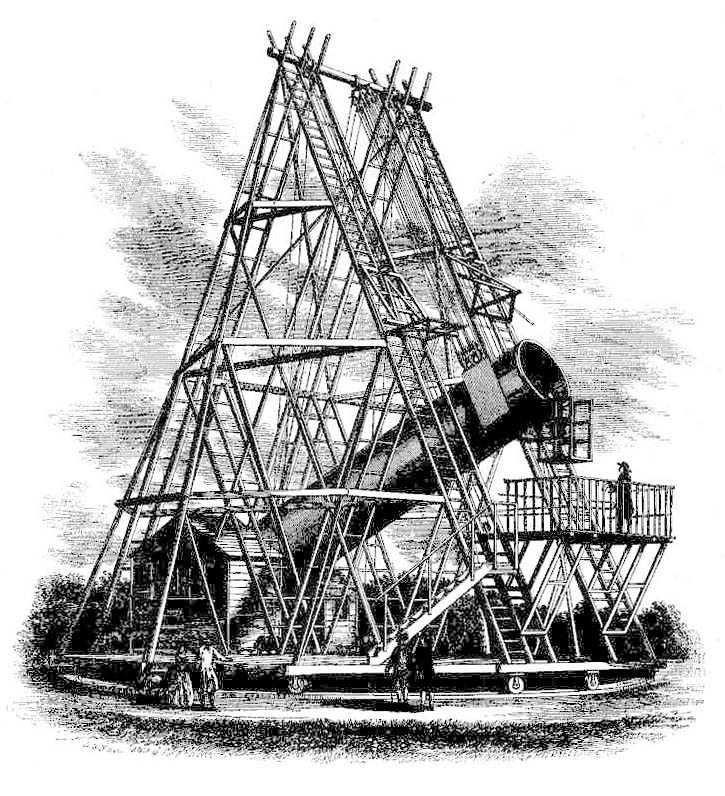 |
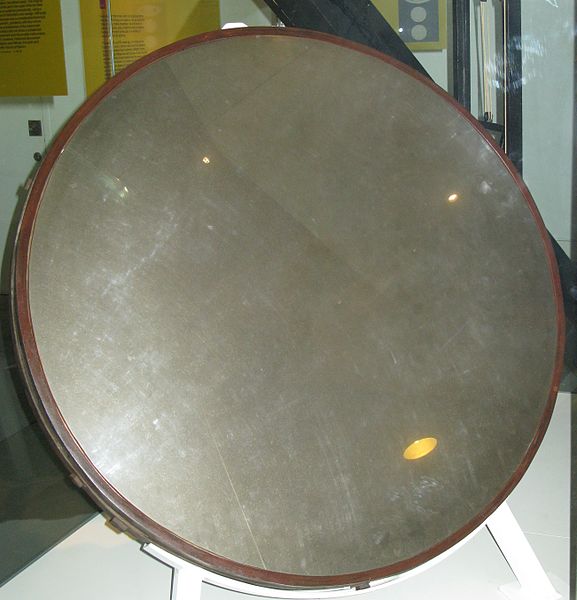 |
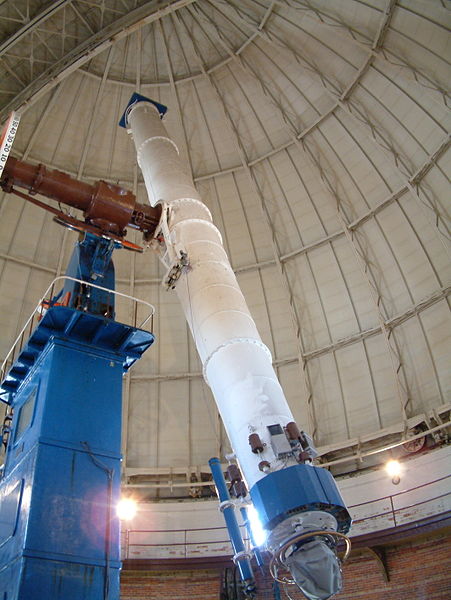 |
|---|---|---|---|---|
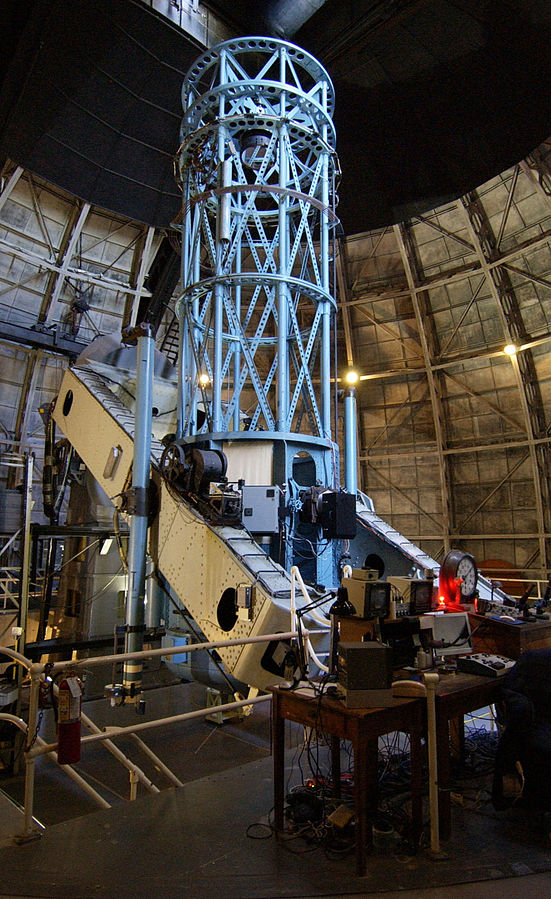 |
.jpg) |
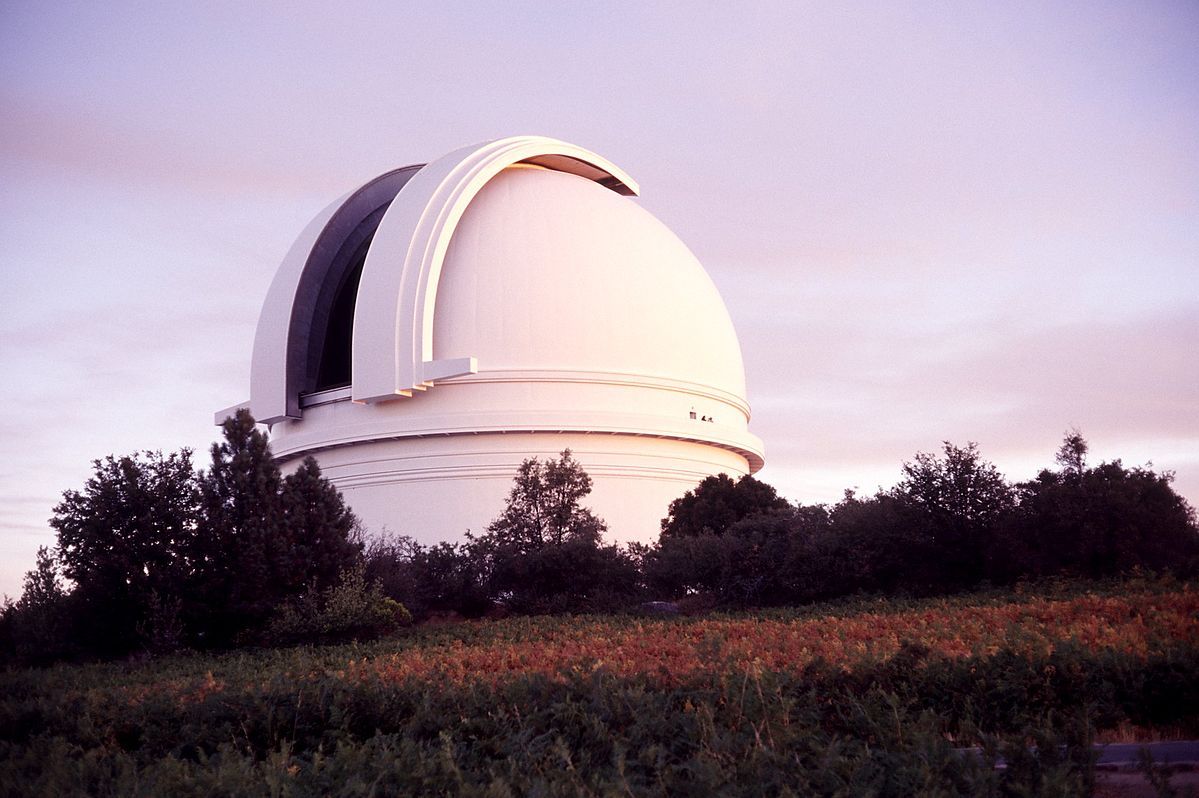 |
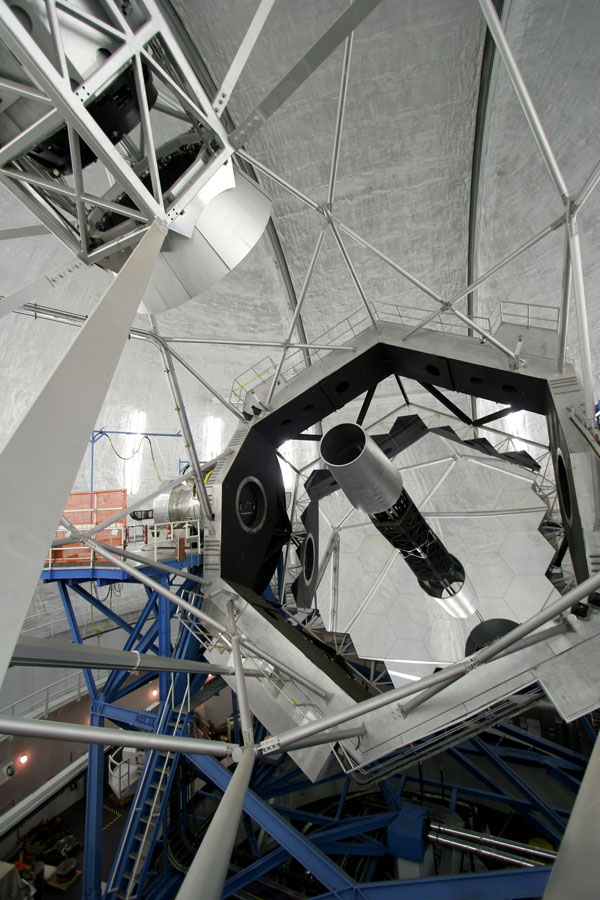 |
|
|---|---|---|---|---|
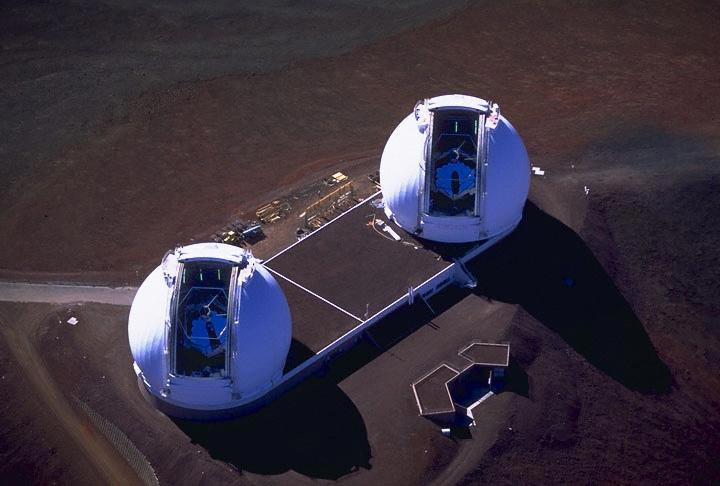 |
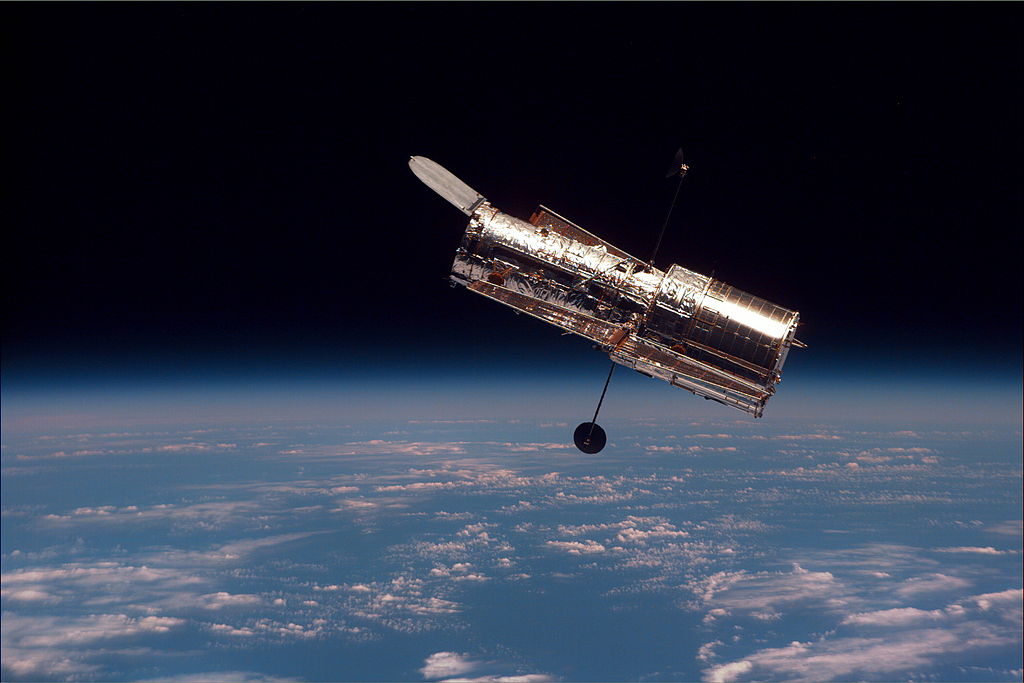 |
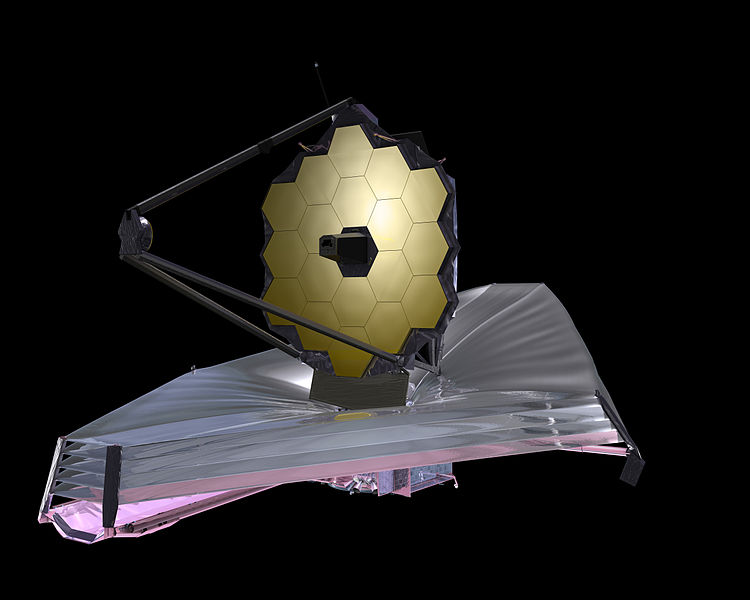 |
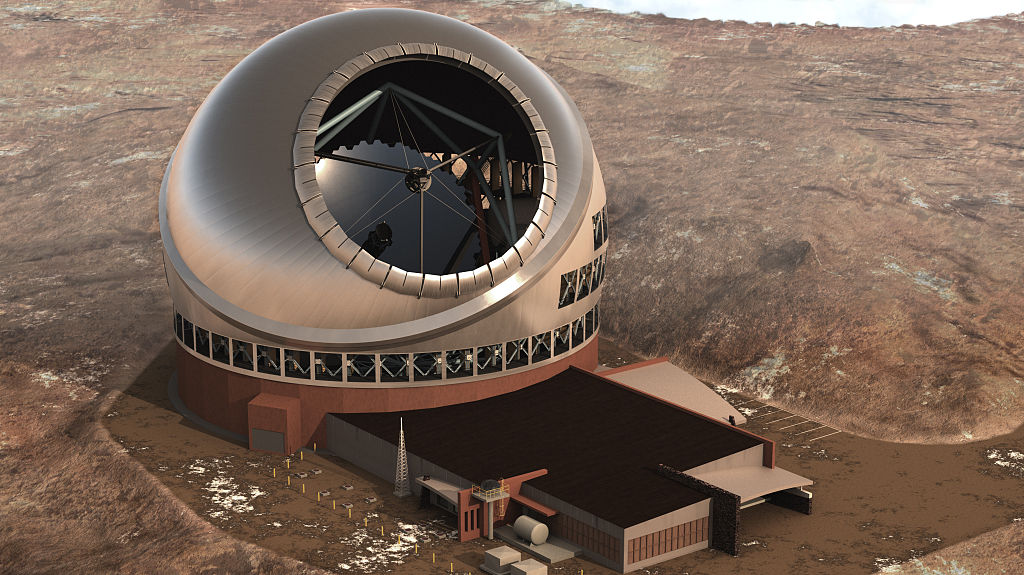 |
|---|---|---|---|
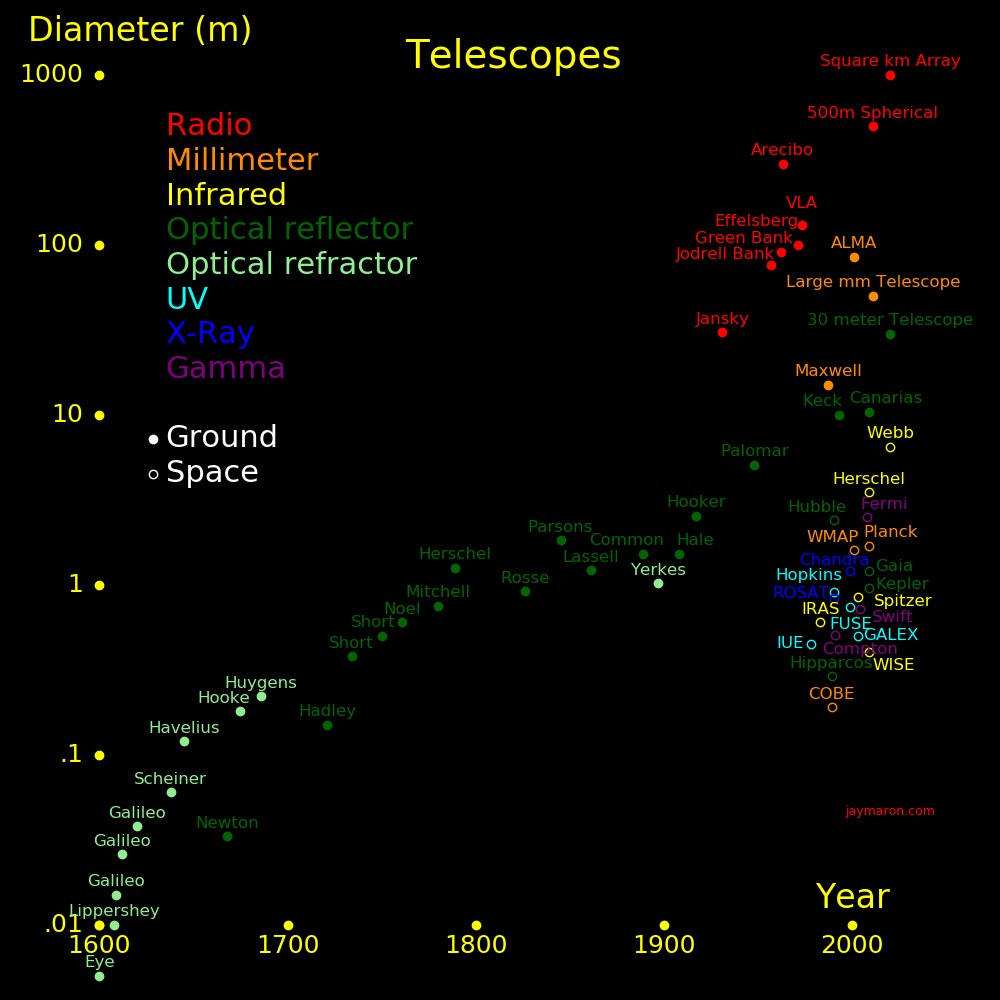 |
|---|
Telescope Diameter Resolution Year
(meters) (arcsecond)
Human eye .005 60
Lippershey's telescope ? ? 1608 First telescope. Refractor
Galileo's telescope #1 .015 7 1609 Refractor
Galileo's telescope #3 .038 2.1 1620 Refractor
Newton's telescope .033 2.5 1668 First reflecting telescope
10 cm telescope .1 .5 Seeing limit
Herschel telescope 1.20 .5 1789 Reflector
Yerkes refractor 1.02 .5 1897 Refractor. End of refractor age
Hale 60-inch 1.52 .5 1908 Mount Wilson observatory
Hooker 100-inch 2.54 .5 1917 Mount Wilson observatory
Hale 200-inch 5.08 .5 1948 Palomar Observatory
Keck 10 .04 1993 Mauna Kea Observatory
Hubble 2.4 .04 1990 Space. Earth orbit
Webb Space Telescope 6.5 .02 2022 Space. L2 Lagrange point
Thirty Meter Telescope 30 .015 ? Mauna Kea Observatory
Extremely Large Tele. 39.3 .005 ? Chile
Modern ground telescopes have adaptive optics to transcend the seeing limit.
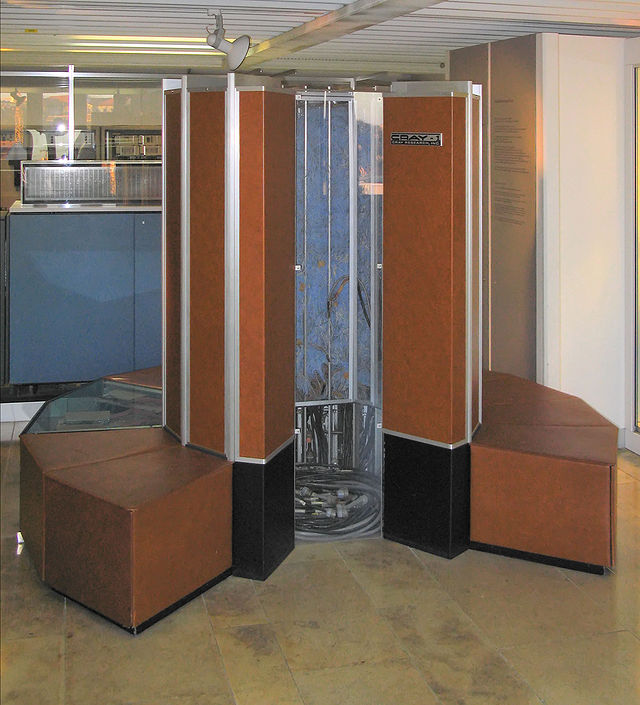 |
 |
|---|---|
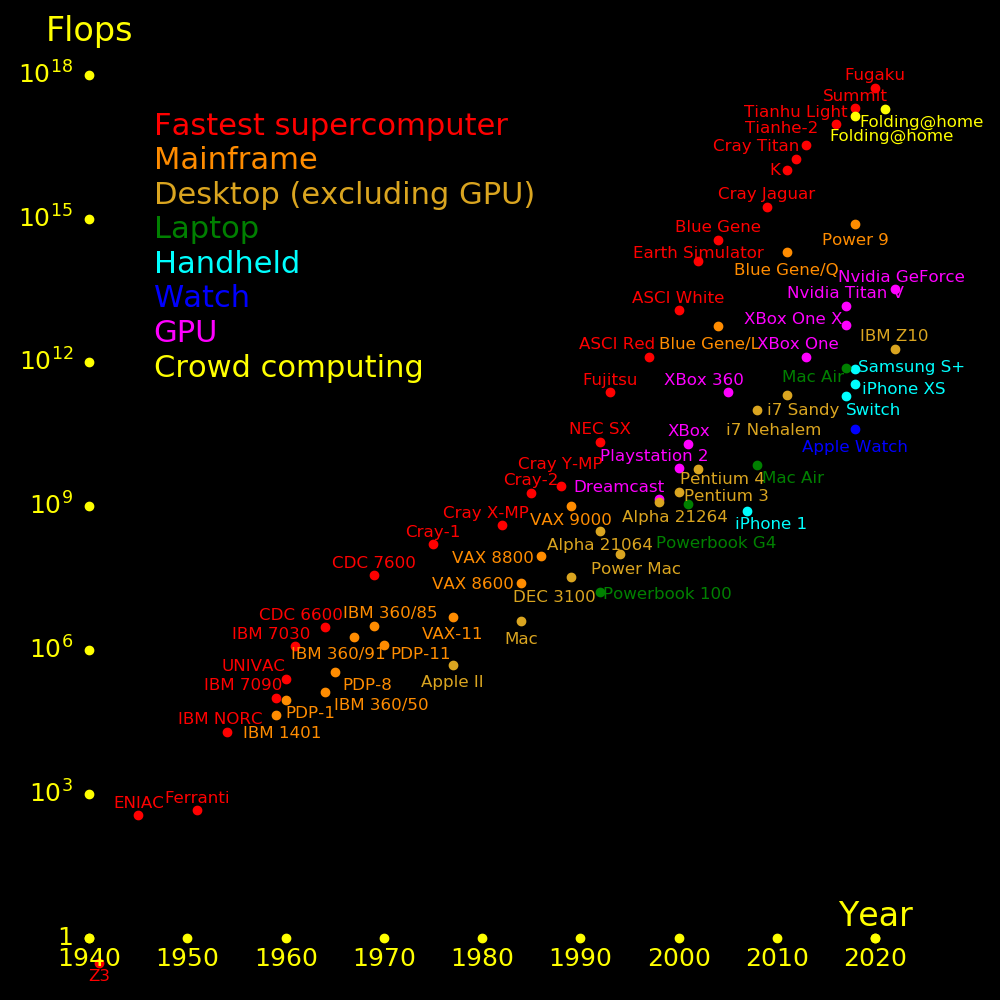 |
|---|
A modern smartwatch is faster than a 1990 Cray supercomputer.
Desktop gaming is driven by GFlops/$.
Mobile gaming is driven by GFlops/Watt and by battery energy/mass.
Computer speed per dollar = 100 GFlop/$ (GPU) Computer speed per power = 400 GFlop/Watt (GPU) Battery energy per mass = 1200 kJoules/kg Battery power per mass = 1000 Watt/kg
 |
|---|
We can define a measure of speed for a parallel computer.
CPU clock speed = F Operations/second (Hertz) Number of parallel CPUs = N Parallel speed = V = F N Operations/second (Hertz)
For a brain, "N" is the number of synapses and "F" is the inverse of the synapse time.
Clock freq Parallel elements Speed
Hertz billions Ops/second
Computer 40000000000 .025 2⋅1017
Brain 250 100000 2⋅1016
A computer has a higher clock speed than a brain but it has fewer parallel elements than a brain. The parallel speeds of a brain and a computer have the same magnitude. In the future, computers will be faster than brains.
The clock time of a brain is the chemical synapse time plus the time it takes a signal to cross the brain.
Chemical synapse time = Ts = .002 seconds Time for signal to cross the brain = Tc = .002 seconds Brain cycle time = T = Ts + Tc = .004 seconds Brain clock speed = F = 1/T = 250 Hertz
Year
c. -2400 Abacus invented by the Babylonians
c. 200 Logarithms developed in Ancient India
c. 600 Brahmagupta develops a place-value number system
c. 1400 Kerala school of astronomy and mathematics in South India invents the
floating point number system.
1585 Stevin popularizes decimal numbers in Europe
1614 Napier develops logarithm tables
1622 Oughtred develops the slide rule
1642 Pascal builds a mechanical calculator
1671 Leibniz builds a mechanical calculator
1910 Vacuum tube invented
1646 ENIAC built. 17468 vacuum tubes. 5000 additions per second.
1947 Transistor invented
1954 Cobol compiler
1957 Fortran compiler
The table gives the year that a computer eclipsed the world champion.
Year World Champion Year the game was invented
Checkers 1990 Alexei Chizhov 1243
Chess 2006 Vladimir Kramnik 650
Go 2016 Lee Sedol -400
Shogi 2017 Yoshiharu Habu 1058
 |
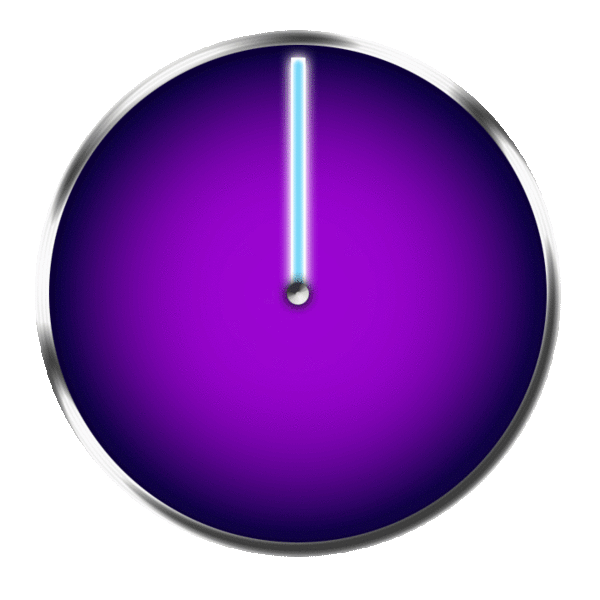 |
|
|---|---|---|
Defining a unit requires a standard reference. This is easy with time because you can use the duration of a day. For length and mass, it's not easy to define a standard reference. A precise reference for length and mass wasn't possible until the measurement of the size of an atom in 1908.
Water can be used as a standard reference for density, which allows one to connect the units of length and mass.
Density = Mass / Length3
In ancient times, length and mass could be measured precisely but time could not. It was not until the invention of spring clocks in 1460 that time could be measured precisely.
English units have the virtue of being base 2. The ideal base for mathematics is 16 because it's instantly interconvertible with base 2 and 4. Base 10 is a debacle because of the awkward prime factor "5", and the aliens are mocking us for it.
The English volume units are:
Tablespoon= 4 drams = 3 teaspoons Ounce = 8 drams Jack = 2 ounces Gill = 4 ounces Cup = 8 ounces Pint = 16 ounces = 1 pound of water Quart = 2 pints Pottle = 4 pints Gallon = 8 pints Peck = 2 gallons Kenning = 4 gallons Bushel = 8 gallons Strike = 16 gallons Coomb = 32 gallons Seam = 64 gallons Barrel =31.5 gallons Hogshead = 2 barrels Butt = 4 barrels Tun = 8 barrels = 2016 pounds of water = 914 kg = .914 metric tons
Egyptian units were base 2. Digits were subdivided by factors of 1/2, 1/4, etc.
digit = 3/4 inch palm = 4 digits = 3 inch foot = 4 palms = 12 inch cubit = 6 palms = 18 inch rod = 16.5 feet furlong = 40 rods = 660 feet mile = 320 rods = 5280 feet = 8 furlongs acre = 160 rod2 Stadion = 600 feet
An acre is the amount of land that can be plowed by an ox in one day.
Mesopotamian mass units were base 60:
Grain = .047 gram Shekel = 180 grains = 8.4 gram Mina = 60 shekels =504 gram Talent = 60 Minas = 30.2 kg
Metric units were adopted in 1799.
World population hinges on agricultural technology.
 |
|---|
Year
-11000 Pigs and sheep domesticated Fertile crescent
-9500 First crops Fertile crescent
-8500 Cattle domesticated India and Turkey
-6200 Rice cultivation China
-4500 Wheel
-4000 Beadmaking discovered, using yeast Egypt
-3500 First crops in the Americas
-3000 Wine, beer, cheese
-1900 House-drawn chariots Central Asia
-1700 Wind-powered machines Babylon
-1500 Seed drill Babylon
600 Alcohol distillation
900 3-field system. One field is fallow
1492 Columbia exchange. Corn and potatoes introduced to Europe
Guano fertilizer introduced
1701 Seed drill of Jethro Tull
1720 4-field system. Wheat, clover (nitrogen fixation), turnips (deep roots), barley
1780 Breeding of livestock England
1784 Threshing machine, for separating seeds from hulls
1807 Potassium discovered. Proved to be a component of wood ash. Humphrey Davy
1809 Canned food
1842 Phosphate fertilizer
1866 Mendel publishes "Mendelian genetics"
1871 Pasteurization Louis Pasteur
1895 Refrigeration
1901 Gasoline tractor America
1913 Haber process for producing ammonia
 |
|---|
Gunpowder and explosives are usually based on the nitrate ion NO3-. Early gunpowder used potassium nitrate KNO3, which is known as saltpeter.
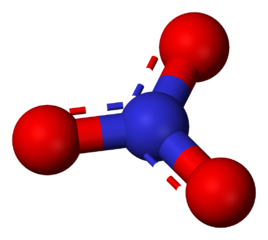 |
|---|
An explosive requires high oxygen density. Atmospheric oxygen is way too sparse to support an explosion.
The oxygen also has to be in a high-energy state. In standard oxides such as H2O or SiO2, the oxygen is fully oxidized and the oxygen is in a low-energy state. The magic molecule is nitrate, NO3-, which has oxygen in a high-energy state. The nitrogen is also in a high-energy state.
In ancient times, nitrate was made by heating urine.
Gunpowder contains nitrate for oxygen, and sulfur for fast burning. It also contains pure carbon (charcoal) to react with oxygen. An oversimplified formula for gunpowder is:
2 KNO3 + S + 3 C → K2S + N2 + 3 CO2.
Energy is produced by:
(*) Oxygen bonds to carbon to yield energy.
(*) Nitrogen atoms bond to yield energy
(*) Sulfer reacts with potassium to yield energy
~808 Qing Xuzi publishes a formula resembling gunpower, consisting of
6 parts sulfur, 6 parts saltpeter, and 1 part birthwort herb (for carbon).
~850 Incendiary property of gunpower discovered
1132 "Fire lances" used in the siege of De'an, China
1241 Mongols use firearms at the Battle of Mohi, Hungary
1338 Battle of Arnemuiden. First naval battle involving cannons.
The English had 3.
1346 Cannons used in the Siege of Calais and the Battle of Crecy
1540 Biringuccio publishes "De la pirotechnia", giving recipes for gunpowder
1610 First flintlock rifle
1774 Lavoisier appointed to develop the French gunpowder program. By 1788
French gunpowder was the best in the world.
1884 Vieille invents smokeless gunpowder, which was 3 times more powerful
than black powder and less of a nuisance on the battlefield.
Winners Losers
-1200 -900 Invasion of the Sea Peoples Sea Peoples Greek states, Egypt, Anatolia, Syria
-499 -449 Greco-Persian Wars Greek states Persia (Achaemenidian Empire), Macedon
-334 -324 Greek invasion of Persia Macedon, Greek states Persia, Egypt, Indian states
-322 -281 Diadoci Wars Ptolemy, Seleucus, Demetrius
-264 -146 Punic Wars Rome Carthage
-192 -188 Roman-Seleucid War Rome, Achaean League, Macedonia Persia (Seleucid Empire)
-54 628 Roman-Persian Wars Roman Empire Persia (Parthian Empire)
1095 1271 Crusades
1207 1340 Mongolian conquests Mongolia China, Tibet, Korea, Baghdad,
Russia, Poland, Persia,
Mesopotamia, Syria
1213 1214 Anglo-French War France England, HRE, Flanders
1337 1453 100 Years' War France, Castille, Aragon, Scot England, Portugal, Navarre, Pope
1494 1559 Italian Wars HRE, Spain, England France, Ottoman Empire
1580 1583 War of Portuguese Succession Spain France, England, Dutch Rep
1585 1604 Anglo-Spanish War England, France Spain
1618 1648 30 Years' War France, Sweden, Dutch, Eng HRE, Spain, Den, Nor
1701 1715 War of the Spanish Succession HRE, Brit, Dutch, Port, Pru France
1733 1738 War of the Polish Succession HRE, Russia, Prussia France, Spain
1756 1763 7 Years' War Britain, Portugal, Pru, France Austria, Spain, Sweden
1775 1783 American Revolution USA, France, Dutch Rep, Spain British Empire
1803 1815 Napoleonic Wars UK, HRE, Neth, Swe, Port France, Den, Nor
1914 1918 World War 1 USA, UK, France, Russia, Italy Germany, Austria-Hungary, Ottoman Empire
1939 1945 World War 2 USA, UK, Russia Germany, Japan, Italy
1945 1991 Cold War 1 USA, UK, Germany, France, Poland Russian Empire
2000 Cold War 2 Russian Empire USA, UK, Germany, France, Poland
2022 World War 3
C: Communist revolution leading to totalitarianism T: Non-communist revolution leading to totalitarianism L: Liberation from totalitarianism
Category America
Russian Civil War 1920 C
Tuva 1921 C
Mongolia 1924 C
Spain 1936 C
Chishima Islands 1945 Japanese island seized by the Soviet Union
Eastern Europe 1945 Loss Conquered by the Soviet Union. E Ger, Pol, Czech, Hungary, Romania, Bulgaria, Yugoslavia
China Civil War 1949 C
Tibet 1951 China seizes Tibet
North Korea 1953 C Loss
Suez canal 1956 Loss Loss of the Suez canal
Cuba 1958 C Loss
Cuba 1961 Loss Bay of Pigs invasion. Failed
People's Rep Congo 1963 C
Yemen 1969 C
Somalia 1969 C
Ethiopia 1974 C
Vietnam 1975 C Loss
Laos 1975 C Loss
Cambodia 1975 C Loss
Benin 1975 C
Angola 1975 C
Mozambique 1975 C
Nicaragua 1979 C
Grenada 1979 C
Peru 1980 C
Burkina Faso 1983 C
Lebanon 1984 C
Burkina Faso 1987 L Communist regime overthrown
Gulf War 1991 L Win USA defeats Iraq and liberates Kuwait
Soviet collapse 1991 L Win Soviet empire collapses and many nations are liberated
Somalia 1995
Nepal 1996 Civil war between Royalists and Communists
Venezuela 1999 C
Kosovo War 1999 L Win NATO liberates Yugoslavia from totalitarianism
Russian fall 2000 T Loss Russia falls to totalitarianism
Eritria 2001 T
Afghanistan 2001 L Win USA takes control of Afghanistan
Iraq War 2003 L Win USA takes control of Iraq
Iraq 2014 Loss ISIS takes over most of Iraq
Crimea 2014 Loss Russia seizes Crimea
Libya 2014 Loss Libya fractures into civil war
Syra 2014 Ongoing USA intervenes in Syria
Iraq 2019 Win USA destroys ISIS
Hong Kong 2021 Loss China subjugates Hong Kong
Afghanistan 2021 Loss USA exits Afghanistan and Afghanistan becomes totalitarian
Pacific Islands Ongoing China steals Pacific islands
Tunis 2014 Tunis transitions from dictatorship to democracy
Tunis 2021 T Tunis becomes totalitarian
Ukraine 2022 Russia invades Ukraine
Niger 2023 T Loss Niger becomes a dictatorship. American was participating in the civil war
World population is influenced by war, plague, climate, and natural disasters.
 |
|---|
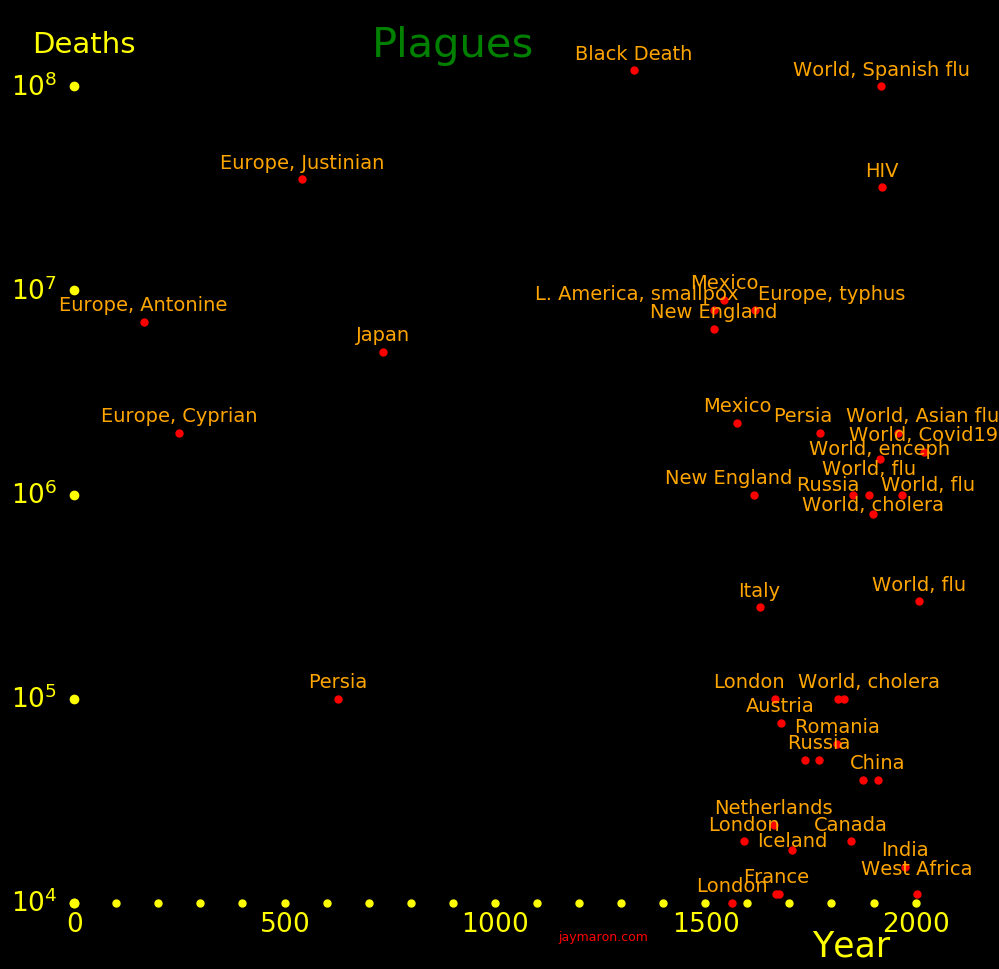 |
|---|
The "medieval warming period" lasted from 900 AD to 1200 AD, and it corresponds with the Viking age. The Earth was warmer partly because there were few volcanoes during this age.
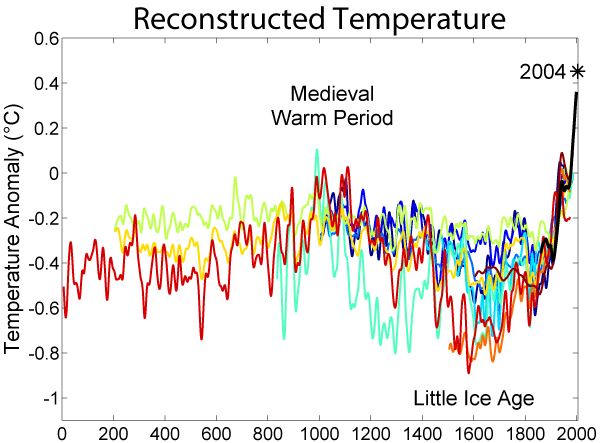 |
|---|
The following shows volcanoes, with circle size corresponding to eruption magnitude. There is a gap in volcanoes from 1000 AD to 1250 AD.
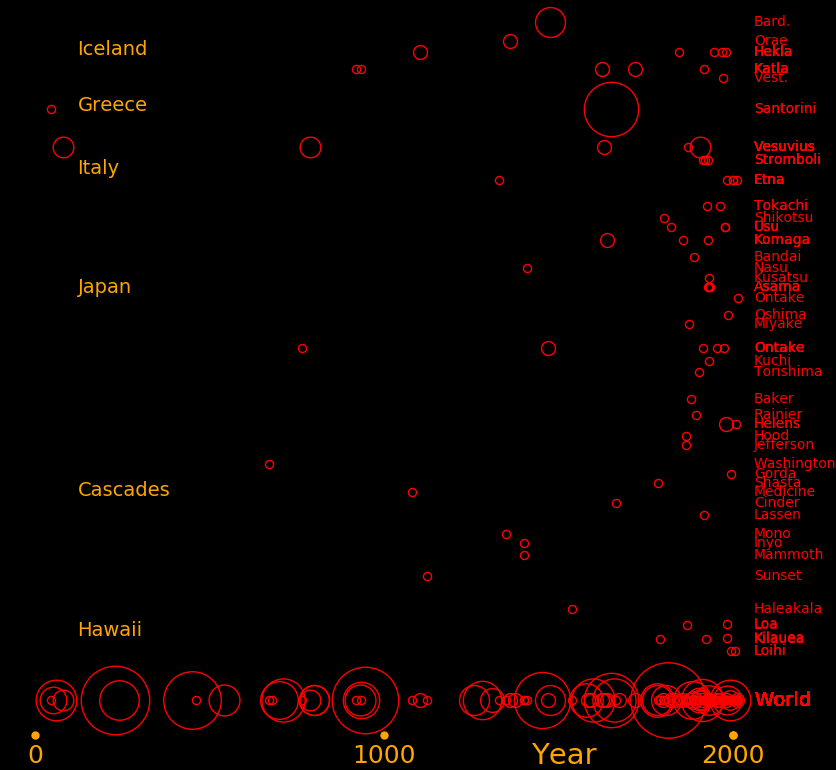 |
|---|
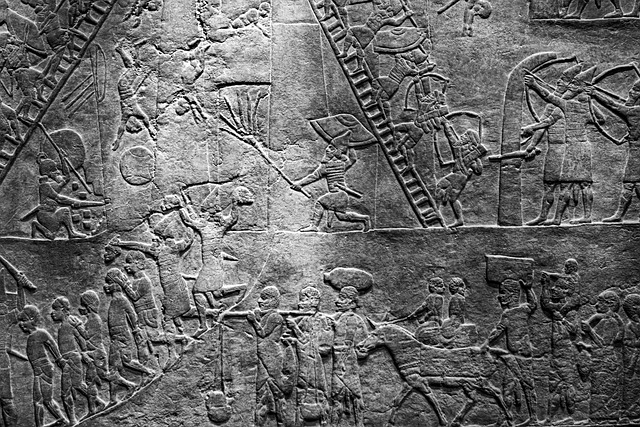 |
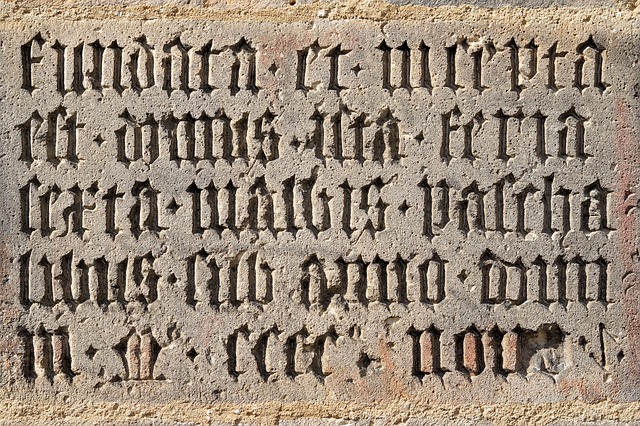 |
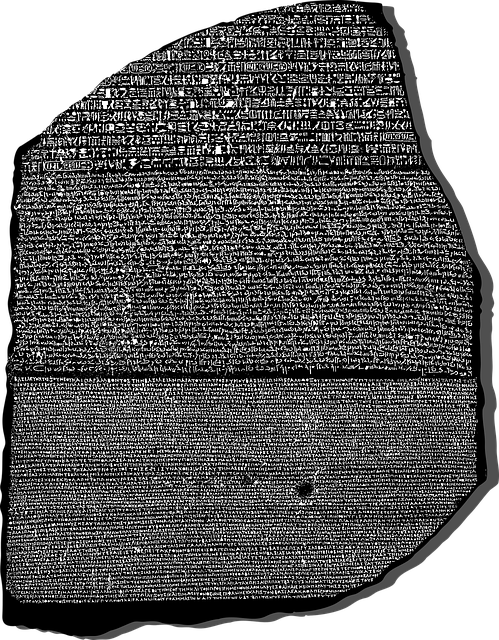 |
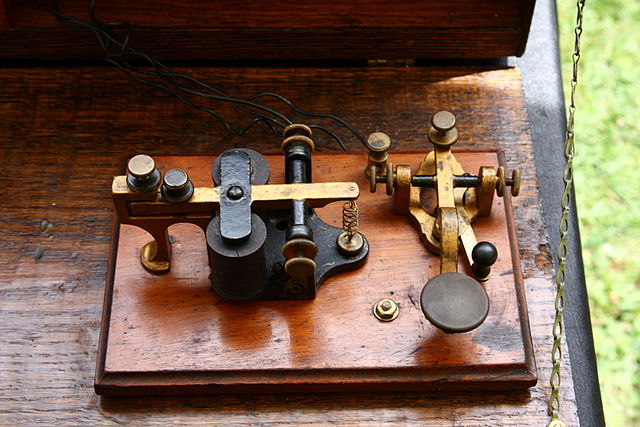 |
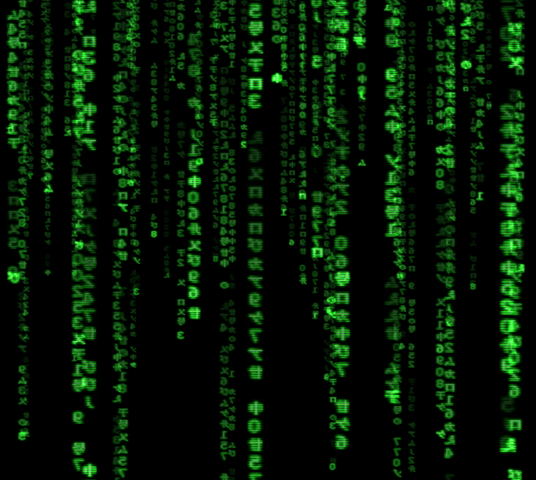 |
|---|---|---|---|---|
Enabling technology
-3300 Writing
-2800 Ink
-1700 Alphabet
-1200 Paper
220 Printing, wood block
1440 Printing, moveable type Alphabet
1829 Train Steam engine
1833 Telegraph Electromagnetism
1888 Radio Electromagnetism
1889 Car powered by gasoline Gasoline engine
1935 Television Electromagnetism
1947 Transistor computer Solid state physics
1950 Air travel becomes widespread Turbofan engine
1970 Printing, dot matrix Transistor computer
1977 Word processor Transistor computer
1994 Internet becomes widespread Phone network, html
2000 Cell phones become widespread Wireless network
2005 Social media becomes widespread
2010 Smart phones become widespread Computational speed/power becomes sufficiently large
2020 Smart watches become widespread
2025 Cybernetic implants become widespread
-1200 Iron age begins -500 Wootz steel. Contains carbide Fe3C 800 Crucible steel. Pig iron -> steel 1000 Damascus steel. Contains carbide Fe3C 1200 Finery forge. Reduce carbon content. Pig iron -> wrought iron 1205 Blast furnace. Force pressurized air into the molten iron 1678 Reverberatory furnace. Seperate ore from fuel 1709 Use coke instead of charcoal. Blast furnace Abraham Darby I 1783 Puddling. Heat in oxygen in a reverberatory furnace. Pig iron -> wrought iron. No charcoal needed 1828 Hot blast. Preheat combustion air. James Neilson 1856 Bessemer process for transforming pig iron to steel. Blow air through the molten iron. 1952 Oxygen furnace. Use pure oxygen. Robert Durrer. 1865 Siemens-Martin process. Open-hearth furnace. 1888 James Readman. Electric arc process. Use electricity to purify iron from ore.
World steel production in Bkg/year:
Bkg/yr
1800 .2
1820 1
1840 2
1860 10
1880 25
1900 36
1920 60
1940 150
1960 360
1980 700
2000 800
2020 1900
Forms of iron:
Min carbon Max carbon
% %
Wrought 0 .08
Steel .05 2.14
Cast iron 1.8 4 Silicon 1-3%
Pig iron 3.8 4.7
BCE: 3200 Mesopotamians develop the first known written language 2900 Bronze age begins in Mesopotamia, replaces stone age 1600 1100 Mycenaean civilization in Crete ~1600 Thera volcano explodes in the Aegean Sea. ~1250 Hercules ~1188 Trojan war, sometime between 1194 and 1184 BC. 1100 800 Greek dark age 776 First Olympic games. Reemergence of Greek civilization. Iron age replaces bronze age 624 546 Thales of Miletus. Philosopher 570 495 Pythagoras of Croton 563 483 Gautama Buddha 534 First theatre competition in Athens, won by Thespis 490 Battle of Marathon. Athenians defeat the Persians 508 Roman Republic founded, replacing monarchy rule 490 First Persian invasion. Battle of Marathon. Athenians defeat the Persians 480 Second Persian invasion. 469 399 Socrates 428 348 Plato 405 Sparta defeats Athens at the battle of Aegospotami. Athens declines hereafter. 395 387 Corinthian war. Hereafter Sparta dominates Greece until the battle of Leuctra 384 322 Aristotle 371 Battle of Leuctra. Thebes and allies defeat Sparta. 362 Battle of Mantinea. Thebes & allies defeat Sparta. Thebes and Sparta decline hereafter and Macedonia rises in power. 356 323 Alexander 331 Battle of Gaugamela. Alexander's Macedonian and Greek army defeats the Persians 350 280 Demetrius. Student of Aristotle. Founded Library of Alexandria 310 230 Aristarchus. Measured the size and distance of the moon and the sun. 287 212 Archimedes 275 195 Eratosthenes. Chief of the Alexandrian Library. 202 Battle of Zama. Rome defeats Carthage. 197 Rome defeats Macedon at the Battle of Cynoscephalae. Rome dominates Greece hereafter. 100 44 Julius Caesar 73 Revolt of Roman slaves led by Spartacus and Crixus 60 53 First Triumvirate (Caesar, Pompey, Crassus) 53 Battle of Carrhae. Crassus defeated by the Persians. 48 Battle of Pharsalus. Julius Caesar and Mark Antony defeat Pompei. 44 Assassination of Julius Caesar 43 33 Second Triumvirate (Octavian, Antony, Lepidus). End of Roman Republic 42 Battle of Philippi. Octavian and Antony defeat Brutus and Cassius. 31 -14 Reign of Octavian, Roman emperor 30 Octavian defeats Antony and Cleopatra at Alexandria 27 Pax Romana begins and lasts until 180 CE CE: 90 168 Ptolemy. Library of Alexandria. 476 550 Aryabhata, Indian mathematician. Refines Aristarchus' measurements of the size of the sun. 1206 Ghenghis Khan becomes leader of the Mongolians. Mongolian empire begins 1258 Baghdad, a city of scholars, is destroyed by Mongolian invaders. 1492 New World discovered 1561 1626 Francis Bacon. Introduces empiricism in science. Influential in the founding of the Royal Society 1571 1630 Johannes Kepler. Discovers that planets orbit in ellipses. 1564 1642 Galileo. Develops the concept of acceleration. 1632 1723 Christopher Wren. Builder of cathedrals and founder of the Royal Society 1643 1727 Isaac Newton. Develops laws of inertia, gravity, and The Calculus. 1660 Royal Society founded 1666 French Academy of Sciences founded 1707 1783 Leonhard Euler 1776 American revolution 1777 1855 Carl Friedrich Gauss 1789 French revolution 1799 Volta invents the battery, launching modern electromagnetism and chemistry 1864 Maxwell completes the theory of classical electromagnetism with the "Maxwell equations" 1905 Einstein develops the theory of special relativity for relativistic motion 1909 Rutherford discovers the nucleus 1914 World War 1 1927 Quantum mechanics developed. 1940 1945 World War 2 1947 Transistor invented. Silicon age begins
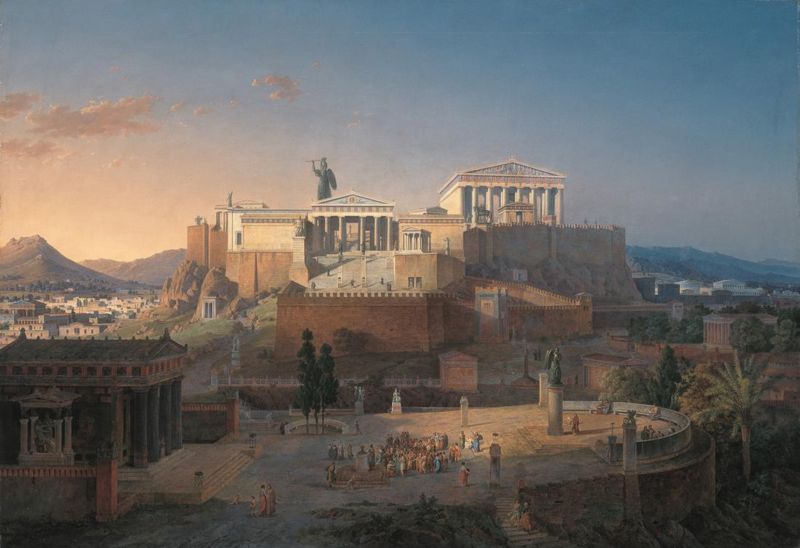 |
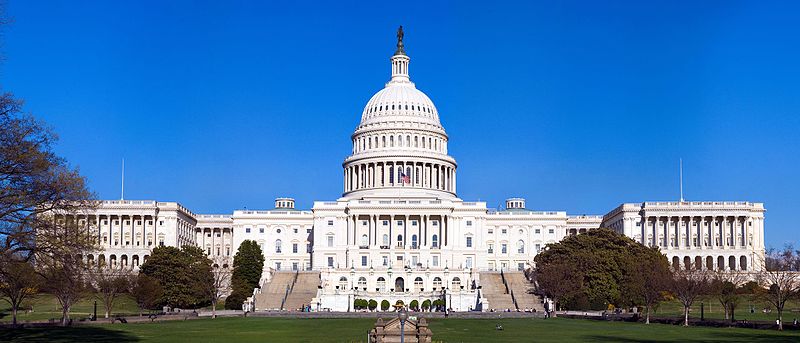 |
|
|---|---|---|
~800 Oracle of Delphi established in Ancient Greece
~770 Spartan democracy established with a constitution written by Lycurgus and endorsed
by the Oracle of Delphi
-510 Athenian democracy established by Cleisthenes, after the overthrow of King Hippias
-509 Roman Republic founded, replacing monarchy rule
1215 English Magna Carta
1660 Royal Society founded by Christopher Wren
1666 French Academy of Sciences founded
1688 England, Revolutionary Settlement. Parliament enacts laws limiting
the power of the king.
1689 England, Bill of Rights and Mutiny Bill
1694 England, Triennial Bill
1696 England, Treason Act
1701 England, Act of Settlement
1769 Golden age of the American Philosophical Society begins as Benjamin
Franklin becomes president. Members included Jefferson, Washington,
Hamilton, Adams, Madison, Paine, and McHenry.
1775 American patriots form Provisional Congresses in each of the 13 colonies that are
independent of Great Britain, and they form a unified Continental Congress
1776 American Declaration of Independence, July 4
1781 American Articles of Confederation
1787 Federalist Papers published by Hamilton, Madison, & Jay
1788 American Constitution established
1791 American Bill of Rights
1810 Modern era of British Prime Ministers begins when King George III goes insane
1830 England, Westminster system of government established (Parliament)
1911 England, Parliament Act, lessening the power of the House of Lords
1949 British Parliaments acts of 1949
2014 British House of Lords Reform Act of 2014
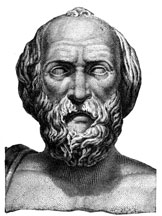 |
|---|
The Spartan constitution was democratic and contained checks and balances. It was established by Lycurgus in ~770 BCE and endorsed by the Oracle of Delphi. The offices were:
2 Kings 5 Ephors, which hire and fire kings Gerousia, a legislature. Open to all Spartans over age 60 and serving for live. It consists of 28 elected members plus the 2 kings. Apella, the assembly, open to all Spartans over age 30 and elected by the Spartan citizenry. It elects members of the Gerousia and Ephor, and can veto the Gerousia's proposals.
A requirement for Spartan citizenship was passing the military training, called the agoge.
Political office was open to all citizens. 90% of offices were chosen by lot and 10% by election. Terms were for 1 year and most offices couldn't be repeated.
During an Athenian election, approximately one hundred officials out of a thousand were elected rather than chosen by lot. There were two main categories in this group: those required to handle large sums of money, and the 10 generals, the strategoi. One reason that financial officials were elected was that any money embezzled could be recovered from their estates; election in general strongly favoured the rich, but in this case, wealth was virtually a prerequisite.
Generals were elected not only because their role required
expert knowledge, but also because they needed to be people with experience and
contacts in the wider Greek world where wars were fought.
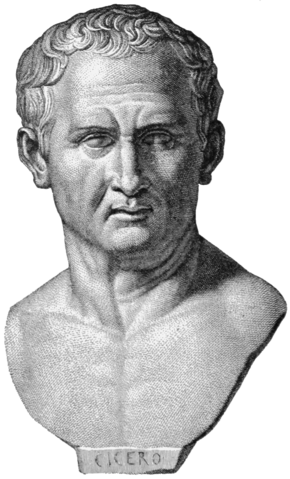 |
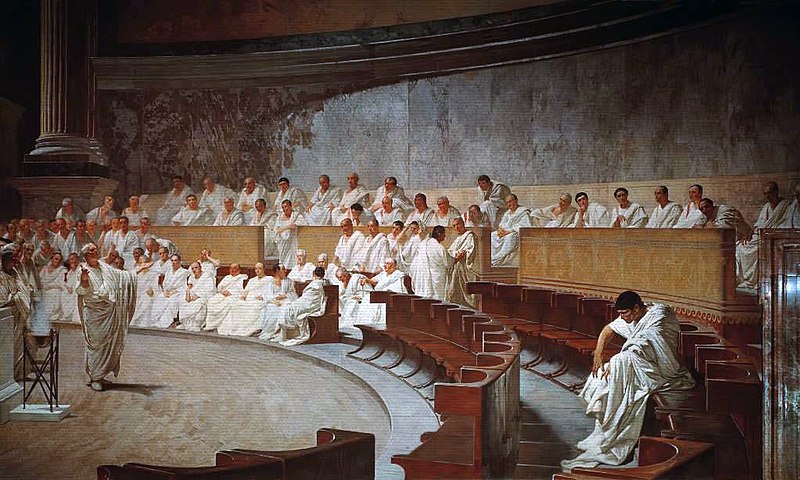 |
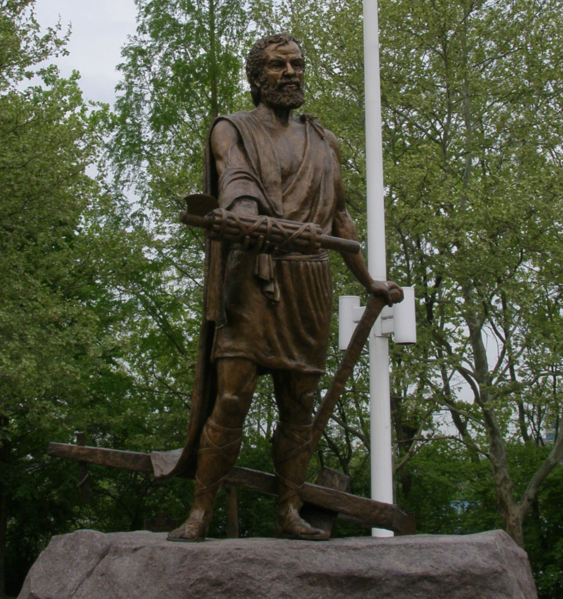 |
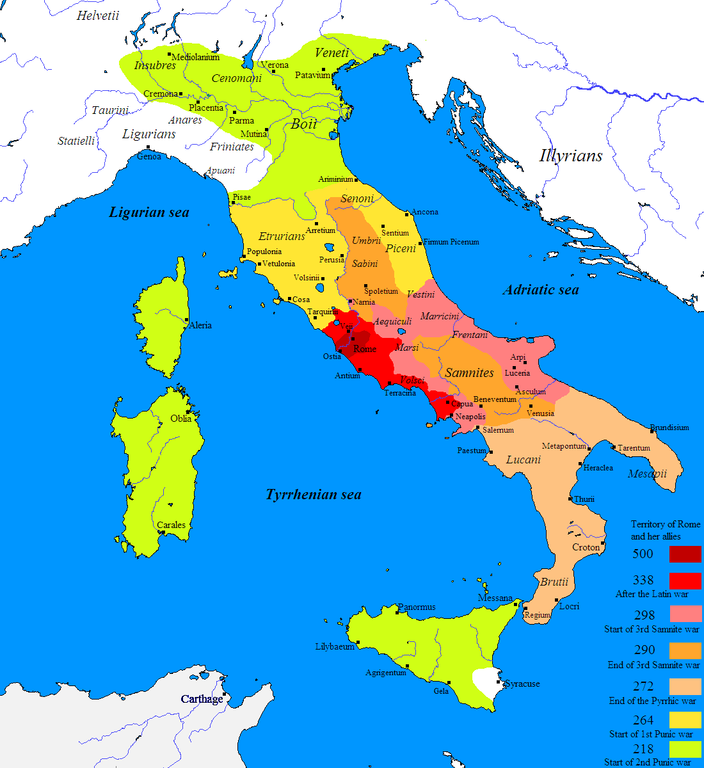 |
|---|---|---|---|
The Roman Republic existed from 509 BC to 27 BC. Offices had a term of 1 year and you couldn't repeat an office. The highest office was consul. There were 2 consuls and they could veto each other's decisions.
After serving an office, you had to sit out 9 years before being eligible for another office.
Members of the Senate were appointed by consuls from 509 BCE to 318 BCE, after which they were appointed by censors. The consul or censor also had the power to remove senators. The senate, and only the senate, had the power to appoint a dictator.
There were 84 dictatorships from 501BC to 202BC, after which there were no dictatorships for the remainder of the republic.
Cincinnatus was appointed dictator twice and was renowned for holding the office no longer
than necessary. The dictatorships had a duration of 15 and 19 days.
Duration Start End
years
Catholic Church 1992 30 Current Began with the papacy of Saint Peter
Venice 1101 697 1797 Ended when conquered by Napoleon
Genoa 698 1100 1797 Ended when conquered by Napoleon
Swiss Confed. 508 1291 1798 Ended when conquered by Napoleon
Roman Republic 483 -509 -27 Ended when Octavian became emperor
Florence 423 1115 1537
Sparta 409 -770 -362 Began with Lycurgus' constitution. Ended with the battle of Mantinea
Iceland 333 930 1262 Ended when Norway conquered Iceland
England 300 1721 Current Began when Walpole became de-facto prime minister
Mahajanapada 261 -600 -340 Northern India
America 233 1789 Current Began with Washington's presidency
Polish-Lithuanian 223 1569 1791
Dutch Republic 215 1581 1795
Athens 173 -510 -338 Began with the constitution of Cleisthenes. Ended with the battle of Chaeronea
New Zealand 166 1856 Current
Carthage 163 -308 -146 Ended when Rome conquered Carthage
Canada 155 1867 Current
Mexico 155 1867 Current
Australia 121 1901 Current
Italy 75 1946 Current
Taiwan 75 1947 Current
South Korea 74 1948 Current
Japan 74 1947 Current
France Rep. #3 71 1870 1940
France Rep. #5 64 1958 Current
Spain 43 1978 Current Began when King Juan Carlos instituted a transition to a republic
Brazil 37 1985 Current
Rep. of Pirates 13 1706 1718 Ended when they were crushed by England
Vermont 15 1777 1791 Ended when Vermont joined the United States of America
France Rep. #1 13 1792 1804 Began with the French revolution. Ended when Napoleon became emperor
Texas 10 1836 1845
France Rep. #4 13 1946 1958
Confederate States 6 1860 1865
France Rep. #2 5 1848 1852
Poland 2 1791 1793 Began with a constitution inspired by America's constitution.
Ended when Poland was conquered.
Duration Start End Max size Biggest
years year year km2 year
Pandyan Dynasty 2059 -300 1759 S India and N Sri Lanka
Roman Empire 1480 -27 1453 5.0 Becomes the Eastern Roman Empire in 395 CE
Eastern Ganga Dynasty 1454 493 1947 East India
Babylonia 1416 -2025 -609 Baghdad
Chera Dynasty 1300 -200 1100 SW India
Ghana Empire 1140 100 1240
Kingdom of Kush, Egypt 1129 -780 350
Aksumite Empire 1110 -150 960 NE India
Tibetan Empire 975 -127 848 4.6
Kingdom of France 946 843 1789
Holy Roman Empire 844 962 1806 1.0 Germany
Spanish Empire 814 1162 1976 13.7 1810 Initially the Crown of Aragon
Zhou Dynasty 790 -1046 -256
Kingdom of England 927 Now 1097 35.5 1920
Ottoman Empire 624 1299 1923
Portuguese Empire 584 1415 1999
Shang Dynasty 554 -1600 -1046
New Kingdom of Egypt 473 -1550 -1077
Parthian Empire, Persia 471 -247 244 2.8
Xie Dynasty 470 -2070 -1600
Kingdom of Judah 464 -1050 -586
Han Dynasty 426 -206 220
Dutch Empire 407 1568 1975
Middle Kingdom of Egypt 405 -2055 -1650
Inca Empire 134 1438 1572 2.0
Mongolian Empire 98 1206 1304 24.0 1270
Empire of Japan 77 1868 1945 8.0 1942
Russian Empire 22.8 1895
Qing Dynasty 14.7
Yuan Dynasty 11.0
Macedonian Empire 5.2 -522
Year -3000000 Stone tools -2300000 Fire -1500000 Bone tools -900000 Boat -500000 Stone axe with a handle -350000 Spear -300000 Language -200000 Glue -150000 Clothing -47000 Mining -45000 Shoe -44000 Tally sticks -36000 Weaving -35000 Flute -26000 Rope -26000 Ceramic -21000 Dogs domesticated -11000 Pigs and sheep domesticated Fertile crescent -9500 First crops Fertile crescent -7000 Copper -4500 Wheel -3500 Horse domestication -3300 Writing
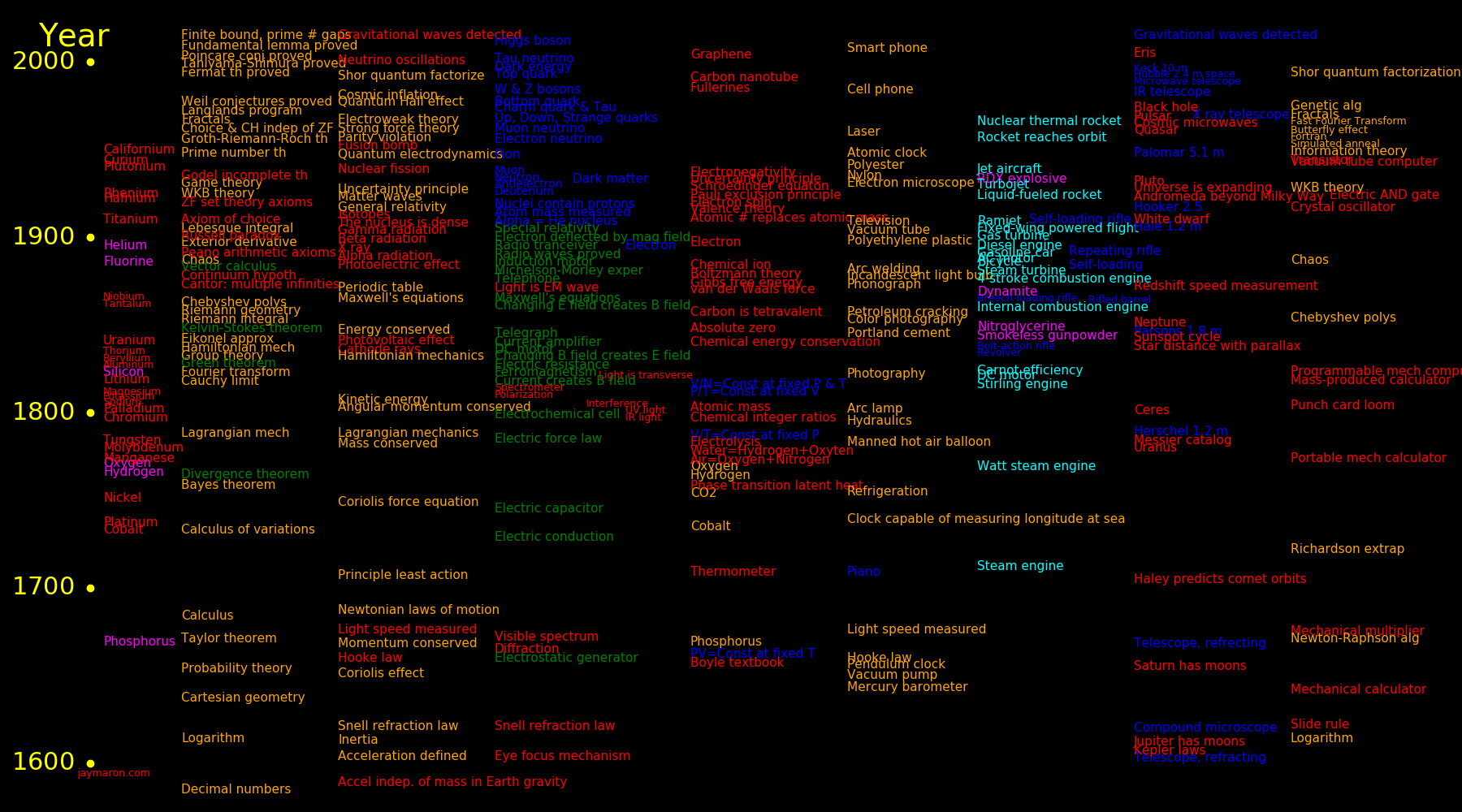 |
|---|
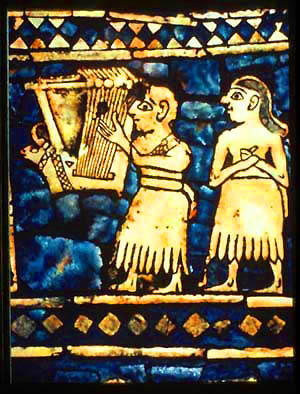 |
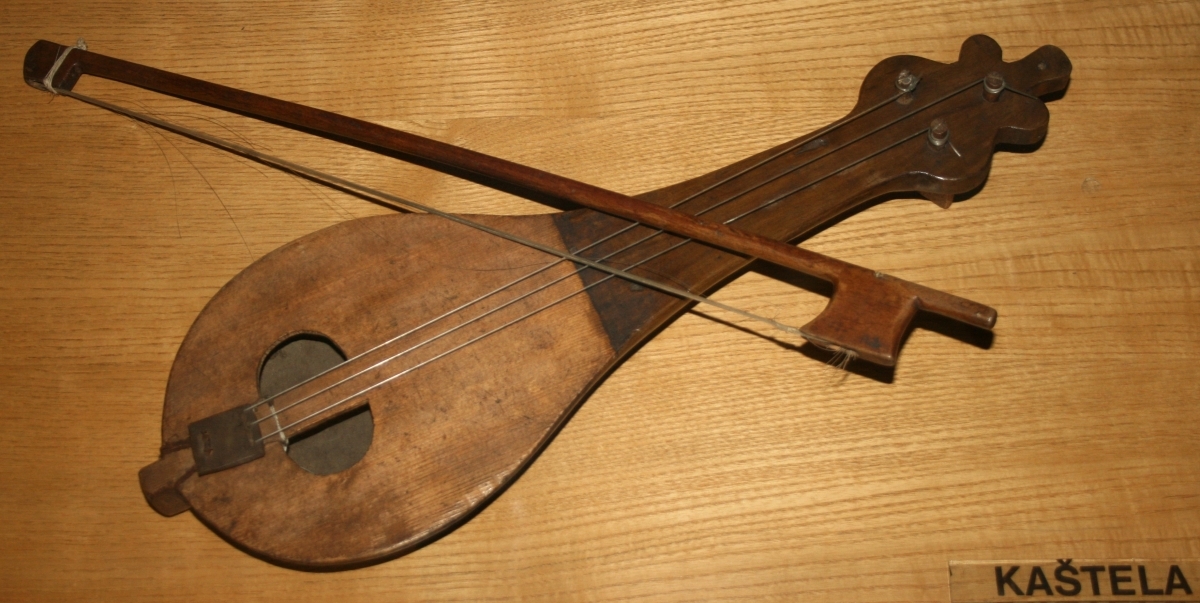 |
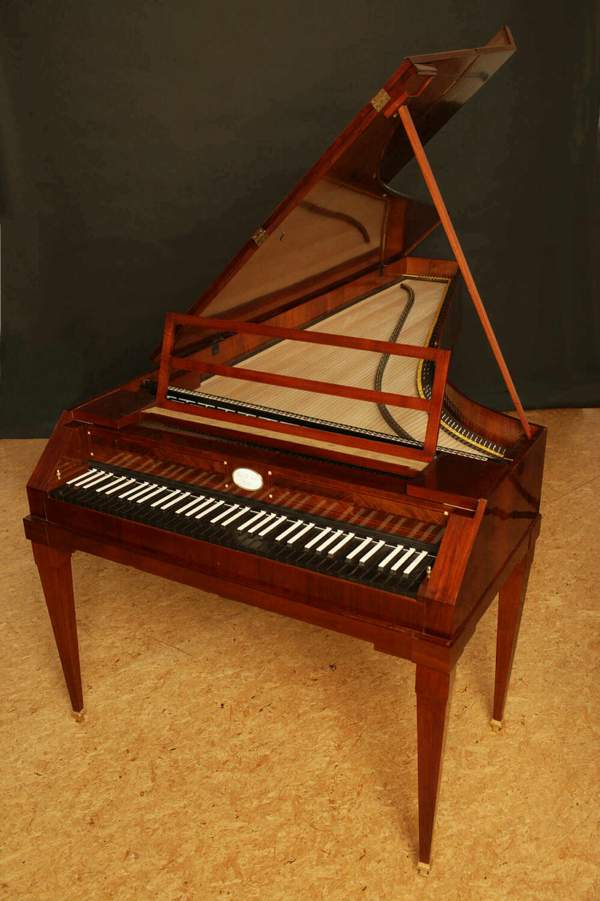 |
|---|---|---|
 |
 |
|---|---|
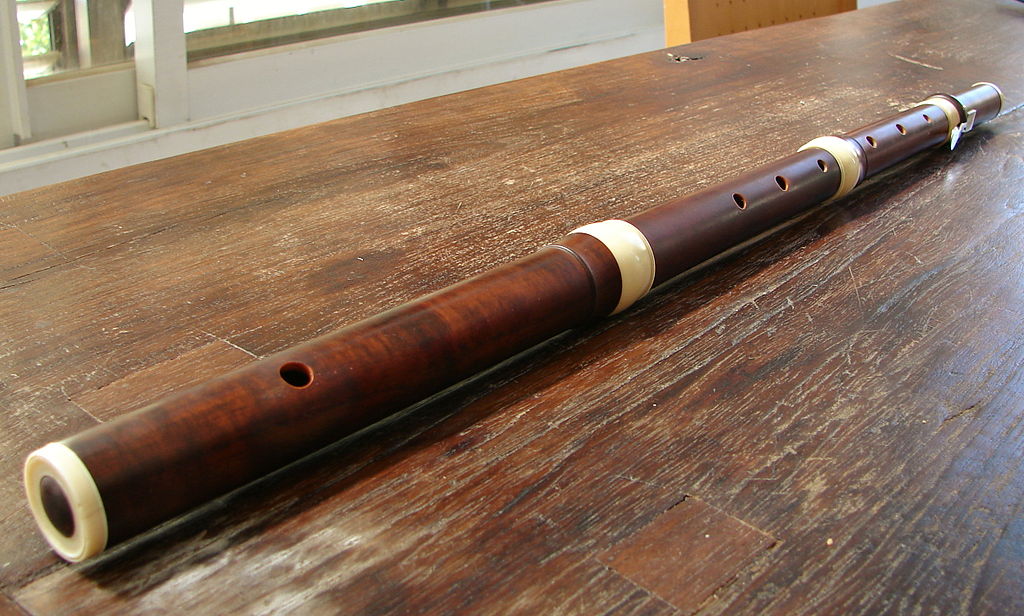 |
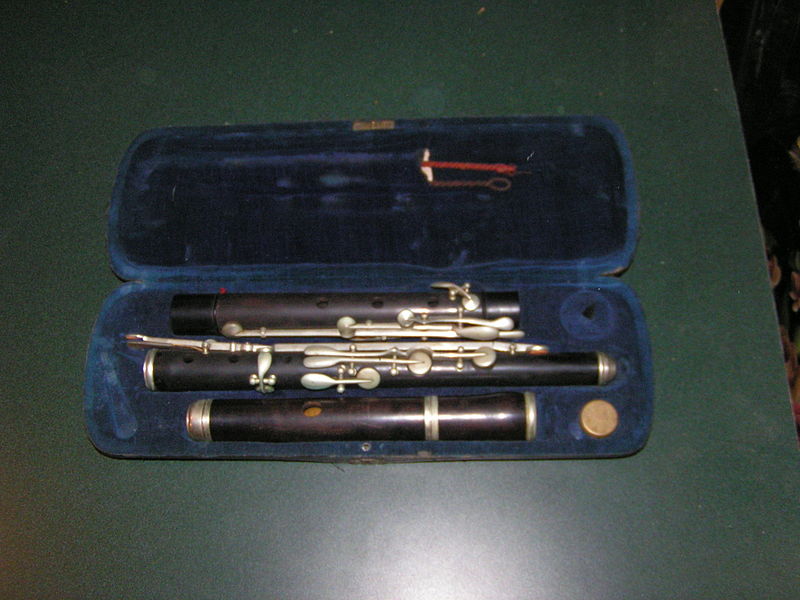 |
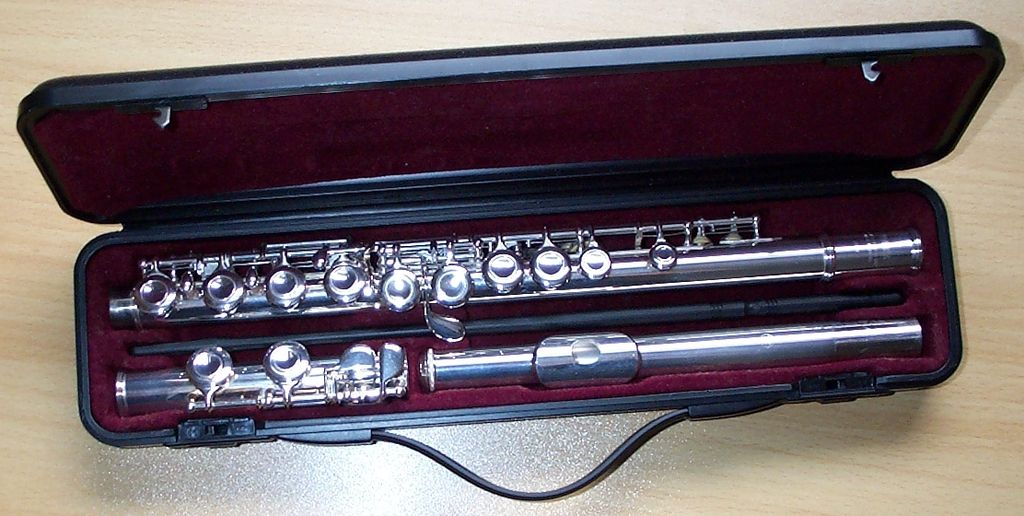 |
|---|---|---|
 |
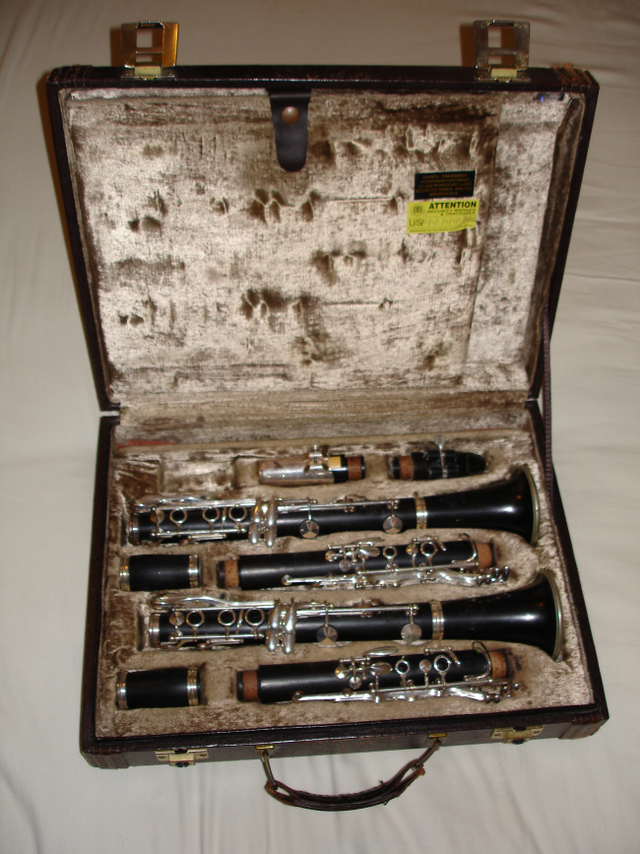 |
 |
 |
|---|---|---|---|
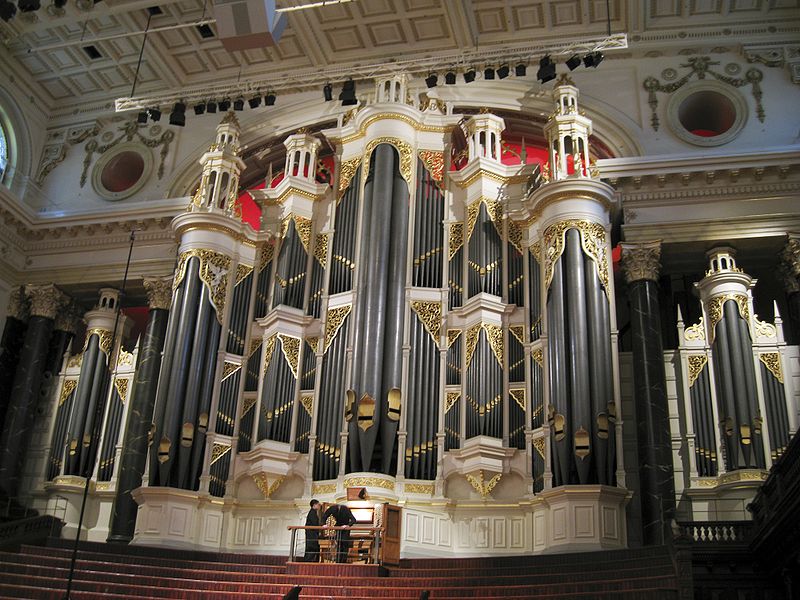 |
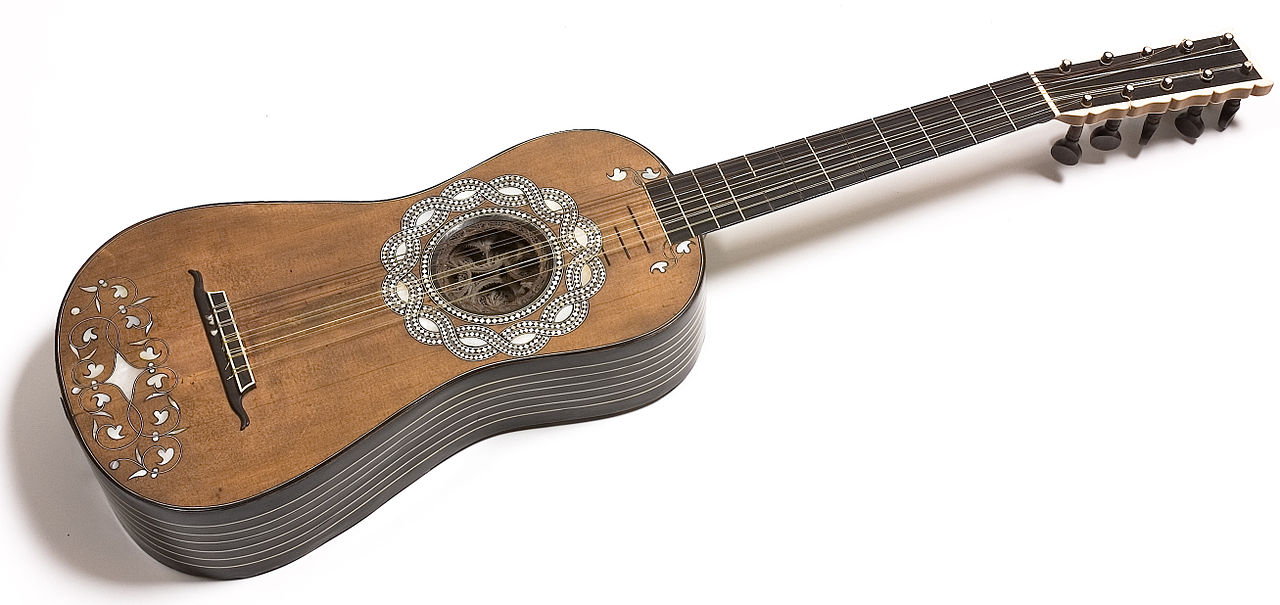 |
 |
|---|---|---|
-2500 An ensemble of lyres was played in the ancient city of Ur, including
lyres, harps, flutes, and reed instruments.
1000 Bowed instruments first developed, such as the Lyre
1200 The guitar comes into use in Europe
1555 Amati develops the four-string violin
1700 Cristofori develops the first piano, an instrument where the string is
struck by a hammer. Early pianos had 5 octaves
1785 Tourte develops the modern bow
1810 Broadwood develops a 6-octave piano
1820 Broadwood develops a 7-octave piano
1821 Erard develops the double-escapement mechanism for the piano, a
device that permitted repeating a note even if the key had not yet risen
to its maximum vertical position. This facilitated rapid playing
of repeated notes.
1835 Tuba invented
1847 Boehm advances the design of the flute, including a switch from wood to metal
1931 Beauchamp builds the first electric guitar
A harpshichord string is plucked and a piano string is hammered. A harpsichord can't vary its volume.
The strings in a piano exert a force of 20 tons.
The Sydney Town Hall Grand Organ has pipes that are 64 feet long, which corresponds to a frequency of 8.5 Hertz.
Amati (1505-1577) lived in Cremona, Italy, and developed the first violins, violas,
and cellos.
This violin, now at the Metropolitan Museum of Art, may have been part
of a set made for the marriage of Philip II of Spain to Elisabeth of Valois in
1559, which would make it one of the earliest known violins in existence.
-260 Aristarchus established that the distance to the sun is at least
20 times the distance to the moon.
In 499, Aryabhata publishes a measurement of the distance to the sun.
Brahe's data consisted of measurements of angles between different objects.
This data could be used to establish the shape of orbits but not their size.
For example, if the size of the solar system were doubled along with the speeds of the
planets, the angles would stay the same and you wouldn't be able to tell the difference.
In 1639, Horrocks used a transit of Venus to measure the distance to the sun,
but this method is incapable of giving an accurate value, and it can only be
done once per century.
In 1672, Richter and Cassini measured the parallax of Mars which gives a result
for the distance to the sun that is more accurate than the Venus method. The
Mars method has an advantage over the Venus method in that it can be done once
every 26 months, when Mars is at closest approach.
In 1676, Romer used the moons of Jupiter to measure the time it takes for light to
cross the Earth's orbit. This gives a value for R/C.
In 1729, Bradley measured the deflection of starlight due to the Earth's motion,
which gives a measurement of V/C, or equivalently, a measurement of R/C.
In 1849, Fizeau produced the first measurement for the speed of light that was
independent of the Earth-sun distance R.
The reason air heats when compressed is because it is composed of atoms. You
can see this in action with the "Gas" simulation at phet.colorado.edu. You can
also see how atoms in a gas can carry a sound wave, and why the sound speed
has the same order-of-magnitude as the thermal velocity of the atoms.
If a set can be bijected with the integers we say it is "Countable".
The rational numbers are countable.
"Algebraic numbers" are numbers that can be expressed as the root of a
non-zero n-degree polynomial with integer coefficients.
The rational numbers correspond to roots of polynomials of degree 1.
The algebraic numbers are countable.
This is Cantor's "diagonal slash" argument that he used to establish that the
real numbers are more numerous than the integers. Godel's theorems are
inspired by the diagonal slash argument.
In terms of subsets,
The Continuum Hypothesis conjectures that there exists no set whose cardinality
is strictly between that of the integers and the real numbers.
If such a set S existed, its cardinality would be such that
Hermann Weyl, 1949: "Mathematics with Brouwer gains its highest intuitive
clarity. He succeeds in developing the beginnings of analysis in a natural
manner, all the time preserving the contact with intuition much more closely
than had been done before. It cannot be denied, however, that in advancing to
higher and more general theories the inapplicability of the simple laws of
classical logic eventually results in an almost unbearable awkwardness. And the
mathematician watches with pain the greater part of his towering edifice which
he believed to be built of concrete blocks dissolve into mist before his eyes."
Hermann Weyl, 1939: "In these days the angel of topology and the devil of
abstract algebra fight for the soul of each individual mathematical domain."
Poincare: "There is no actual infinite; the Cantorians have forgotten this, and
that is why they have fallen into contradiction."
Hydraulic cement hardens upon contact with water.
Aluminum silicates are compounds derived from aluminum oxide (Al2O3) and
silicon dioxide (SiO2) and can be found in volcanic ash.
The Ancient Romans made hydraulic cement from volcanic ash and lime.
Non-hydraulic cement:
History of cement:
Concrete is cement mixed with gravel and sand.
Distance from B5 to Earth is 37.5 light years, which is 3 days travel time.
In the table, "warp speed" is the characteristic travel speed, "radius" is the radius of known space,
and "time" is the number of years required to travel this radius.
For the hydrogen+oxygen rocket, "known space" corresponds to the solar system.
The characteristic distance between black holes is 30 light years.
In Battlestar Galactica, a ship makes jumps in hyperspace. Human ships travel 5 light years per jump and they
can do 3 jumps per day. Cylon ships can jump 100 light years.
500 - 1400 Medieval
1400 - 1600 Renaissance
1600 - 1760 Baroque Monteverdi, Vivaldi, Bach, Handel
1720 - 1770 Galant Gluck
1730 - 1820 Classical Mozart
1780 - 1910 Romantic Beethoven, Brahms, Wagner
1890 - Now Modern Prokofiev, Shostakovich
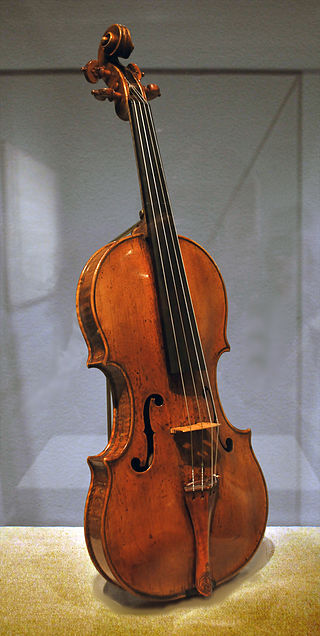

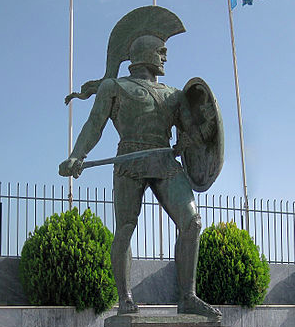
-11000 Livestock. Pigs and sheep
-7000 Alcohol fermentation
-5000 Copper
-4000 Wheel
-3500 Horse domesticated
-3300 Writing
-800 Oracle of Delphi
-776 Sports. First Olympic games
-770 Spartan Constitution. Lycurgus
-556 Mahavira begins preaching
-530 Buddha begins preaching
-534 First theatre competition in Athens, won by Thespis
-530 Musical tuning based on frequency ratios. Pythagoras
-511 Athenian Constitution. Cleisthenes
-509 Roman Republic founded
-469 Socrates born
-428 Plato born
-384 Aristotle born
-300 Stoicism. Zeno
0 Christianity
100 Nervous system is connected to muscles. Rufus
1440 Printing press. Gutenberg
1492 Tobacco introduced to Europe
1585 Decimal numbers. Stevin. Modern mathematics follows, including the Calculus
1600 Polyphonic music developed, launching the Baroque era. Stevin's mathematics contributed
1660 English Royal Society founded
1712 Steam engine. Newcomen. Expands humanity's ability to travel
1743 American Philosophical Society founded by Franklin
1750 Cumberland gap discovered. Golden age of American frontiersmanship
1789 American Constitution and Bill of Rights
1800 Electrochemistry. Volta. Telegraphs follow
1812 Benjamin Rush publishes a medical textbook
1833 Telegraph. Gauss. Humanity's ability to communicate expands
1928 Game theory established by von Neumann
1950 Arrow theorem of elections
1950 Air travel becomes widespread
1970 Eastern philosophy introduced to the West through kung fu films
1994 Internet becomes widespread. Html is the enabling technology
2000 Cell phones become widespread
2000 Alexander Technique and The Feldenkrais Method become widespread
2005 Social media becomes widespread
2010 Smartphones become widespread
2015 Virtual assistants become widespread, such as Alexa and Siri
2020 Smart watches become widespread
2021 The plague forces humanity to stay home and socialize online
2025 Cybernetic implants become widespread
2025 Autonomous vehicles become widespread
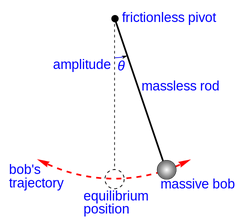
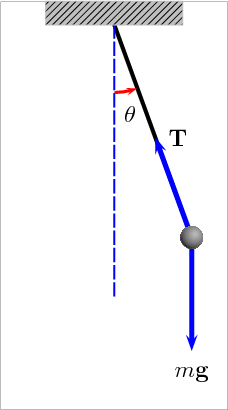
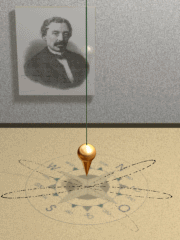
-2000 System of hours, minutes, and seconds developed in Sumer
-300 Water clock developed in Ancient Greece
100 Zhang Heng constructs a seismometer using pendulums that was capable of
detecting the direction of the Earthquake.
1300 First mechanical clock developed.
1400 Spring-based clocks developed.
1500 Pendulums are used for power, for machines such as saws, bellows, and pumps.
1582 Galileo finds that the period of a pendulum is independent of mass
and oscillation angle, if the angle is small.
1636 Mersenne and Descartes find that a pendulum was not perfectly isochronous.
The period increases with amplitude.
1656 Huygens builds the first pendulum clock, delivering a precision of
15 seconds per day. Previous devices had a precision of 15 minutes per day.
Fron this point on pendulum clocks were the most accurate timekeeping devices
until the development of the quartz oscillator was developed in 1921.
1657 Balance spring developed by Hooke and Huygens, making possible portable
pocketwatches.
1658 Huygens publishes the result that pendulum rods expand when heated.
This was the principal error in pendulum clocks.
1670 Previous to 1670 the verge escapement was used, which requires a large angle.
The anchor escapement mechanism is developed in 1670, which allows for a smaller
angle. This increased the precision because the oscillation period is
independent of angle for small angles.
1673 Huygens publishes a treatise on pendulums.
1714 The British Parliament establishes the "Longitude Prize" for anyne
who could find an accurate method to determine longitude at sea.
At the time there was no clock that could measure time on a moving ship
accurately enough to determine longitude.
1721 Methods are developed for compensating for thermal expansion error of a pendulum.
1726 Gridiron pendulum developed, improving precision to 1 second per day.
1772 Harrison builds a clock which James Cook used in his exploration of the Pacific.
Cook's log is full of praise for the watch and the charts of the Pacific
Ocean were remarkably accurate.
1772 Harrison gives one of his clocks to King George III, who personally tested it and
found it to be accurate to 1/3 of one second per day. King George III advised
Harrison to petition Parliament for the full Longitude Prize after threatening
to appear in person to dress them down.
1851 Foucault shows that a pendulum can be used to measure the rotation period of
the Earth. The penulum swings in a fixed frame and the Earth rotates with
respect to this frame. In the Earth frame the pendulum appears to precess.
1921 Quartz electronic oscillator developed
1927 First quartz clocks developed, which were more precise than pendulum clocks.
-240 Eratosthenes measures the Earth's circumference to 20% error.
-240 Aristarchus proves that the sun is at least 10 times larger than the Earth
using lunar eclipses.
150 Ptolemy publishes The Almagest with the geocentric model
550 Aryabhata publishes accurate measurements of size of the sun and moon
1543 Copernicus publishes a heliocentric model.
1600 Brahe measures accurate planet positions
1608 Lippershey invents the telescope
1609 Galileo builds a telescope and begins observing
1609 Kepler proves that planets orbit as ellipses using Brahe's data
1613 Galileo publishes observations of the phases of Venus, which support
the heliocentric model
1632 Galileo publishes the "Dialogue Concerning the Two Chief World Systems",
which contained a comparison of the systems of Ptolemy and Copernicus
1672 Richter and Cassini measure the parallax of Mars, producing a precise
value for the size of the sun
1687 Newton publishes the Principia Mathematica, which contained the calculus,
the laws of motion (F=MA), and a proof that planets orbit as ellipses.
1718 Halley finds that the stars move. He found that Sirius, Arcturus and
Aldebaran were 1/2 of a degree from the positions charted by the Ancient
Greek astronomer Hipparchus
1783 Herschel finds that the solar system is moving with respect to the stars
1826 Olbers' paradox. If the stars in the universe are uniformly distributed
and if the universe is infinite, then the sky would appear infinitely bright
with stars.
1863 Bessel measures the first stellar parallax, showing that the
stars are more than 4 light years away. This also implies that stars
are as luminous as the sun.
The parallax of stars is too small to see without a telescope.
1905 Einstein publishes special relativity
1915 Einstein publishes the general theory of relativity.
Einstein shows that general relativity is consistent with the existence
of a cosmological constant. At the time the cosmological constant was a
proposed explanation for why the universe hasn't collapsed gravitationally.
1920 Shapley finds that the sun is not at the center of the galaxy.
Because starlight is absorbed by interstellar gas, we only see the nearby
stars and it appears as though we live at the center of a disk of stars.
Shapley measured the distances to globular clusters and found that they
are centered on a point (the galactic center) that is far from the sun.
1922 Friedmann finds a solution to the equations of general relativity that
are consistent with an expanding universe.
1923 Hubble measures the distances to Andromeda and Triangulum and finds that
they are outside the Milky Way. These were the first objects to be shown
to be outside the Milky Way.
1929 Hubble's law published. For distant galaxies, the recession velocity is
proportional to distance.
1933 Zwicky's analysis of the Coma cluster of galaxies shows that they contain
unseen matter that is not due to stars.
1965 Penzias and Wilson discover the cosmic microwave background radiation.
1970 Rubin and Ford measure galactic rotation and show that galaxies contain
matter that is not due to stars.
1980 Guth and Starobinsky propose the theory of inflation to explain why the
universe is flat
1998 Observations of supernovae show that the expansion of the universe is
accelerating and the the cosmological constant is positive.
Previous to this it was not known if the universe was destined for
collapse (big crunch) or for infinite expansion (big chill).
2003 WMAP mission measures the Hubble constant to 5% precision, as well as
other cosmological parameters.
Previous to this, the Hubble constant had an error of ~ 20%.
This settled once and for all the question of the overall structure of the
universe.
Speed of light = C
Earth-sun distance = R
Earth orbital velocity = V
Earth orbital time (1 year) = T = 2 π R / V
Time for light to cross the Earth's orbit= t = 2 R / C
~808 Qing Xuzi publishes a formula resembling gunpower, consisting of
6 parts sulfur, 6 parts saltpeter, and 1 part birthwort herb (for carbon).
~850 Incendiary property of gunpower discovered
1540 Biringuccio publishes "De la pirotechnia", giving recipes for gunpowder
1661 Boyle publishes "The Sceptical Chymist", a treatise on the
distinction between chemistry and alchemy. It contains some of the
earliest modern ideas of atoms, molecules, and chemical reaction,
and marks the beginning of the history of modern chemistry.
1662 Boyle discovers that for air at fixed temperature,
Pressure * Volume = Constant
1663 Guericke invents the first electrostatic generator, which uses
mechanical work to separate charge. Generators were refined until
they were superceded by the battery.
1671 Boyle discovers that combining iron filings and acid produces hydrogen gas.
1754 Black isolates CO2
1758 Black formulates the concept of latent heat to explain phase transitions
1766 Cavendish identifies hydrogen as a colorless, odourless gas that burns
in air.
1772 Scheele produces pure oxygen gas by heating HgO.
1774 Priestly produces pure oxygen gas by focusing sunlight on HgO.
He noted that it is combustible and that it gives energy when breathed.
1745 von Kleist invents the capacitor, a device for storing charge generated
by an electrostatic generator.
1746 van Musschenbroek refines the capacitor, which comes to be known as a
"Leyden jar".
1777 Lavoisier finds that in the reaction tin+oxygen, mass is conserved.
He also finds that oxygen is not the only component of air, that air also
consists of something else.
1780 Galvani observes that when a frog leg is touched by an iron scalpel,
it twitches. This was the inspiration for Volta to invent the battery.
1781 Cavendish finds that buring hydrogen + oxygen produces water.
1787 Charles finds that for air at constant pressure,
Volume = Constant * Temperature
He also finds that this applies for O2, N2, H2, and CO2.
1789 Lavoisier publishes "Traite Elementaire de Chimie", the first modern
chemistry textbook. It is a complete survey of (at that time) modern
chemistry, the law of conservation of mass.
1791 Volta develops the first electrochemical cell, consisting of two different
metals separated by a moist intermediary.
1797 Proust proposes the law of definite proportions, that elements
combine in small whole number ratios to form compounds.
1800 Volta constructs the first "battery" by connecting multiple electrochemical
cells in parallel, increasing the output power and voltage.
1801 Dalton publishes the law of partial pressures.
The pressure of a mix of gases is equal to the sum of the pressures
of the components. He also finds that when a light and heavy gas are mixed,
the heavy gas does not drift to the bottom but rather fills the space
uniformly.
1805 Gay-Lussac and Humboldt find that water is formed of two volumes of
hydrogen gas and one volume of oxygen gas.
1809 Gay-Lussac finds that for an ideal gas at constant volume,
Pressure = Constant * Temperature
1811 Avogadro finds that equal volumes of different gases have the same number
of particles. At constant temperature and pressure,
Volume = Constant * NumberOfParticles
1811 Avogadro arrives at the correct interpretation of water's composition,
based on what is now called Avogadro's law and the assumption of diatomic
elemental molecules
1840 Hess finds that energy is conserved in chemical reactions
1848 Lord Kelvin establishes concept of absolute zero, the temperature at
which all molecular motion ceases.
1860 Cannizzaro publishes a table of atomic weights of the known elements
1864 Gulberg and Waage propose the law of mass action
1869 Mendeleev publishes a periodic table containing the 66 known elements
1876 Gibbs publishes the concept of "Gibbs free energy"
1877 Boltzmann defines entropy and develops thermodynamics
1877 Pictet freezes CO2 and liquefies oxygen.
Liquification enables the purification of gases.
1894 Ramsay discovers the noble gases, filling a large and unexpected gap in
the periodic table
1635 Gassendi measures the speed of sound to be 478 m/s with 25% error.
1660 Viviani and Borelli produce the first accurate measurement of the speed of
sound, giving a value of 350 m/s.
1660 Hooke's law published. The force on a spring is proportional to the change
in length.
1662 Boyle discovers that for air at fixed temperature,
Pressure * Volume = Constant
Hence, air obey's Hooke's law
1687 Newton publishes the Principia Mathematica, which contains the first analytic
calculation of the speed of sound. The calculated value was 290 m/s
and the true value is 342 m/s (at 20 Celsius).
Newton's result was the first solid evidence for the existence of atoms. His
result differed from the correct value because it had not yet been discovered
that air heats when compressed. If you add this effect you get the right
value.
1789 Lavoisier publishes "Traite Elementaire de Chimie", the first modern
chemistry textbook. It is a complete survey of (at that time) modern
chemistry, the law of conservation of mass.
1797 Proust proposes the law of definite proportions, that elements
combine in small whole number ratios to form compounds.
1801 Dalton publishes the law of partial pressures.
The pressure of a mix of gases is equal to the sum of the pressures
of the components. He also finds that when a light and heavy gas are mixed,
the heavy gas does not drift to the bottom but rather fills the space
uniformly.
1805 Gay-Lussac and Humboldt find that water is formed of two volumes of
hydrogen gas and one volume of oxygen gas.
1809 Gay-Lussac finds that for an ideal gas at constant volume,
Pressure = Constant * Temperature
1811 Avogadro finds that equal volumes of different gases have the same number
of particles. At constant temperature and pressure,
Volume = Constant * NumberOfParticles
1811 Avogadro arrives at the correct interpretation of water's composition,
based on what is now called Avogadro's law and the assumption of diatomic
elemental molecules
1860 Cannizzaro publishes a table of atomic weights of the known elements
1869 Mendeleev publishes a periodic table containing the 66 known elements
1877 Boltzmann defines entropy and develops thermodynamics
All of these results support the hypothesis that matter is composed of atoms,
but there was no known experiment sensitive enough to measure the size and mass
of an individual atom.
Wavelength of violet light = 4e-7 meters
Diameter of an iron atom = 2e-10 meters
Violet photons are much larger than atoms and so you can't see atoms in an optical
microscope.
1905 Einstein publishes a method for measuring the mass of an atom using
Brownian motion
1908 Perrin uses Einstein's method to produce the first measurement of the mass of
an atom. This is equivalent to measuring the value of Avogadro's number.
Minutephysics atoms
-600 Thales discovers static electricity
-600 Thales discovers natural magnets, which are magnetized magnetite (Fe3O4)
-250 Magnetic compass invented
1600 Gilbert publishes a treatise on electromagnetism
1663 Guericke invents the first electrostatic generator, which uses
mechanical work to separate charge. Generators were refined until
they were superceded by the battery.
1745 von Kleist invents the capacitor, a device for storing charge generated
by an electrostatic generator.
1746 van Musschenbroek refines the capacitor, which comes to be known as a
"Leyden jar".
1748 Franklin determines that there are two types of charge, positive and
negative, and that charge is conserved.
1752 Franklin discovers the link between lightning and electricity by using a
kite to transfer charge from lightning to a Leyden jar.
1780 Galvani observes that when a frog leg is touched by an iron scalpel,
it twitches. This was the inspiration for Volta to invent the battery.
1785 Coulomb discovers the electric force law
1791 Volta develops the first electrochemical cell, consisting of two different
metals separated by a moist intermediary.
1800 Volta constructs the first "battery" by connecting multiple electrochemical
cells in parallel, increasing the output power and voltage.
In 1836 Daniell refined the battery, making it suitable for industrial use
1820 Oersted finds that an electric current produces a magnetic field
1820 Ampere finds that electric currents attract each other
1831 Faraday finds that a changing magnetic field produces an electric field
1861 Maxwell finds that a changing electric field produces a magnetic field
1862 Maxwell unifies the previous discoveries about currents and magnetic
fields with "Maxwell's equations"
1864 Maxwell finds that light is an electromagnetic wave
This theory predicts a paradox, that the speed of light is invariant
1883 Wimshurst machine invented for using induction to separate charge
1884 Heaviside invents the vector calculus and uses it to simplify Maxwell's
equations
1887 Hertz achieves the first detection of electromagnetic waves
1887 Michelson-Morley experiment finds that the speed of light is invariant
1889 Heaviside publishes the force law for a charge moving in a magnetic field
1892 Lorentz discovers the "Lorentz transform" for special relativity
This offered an explanation for the Michelson-Morley experiment
1904 Lorentz finds that the Lorentz transform resolves the paradoxes of
Maxwell's equations
1905 Einstein and Poincare each publish a complete formulation of the
theory of special relativity
1650 Guericke builds the first vacuum pump
1660 Boyle's law for a gas at constant temperature: Pressure * Volume = Constant
1676 Leibniz defines kinetic energy and notes that it is conserved in many
mechanical processes
1698 Savery develops a steam engine
1702 Amontons introduces the concept of absolute zero, based on observations of gases
1761 Black discovers that ice absorbs heat without changing its temperature when
melting
1776 Smeaton publishes a paper on experiments related to power, work, momentum,
and kinetic energy, supporting the conservation of energy
1777 Scheele distinguishes heat transfer by thermal radiation from that by
convection and conduction
1791 Prevost shows that all bodies radiate heat, no matter how hot or cold they are
1798 Thompson performs measurements of the frictional heat generated in
boring cannons and develops the idea that heat is a form of kinetic energy
1802 Gay-Lussac publishes Charles's law.
For a gas at constant pressure, Temperature * Volume = Constant
1802 Gay-Lussac publishes Gay-Lussac's law.
For a gas at constant volume, Temperature * Pressure = Constant
1804 Leslie observes that dark surfaces radiate heat more effectively than
light-colored surfaces.
1810 Leslie freezes water to ice artificially
1819 Dulong and Petit find that the heat capacity of a crystal is proportional to the
number of atoms
1824 Carnot analyzes the efficiency of steam engines; he develops the notion of a
reversible process and, in postulating that no such thing exists in nature,
lays the foundation for the second law of thermodynamics, and initiating the
science of thermodynamics
1827 Brown discovers the Brownian motion of pollen and dye particles in water
1831 Melloni demonstrates that infrared radiation can be reflected, refracted,
and polarized in the same way as light
1834 Clapeyron combines Boyle's Law, Charles's Law, and Gay-Lussac's Law to
produce a Combined Gas Law.
Pressure * Volume = Constant * Temperature
1842 Mayer calculates the equivalence between heat and kinetic energy
1847 Helmholtz publishes "On the Conservation of Force", where energy is used to
connect mechanics, heat, light, electricity and magnetism.
1752 Dalibard uses a lightening rod to validate Franklin's hypothesis.
1909 Millikan and Fletcher use the "Oil drop" experiment to obtain the first
measurement of the electron mass and charge. They find that the electron
mass is 2000 times smaller than a hydrogen atom.
1947 Franklin finds that electricity is composed of positive and
negative charge and that charge is conserved.
1750 Franklin proposes an experiment to prove that lightening is electricity
by flying a kite in a lightening storm.
1909 Rutherford, Geiger, and Marsden use the "Rutherford scattering" experiment
to show that the nucleus is much smaller than the atom.
Size of atom ~ 2e-10 meters
Size of nucleus ~ 2e-15 meters
Phet simulation on Rutherford scattering
1635 Gassendi measures the speed of sound to be 478 m/s with 25% error.
1660 Viviani and Borelli produce the first accurate measurement of the speed of
sound, giving a value of 350 m/s.
1660 Hooke's law published. The force on a spring is proportional to the change
in length.
1662 Boyle discovers that for air at fixed temperature,
Pressure * Volume = Constant
1687 Newton publishes the Principia Mathematica, which contains the first analytic
calculation of the speed of sound. The calculated value was 290 m/s.
The fact that Newton's calculation differed from the measured speed was the first
solid clue for the existence of atoms, and it also contained a clue for quantum
mechanics.
In Newton's age it was not known that a gas heats if compressed. If you include
this effect you get the correct value for the speed of sound. The fact that
a gas heats when compressed is due to the fact that a gas is composed of atoms.
1859 Kirchhoff finds that the blackbody spectrum depends only on temperature
1877 Boltzmann suggests that the energy levels of a physical system could be
discrete based on statistical mechanics and mathematical arguments
1887 Hertz discovers the photoelectric effect, that light can eject electrons
from a material
1888 Rydberg measures the emission frequencies of the hydrogen atom
1900 Planck finds if you assume photon energy is quantized, the correct blackbody
spectrum emerges
1905 Einstein interprets the photoelectric effect as being caused by discrete
packets of light (photons)
1907 Rutherford discovers the nucleus with the "Rutherford scattering" experiment
1909 Taylor demonstrates that the diffraction pattern of light through a double
slit is preserved even if the photons are emitted one at a time
1909 Einstein shows that the Planck law implies that photons carry momentum
1803 Young discovers the diffraction of light, suggesting that light is a wave
1861 Maxwell develops the "Maxwell's equations", unifying electricity and magnetism
1864 Maxwell finds that light is an electromagnetic wave
1900 Planck solves the blackbody problem by assuming that photon energy is quantized as
E = h F
1905 Einstein publishes the "photoelectric effect" experiment, providing the first
direct measurement of photon energy and momentum.
1905 Theory of special relativity completed.
1913 Bohr model of the atom published
1924 de Broglie postulates that for particles with mass,
Momentum * Wavelength = PlanckConstant
1927 Davisson and Germer experimentally verify the de Broglie relation for electrons.


1624 Slide rule age begins when Wingate publishes a table of logarithms
1630 Oughtred builds a circular slide rule
1632 Oughtred develops the modern design for the slide rule
1677 First commercial slide rule
1976 Slide rule era ends when Texas Instruments creates the
electronic calculator, available for $104 in 2015 dollars.
1585 Simon Stevin introduces decimal numbers to Europe. (for example, writing 1/4 as .25)
1586 Simon Stevin drops objects of varying mass from a church tower to demonstrate that
acceleration is independent of mass.
1604 Galileo publishes the mathematical description of acceleration.
1614 Logarithms invented by John Napier.
1637 Cartesian geometry published by Fermat and Descartes.
This was the crucial development that triggered an explosion of mathematics
and opened the way for the calculus.
1684 Leibniz publishes the calculus
1687 Newton publishes the Principia Mathematica, which contained the calculus,
the laws of motion (F=MA), and a proof that planets orbit as ellipses.
1733 Euler develops the calculus of variations
1762 Lagrange discovers the divergence theorem, the 2D generalization of the fundamental
theorem of calculus. The surface flux integral equals the volume divergence integral.
1788 Lagrangian mechanics published
1821 Cauchy publishes the "epsilon-delta" definition of a limit, raising the
level of rigor in mathematics.
1822 Fourier transform published
1828 Green's theorem. In 2D, the circulation line integral equals the curl area integral
1833 Hamiltonian mechanics published
1834 Eikonal approximation developed by Hamilton
1850 Kelvin-Stokes theorem. 3D generalization of Green's theorem
1854 Stokes theorem. Generalization of the Kelvin-Stokes theorem
1854 Riemann Integral published, the first rigorous definition of an integral
1854 Chebyshev polynomials
1863 Helmholtz publishes "On the Sensations of Tone"
1870 Heine defines "uniform continuity"
1872 Heine proves that a continuous function on an open interval need not be
uniformly continuous.
1872 Weierstrass publishes the "Weierstrass function", the first example of
a function that is continuous everywhere and differentiable nowhere.
1877 Lord Rayleigh publishes "Theory of Sound"
1887 Poincare discovers the phenomenon of chaos while studying celestial mechanics
1926 WKB theory published
1935 Bourbaki textbooks published, with the aim of reformulating mathematics on
an extremely abstract and formal but self-contained basis. With the goal
of grounding all of mathematics on set theory, the authors strove for rigour
and generality.
1978 "Bender & Orszag" textbook published. Art of blending special functions
like Scotch.
1986 "Numerical Recipes" textbook on algorithms published
1585 Stevin introduces decimal numbers. (For example, writing 1/8 as 0.125)
1637 Cartesian geometry published by Fermat and Descartes
1684 Leibniz publishes The Calculus
1761 Lambert proves that Pi is irrational
1821 Cauchy publishes the "epsilon-delta" definition of a limit,
which brought rigor to The Calculus.
1830 Galois publishes "Galois Theory", which explains why
a general polynomial equation of order n can be solved in terms of radicals
only if n <= 4.
1844 Louisville proves the existence of transcendental numbers
1851 Louisville constructs the first transcendental number
1854 Riemann publishes the Riemann Integral, the first rigorous definition
of an integral.
1859 Riemann Hypothesis published
1860 Grassmann studies the question of the axiomatization of arithmetic.
1870 Heine defines "uniform continuity"
1872 Heine proves that a continuous function on an open interval need not be
uniformly continuous.
1872 Weierstrass publishes the "Weierstrass function", the first example of
a function that is continuous everywhere but differentiable nowhere.
1873 Hermite proves that "e" is transcendental
1874 Cantor proves that the algebraic numbers are countable and that
the real numbers are uncountable, using the "diagonal slash" argument.
1874 Cantor publishes the first attempt at a rigorous set theory.
1878 Cantor proves that the transcendental numbers and the real numbers have
the same cardinality, thus estabilishing the ubiquity of transcendental numbers
1878 Cantor publishes the "Continuum Hypothesis":
"There is no set whose cardinality is strictly between that of the integers
and the real numbers."
In 1900, Hilbert included the question of the Continuum Hypothesis in his
list of 23 unsolved problems.
1882 Lindemann proves that Pi is transcendental. A corollary is the imposibility
of squaring a circle with a compass and straightedge.
1883 Cantor publishes the Cantor Set, a rich source of counterexamples
1887 Poincare discovers the phenomenon of "Chaos" while studying celestial mechanics.
There exist orbits that are neither unbounded nor limiting to a stable state.
1889 Peano publishes a set of axioms for arithmetic which are now the standard.
1898 Hadamard defines a dynamical system where all orbits exponential diverge from
each other with a positive Lyapunov exponent.
1900 Hilbert publishes a list of 23 unsolved problems. They include:
The Continuum Hypothesis (proved independent of ZFC by Godel)
Prove that the axioms of arithmetic are consistent. (proved impossible by Godel)
The Riemann Hypothesis (still unresolved)
What is the densest sphere packing? (resolved in 1998)
1901 Russell publishes "Russell's Paradox", which shows that Cantor's set theory
leads to a contradiction. This was resolved in 1922 by the Zermelo-Fraenkel
axioms of set theory.
1904 Lebesgue publishes the Lebesque Integral, a generalization of the
Riemann Integral.
"Lebesgue Measure" is the standard way of assigning a measure to subsets of
n-dimensional Euclidean space. For n = 1, 2, or 3, it coincides with the
standard measure of length, area, or volume.
The Lebesgue measure of the set of rational numbers in the interval [0,1]
is 0, and the real numbers on this interval have measure 1.
The Cantor set is an example of an uncountable set that has Lebesgue measure zero.
1904 Poincare Conjecture published
1904 Zermelo defines the Axiom of Choice.
Previously, mathematicians had been using this axiom implicitly without realizing
it.
Kronecker's opposition to Cantor's theories became the inspiration for
the mathematical outlook of "Constructivism", which asserts that it is
necessary to construct a mathematical object to prove that it exists (proving
its nonexistence does not imply its existence).
Constructivism is at odds with the Axiom of Choice and the Law of the Excluded
Middle.
1922 Zermelo-Fraenkel axioms of set theory developed (ZF). This resolved
Russell's Paradox.
1924 Banach-Tarsky paradox published, exhibiting a spooky consequence of the
Axiom of Choice.
1931 Godel proves the Incompleteness Theorems.
For any set of axioms that are nontrivial and consistent,
there will exist statements about the natural numbers that are true but
cannot be proven within the system.
Also, the system cannot prove its own consistency.
Cantor's "diagonal slash" argument was an inspiration for these theorems.
1935 Bourbaki textbooks published, with the aim of reformulating mathematics on
an extremely abstract and formal but self-contained basis. With the goal
of grounding all of mathematics on set theory, the authors strove for rigour
and generality.
1940 Godel proves that the Axiom of Choice and the Continuum Hypothesis cannot be
disproved with the Zermelo-Fraenkel axioms (ZF).
He also established that the Continuum Hypothesis cannot be disproved
even if the Axiom of Choice is added to the Zermelo-Fraenkel axioms (ZFC).
1961 Lorenz finds that computer simulations of weather have extreme sensitivity to
initial conditions.
1963 Cohen proves that the Axiom of Choice and the Continuum Hypothesis cannot be
proved with the Zermelo-Fraenkel axioms, establishing that they are
independent of ZF.
1967 Mandelbrot publishes examples of fractals from nature
1967 Bishop publishes "Foundations of Constructive Analysis", where he proved
most of the important theorems in real analysis by constructive methods.
1982 Mandelbrot publishes "The Fractal Geometry of Nature"
1983 Langlands Program published
1994 Wiles proves Fermat's Last Theorem
2000 Millenium Prize problems published. They include:
The Riemann Hypothesis
P versus NP
The Poincare Conjecture
Navier–Stokes existence and smoothness
2002 Perelman proves the Poincare Conjecture
2009 Chau proves the Fundamental Lemma for the Langlands Program
2013 Zhang and Maynard publish results that constitute progress toward resolving
the twin prime conjecture.
Define a function between the positive integers and the rational numbers on the
interval [0,1].
f(1) = 0
f(2) = 1
f(3) = 1/2
f(4) = 1/3
f(5) = 2/3
f(6) = 1/4
f(7) = 3/4
f(8) = 1/5
f(9) = 2/5
f(10) = 3/5
f(11) = 4/5
f(12) = 1/6
f(13) = 5/6
f(14) = 1/7
f(15) = 2/7
f(16) = 3/7
etc.
Every rational number corresponds to a unique integer and every integer
corresponds to a unique rational number (a "bijection").
Rational number Expressible as A/B, where A and B are integers.
Irrational number Not a rational number.
Algebraic number Expressible as the root of a non-zero polynomial
with integer coefficients.
Transcendental number Not an algebraic number.
Suppose we attenpt to count the real numbers on the interval [0,1].
Let X=f(I) be a bijection between the positive integers I and the reals X,
where every real number X is represented by some integer I.
Let g(X,n) be the nth digit of X to the right of the decimal point.
Define a number Z such that g(Z,n) = g(f(n),n).
Z is not equal to f(I) for any integer I, and so Z is not present in the
counting. Any attempt to count the reals will result in at least one missed
number, hence the reals are uncountable. We say that the integers are
"countably infinite" and the reals are "uncountably infinite".
Integers < Rational numbers < Algebraic numbers < Transcendental numbers
A countable set has Lebesgue measure zero.
In terms of Lebesgue measure over the interval [0,1],
0 = Rational numbers = Algebraic numbers < Transcendental numbers = Real numbers = 1
Two sets have the same "cardinality" if and only if a bijection exists between them.
In terms of cardinality,
Integers = Rational numbers = Algebraic numbers < Transcendental numbers = Real numbers
In terms of cardinality, real numbers are infinitely more numerous than
algebraic numbers.
Integers < S < Real numbers
-3000 Coal is used to smelt copper in Britain
1700 5/6 of the world's coal is mined in Britain
1800 Volta invents the battery
1830 Faraday develops the generator for converting mechanical to electric energy
1856 Bessemer process developed to transform pig iron to steel
1882 First commercial electricity plants, using hydro or coal power
1884 Sir Parsons develops the steam turbine, which today is used for 80% of electrical power
CaO Calcium oxide Lime
Al2O3 Aluminum oxide
SiO2 Silicon dioxide Rock, quartz
CaCO3 Calcium carbonate Limestone
CO2 Carbon dioxide
Al2O3⋅SiO2 Aluminum silicate Volcanic ash, andalusite, kyanite, sillimanite
CaSO4⋅2(H2O) Gypsum
Fe2O3 Iron(III) oxide Rust
Non-hydraulic cement hardens upon contact with CO2 in the air and cannot be
set in the presence of water.
CaCO3 → CaO + CO2 Heat for 10 hours at above 825 Celcius
CaO + H2O → Ca(OH)2 Add water and then let dry
Ca(OH)2 + CO2 → CaCO3 + H2O Hardens in the presence of CO2
Hydraulic cement is made from a mixture of
2(CaO)⋅SiO2 Belite
3(CaO)⋅SiO2 Alite
3(CaO)⋅Al2O3 Tricalcium aluminate
4(CaO)⋅Al2O3⋅Fe2O3 Brownmillerite
Portland cement is a hydraulic cement.
Ancient Babylon Bitumen (asphalt). Viscous petroleum
Ancient Egypt Sand and burnt gypsum
Ancient Greece and Rome Hydraulic cement
1780 James Parker advances the art of hydraulic cement
1840 Aspdin develops "Portland cement"
Portland cement:
CaO .63
SiO2 .219
Al2O3 .069
Fe2O3 .03
MgO .025
SO3 .017
Portland cement is the most widely used modern cement. It is made by heating
limestone (calcium carbonate) with other materials (such as clay) to 1450
Celsius. The resulting hard substance is ground into powder and mixed with
gypsum and water, after which it hardens.
Egypt Rome Europe Modern
1500 BC 0 AD 1300 AD
Silica SiO2 65 68 53 73
Soda NaO2 20 16 3 16
Potash K2O 2 .5 17 .5
Lime CaO 4 8 12 5
Magnesia MgO 4 .5 7 3
Numbers are percentages.
Ship Type Displace Year
Mkg
Trireme Battleship .040 Ancient Greece
Santa Maria Explorer .15 1942 Columbus' flagship
HMS Victory Battleship 3.50 1765 UK
Virginia Battleship 4.1 1862 Confederacy Ironclad
Monitor Battleship 1.00 1862 Union Ironclad
Texas Battleship 6.42 1892 USA
Bismarck Battleship 41.7 1940 Germany
Yamato Battleship 74.2 1941 Japan
Musashi Battleship 68.2 1942 Japan
Iowa Battleship 48.5 1942 USA
New Jersey Battleship 58.1 1943 USA
Langley Carrier 12.9 1912 USA
Lexington Carrier 33.0 1927 USA
Lexington Carrier 48.5 1928 USA
Kaga Carrier 38.2 1929 Japan
Yorktown Carrier 36.4 1943 USA
Shimano Carrier 64.8 1944 Japan
T Roosevelt Carrier 106.3 1986 USA
Titanic Cruise 52.3 1912 UK
Wonder Sea Cruise 267 2022
Symphony Sea Cruise 228.1 2018 Bahamas
Petrobras 36 Oil rig 56.6 1995 Brazil
Champs Elysee Cargo 236.6 2020 France
Batillus Supertanker 275.3 1976 France
Pioneering Crane 403.3 2016 Malta
1920 Commercial radio broadcasts begin
1934 Commercial television appears
1941 RCA begins broadcasting 525-line television. Television becomes widespread
1954 First color television broadcast
1965 Half of broadcasts are in color
1972 All broadcasts are in color
2008 Digital television era begins. All television is digital by 2010
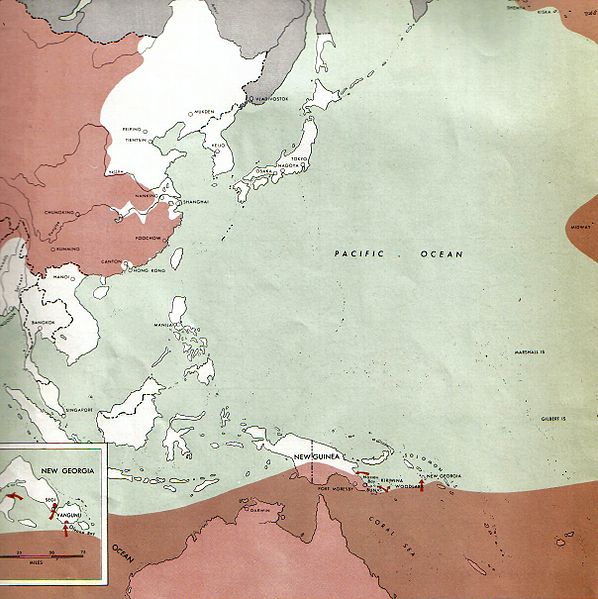
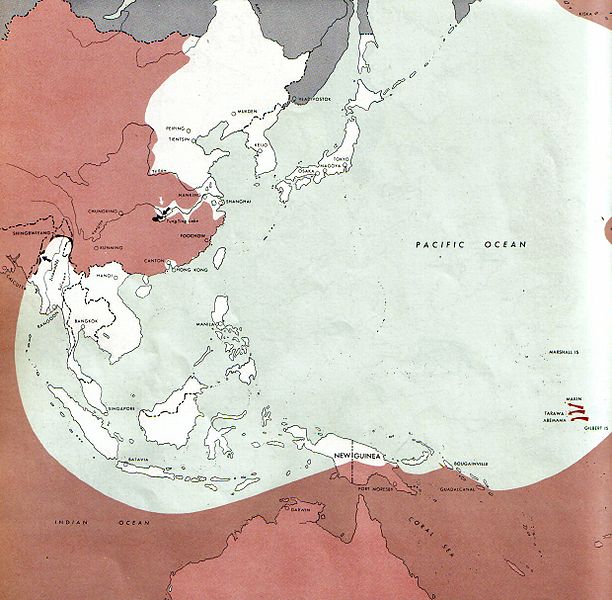
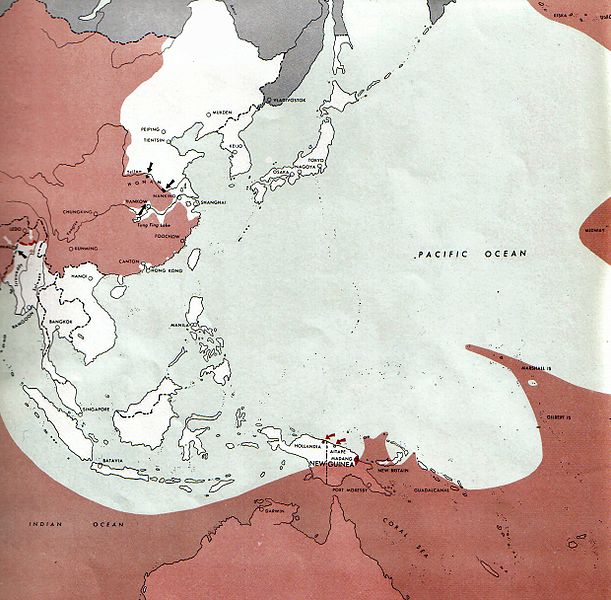
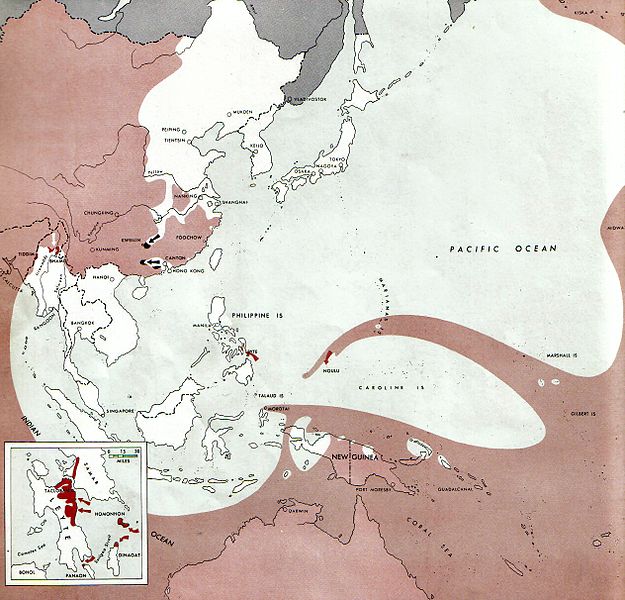
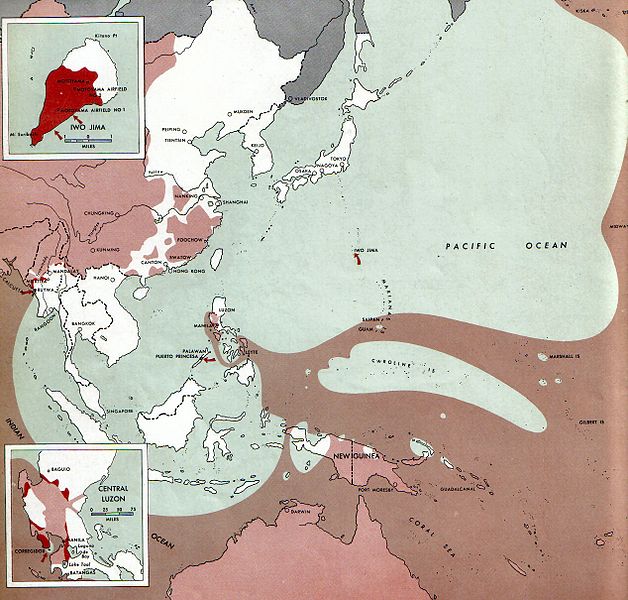
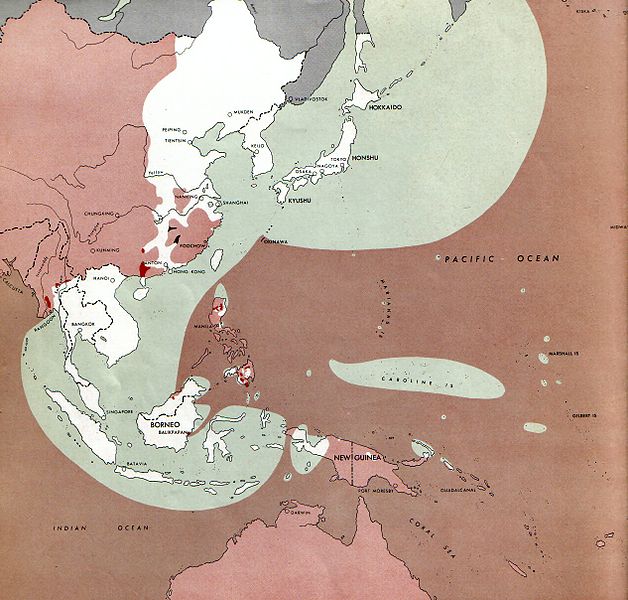
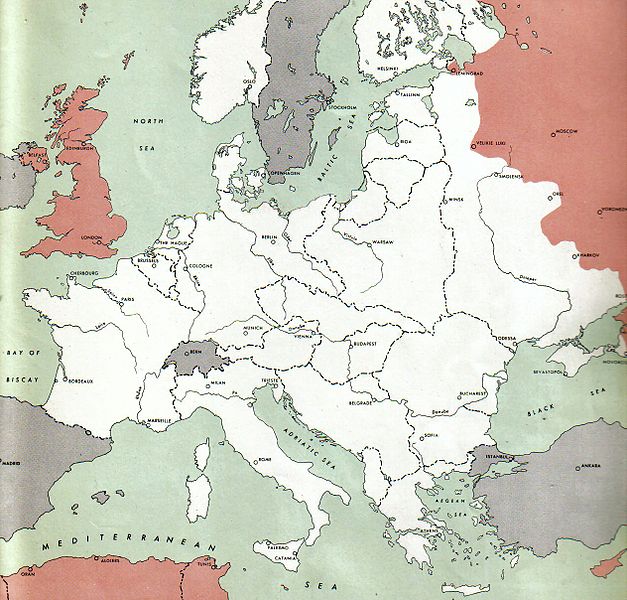
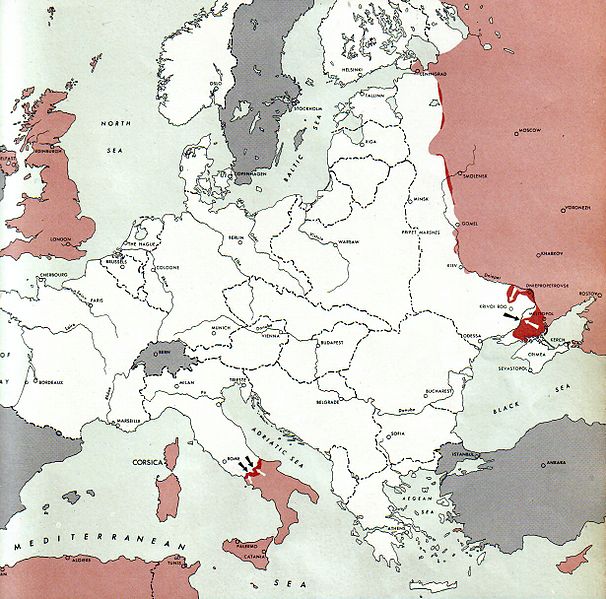
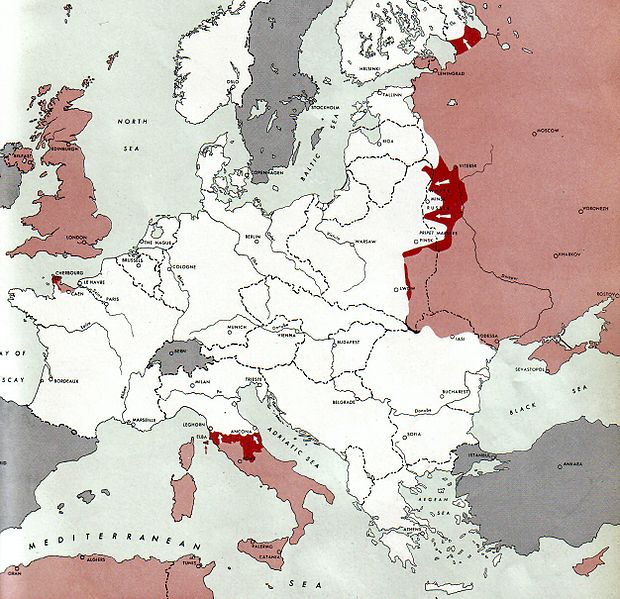
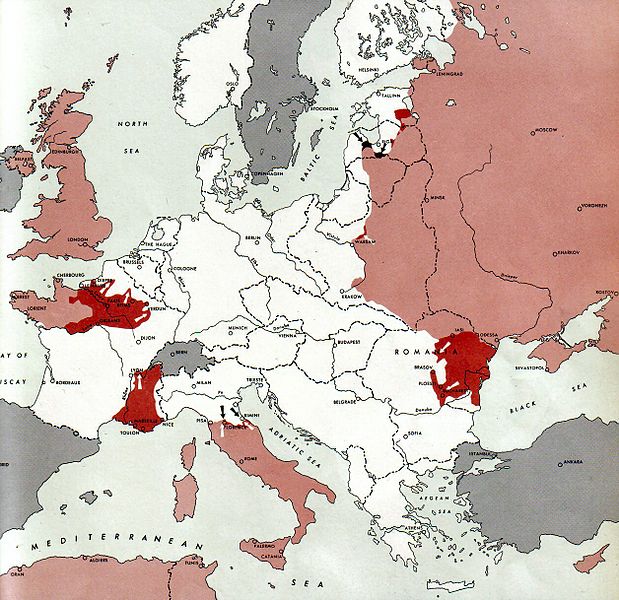
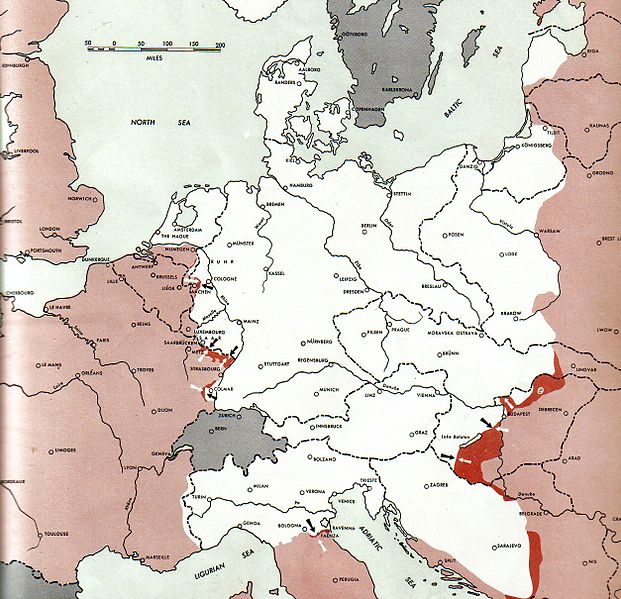
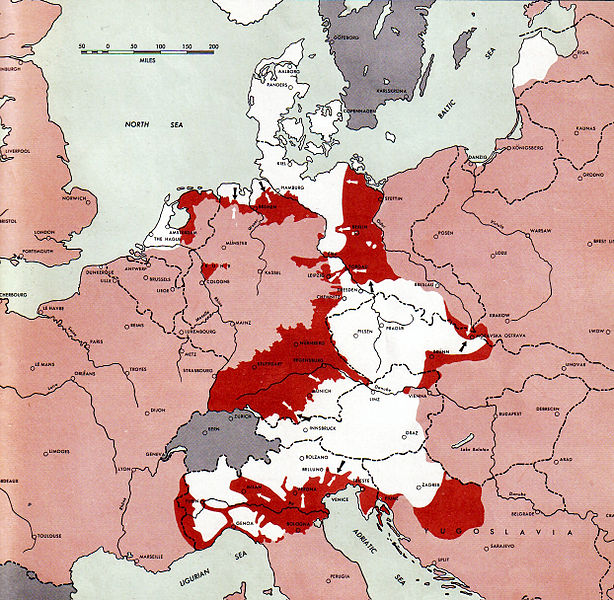
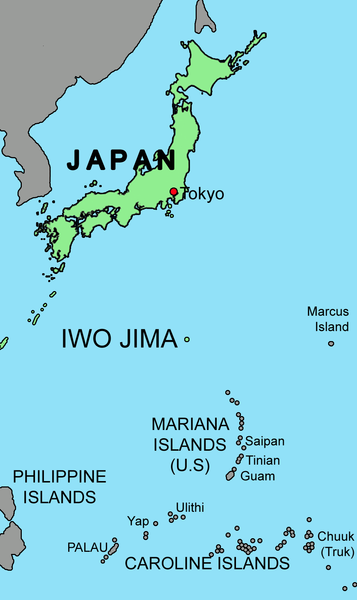
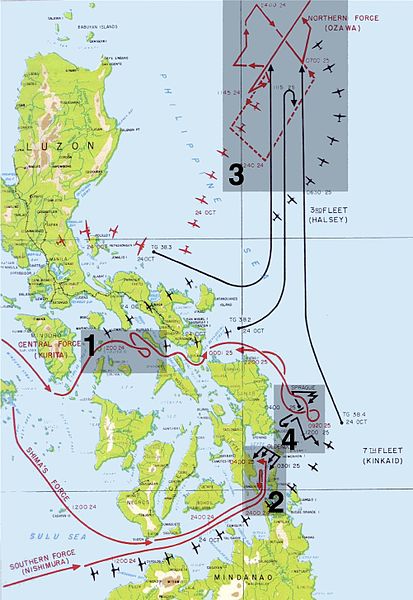
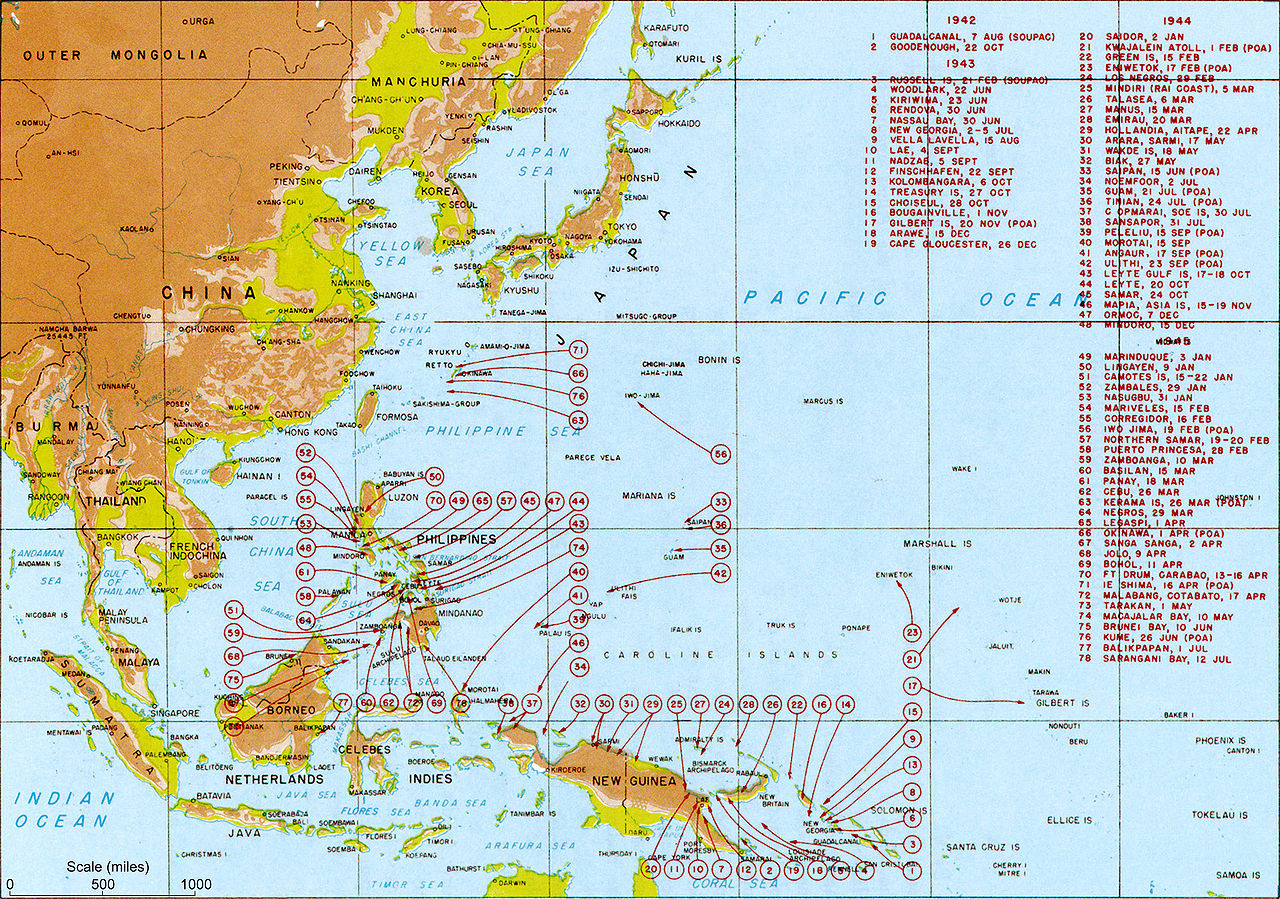
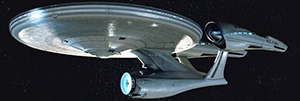
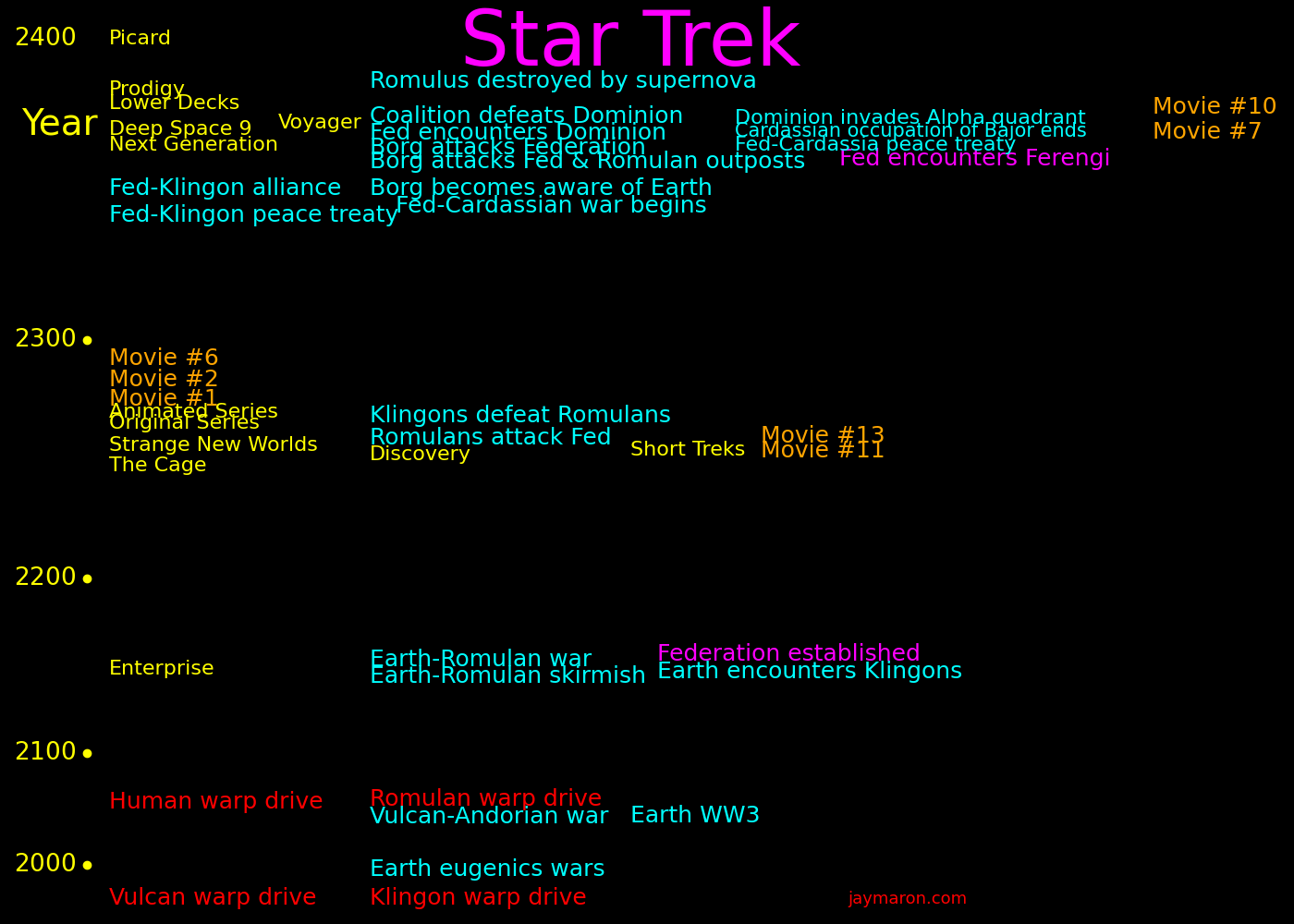
Seasons Year Captain
Enterprise 4 2151-2155 Archer
Discovery 5 2256- Georgiou, Lorca, Pike
Short Treks 2 2257-
Star Trek 3 2266-2269 Kirk
Next Generation 7 2364-2370 Picard
Deep Space 9 7 2369-2375 Sisqo
Voyager 7 2371-2404 Janeway
Picard 3 2399-2402
Lower Decks 5 2380-2381
Prodigy 2 2383-2384
Strange New Worlds 4 2259-2259 Pike
-2700 Vulcan is in a violent colonial era
-900 Vulcans develop space travel
400 On Vulcan, Surak introduces logic. Subsequent wars force
some Vulcans to flee Vulcan and colonize Romulus, and they become
the Romulans.
930 Kahless introduces the concept of honor to a warlike Klingon society
1900 Vulcan civilization stabilizes and interstellar exploration begins
1947 Vulcans develop warp drive
1947 Klingons develop warp drive, possibly from reverse-engineering
1957 Earth launches its first spacecraft, Sputnik. Vulcan begins monitoring
the Earth
2047 Vulcans warp drives reach a speed of Warp 2
2049-2053 Earth WW III
2050 War begins between Vulcan and Andoria
2063 On Earth, Zefrim Cochrane invents the Warp drive,
prompting the Vulcans to make official contact with Earth
2151 Klingons encounter Earthlings
2151-2152 Enterprise Season 1 (Captain Archer)
2152 Skirmish between a Federation and Romulan warship
2154-2155 Enterprise Season 4
2156-2160 Earth-Romulan War
2160 Battle of Cheron. The Federation, Klingons, Andorians, and Tellarites
defeat the Romulans. Neutral zone established along the Romulan border.
Romulans go into isolation.
2161 Founding of the United Federation of Planets, including Earth, Vulcan,
and Andoria. Enterprise season finale
2256 Discovery Season 1
2258 Star Trek 11. Timeline forks here to the alternate timeline of Star trek 12.
2266-2267 Star Trek Season 1 (Captain Kirk)
2266 Romulans end their isolation and attacks the Federation
2268-2269 Star Trek Season 3
2271 Klingons defeat the Romulans at the battle of Klach D'Kel Brakt
2285 Wrath of Khan
2285 Klingons acquire cloaking technology from the Romulans
2311 Romulan empire goes into isolation
2344 The Federation and the Klingon Empire negotiate a peace treaty
2347 Federaton-Cardassian war begins
2353 The Borg become aware of the existence of humanity
2353 The Federation and the Klingon Empire form an alliance
2354 The U.S.S. Raven is sent to investigate the Borg and disappears
2364 The Next Generation Season 1 (Captain Picard)
2364 Several Federation and Romulan outposts are destroyed by the Borg,
prompting the Romulan Empire to come out of isolation and negotiate with
the Federation.
2364 The Federation makes first contact with the Ferengi
2366 The Borg invade the Alpha Quadrant and attack the Federation
2367 Gowron becomes Chancellor of the Klingon Empire
2367 The Federaton and the Cardassian Union sign a peace treaty
2369 Cardassian occupation of Bajor ends
2369 Starfleet takes posession of Deep Space 9
2369 Bajor wormhole discovered. Starfleet begins exploring the Gamma Quadrant
2369 Deep Space 9 Season 1 (Captain Sisqo)
2370 The Next Generation Season 7
2370 The Federation encounters the Dominion in the Gamma Quadrant, in which
the U.S.S. Odyssey is destroyed by a Jem'Hedar ship
2371 The Federation and the Romulans begin cooperating in their struggle
against the Dominion. The Romulans give the Federation cloaking technology
2371 Voyager Season 1 (Captain Janeway)
2373 The Dominion invades the Alpha Quadrant and attacks the Federation
the Klingons, and the Cardassians. The Cardassian homeworld is captured.
2374 The Romulans enter the war against the Dominion
2375 The Federation, Klingons, Romulans, and Cardassians defeat the Dominion
and eject them from the Alpha Quadrant
2375 Deep Space 9 Season 7
2387 Romulus destroyed by a supernova
2404 Voyager Season 7
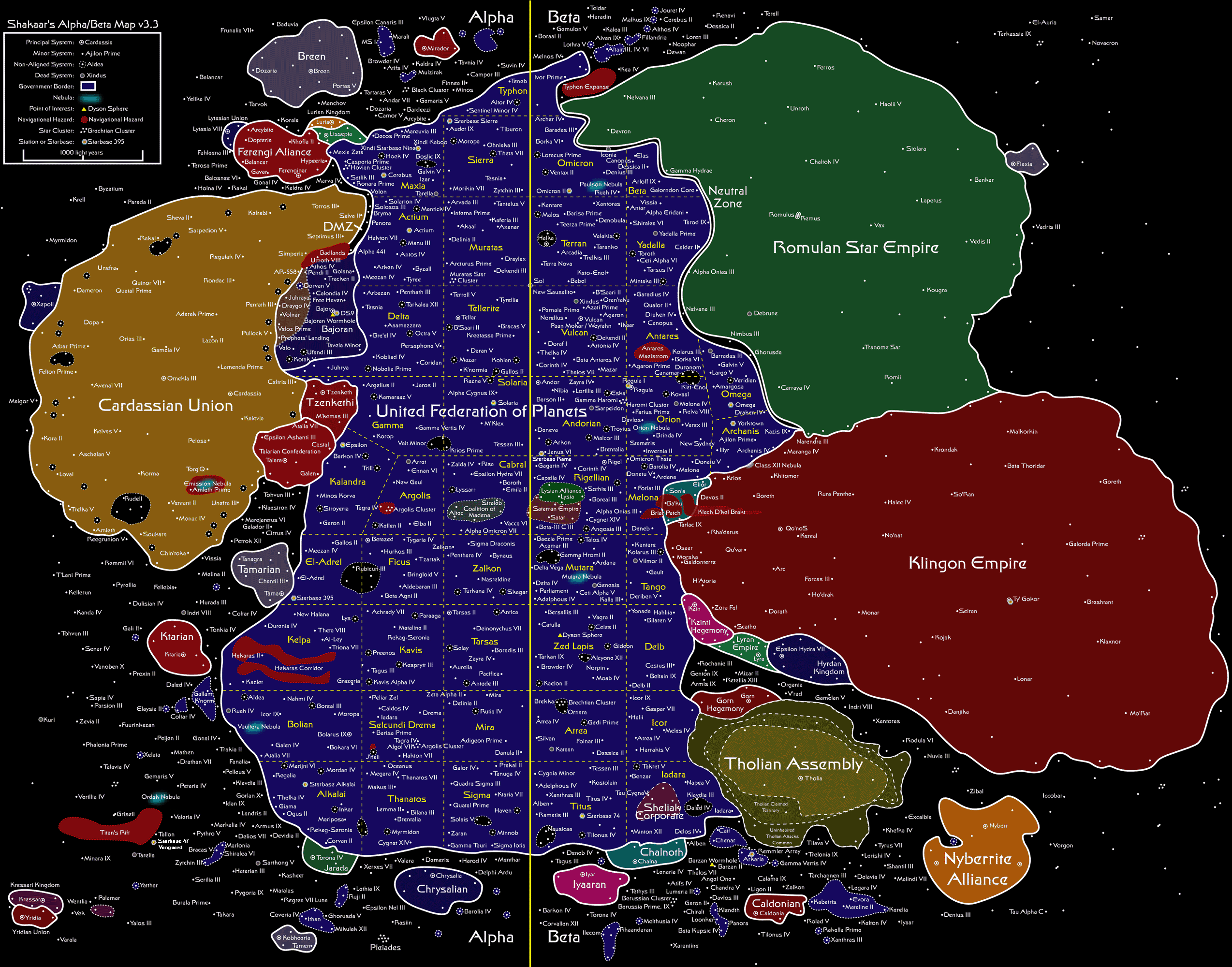
Warp factor Speed in light units
1 1
2 10
3 39
4 102
5 214
6 392
7 656
8 1024
9 1516
9.99 7912
10 Infinite
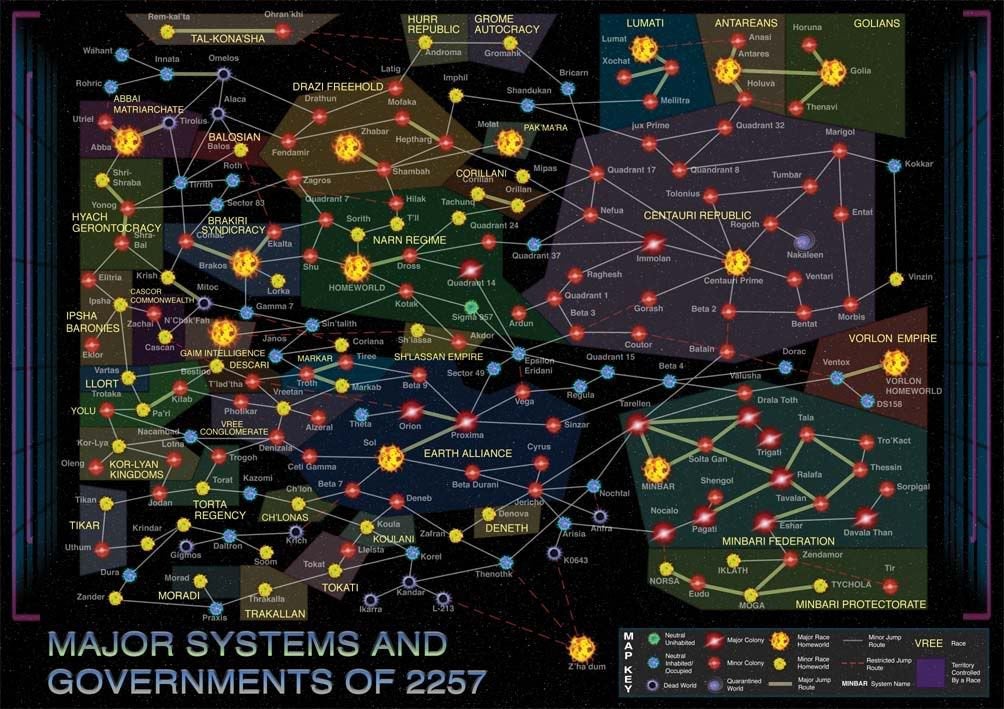
Distance from B5 to Centauri Prime is 70 light years, which is 4 days of travel time.
The distance between B5 and Narn is 12.2 light years.
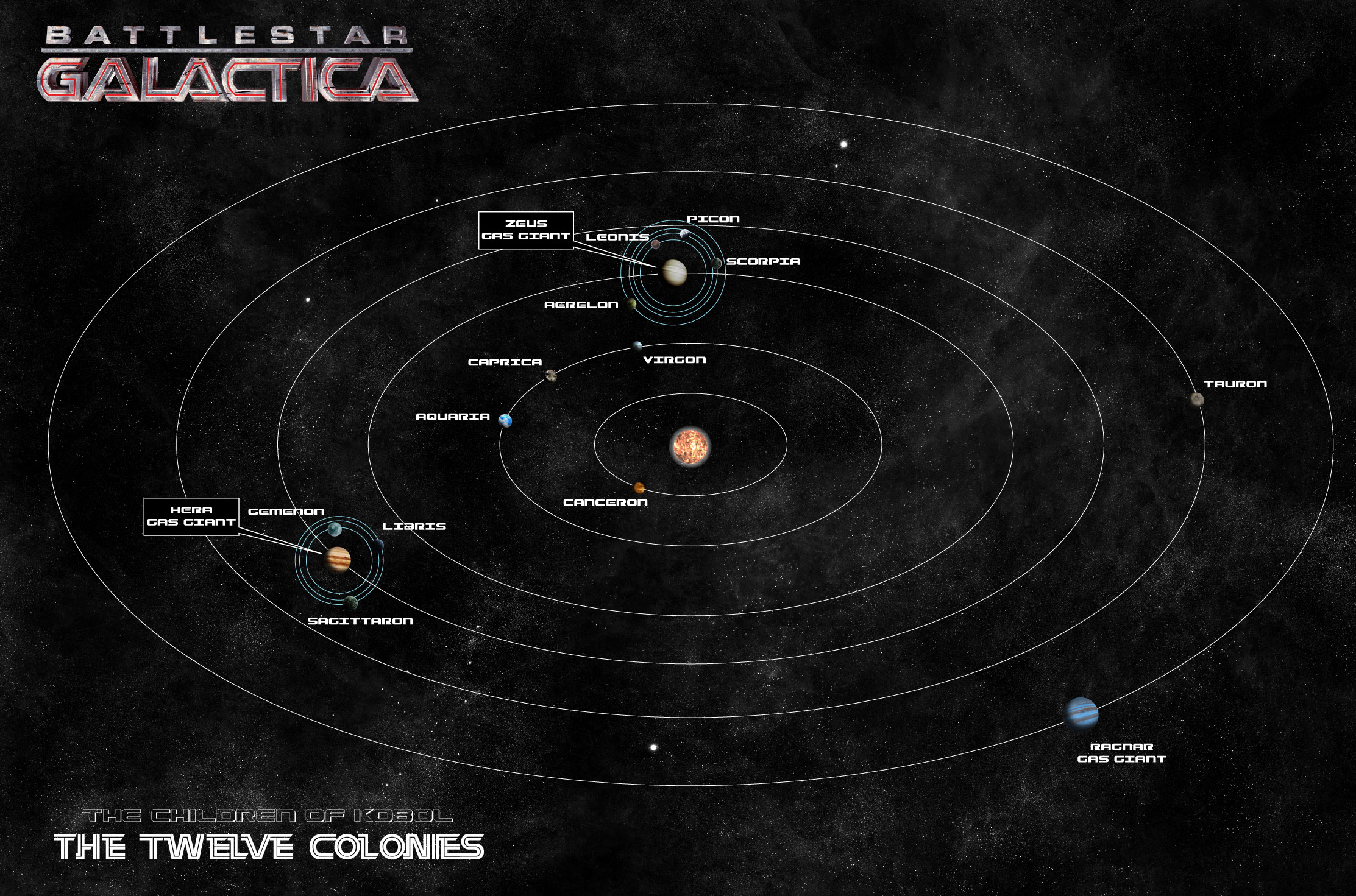
Speed Size of Time to cross Technologically
known space known space legit?
ly/year ly years
Star Trek: Enterprise 200 1000 5 Year 2151. Captain Archer
Star Trek: Original Series 400 2000 5 Year 2266. Captain Kirk
Star Trek: Next Generation 2000 6000 3 Year 2364. Captain Picard
Star Trek: Subspace message 53000 6000 .11
Star Wars 2000000 60000 .03 Class-1 hyperdrive is 100000X light speed
Babylon 5 10000 200 .02
Battlestar Galactica: Humans 6000 10000 1.7
Battlestar Galactica: Cylons 100000 10000 .1
Larry Niven, Bussard Ramjet .03 60 2000 Uses magnetic monopoles
Larry Niven, Hyperdrive I 122 60 .5 Quantum I hyperdrive
Larry Niven, Hyperdrive II 421000 60 .000017 Quantum II hyperdrive
Fascape, hetch-10 1000
Stargate: Wraith 18000 10000000 560
Stargate: Goa'uld Ha'tak 32000 10000000 312
Stargate: Tau'ri 1300000 10000000 8
Stargate: Human 100000000 10000000 .1
Stargate: Tau'ri + ZPM 260000000 10000000 .04 Zero point module
Stargate: Ori >300000000 10000000 <.03
Stargate: Wraith + ZPM 1.6 billion 10000000 .006
Stargate: Asgard 4 billion 10000000 .003
Stargate: Lantean 6 billion 10000000 .002
Stargate: Replicators 18 billion 10000000 .0006
Stargate: Wormhole 100 blllion 10000000 .0001
Hydrogen+Oxygen rocket .00003 .001 33
Fission thermal H rocket .00004 .001 25 Powered by fission
Fission afterburner rocket .0001 .001 10 Powered by fission
Ion rocket .0003 .001 3.3 Powered by fission
Fusion rocket .06 .001 .017
Black hole rocket .2 100 2000 Use the Oberth maneuver near a spinning black hole


© Jason Maron, all rights reserved.
Data from Wikipedia unless otherwise specified.